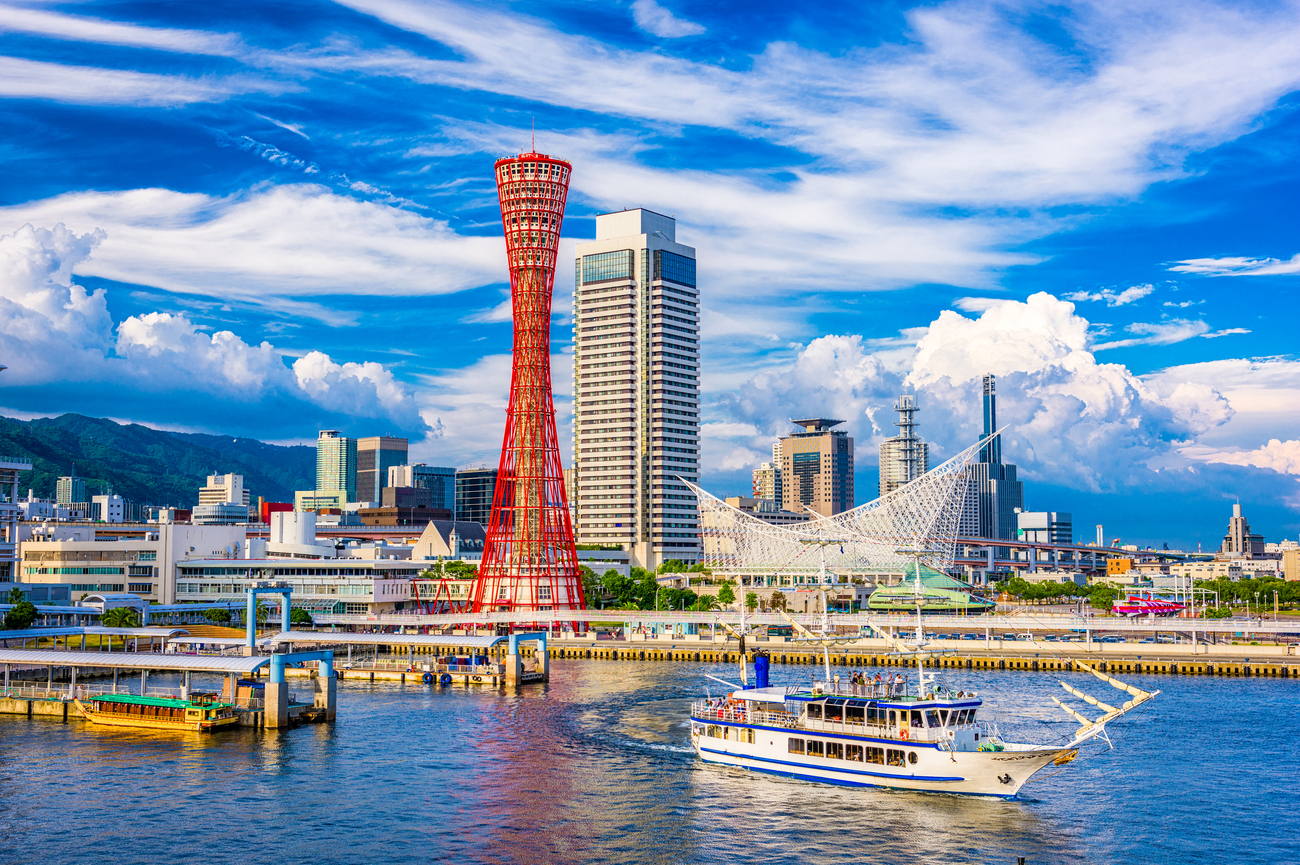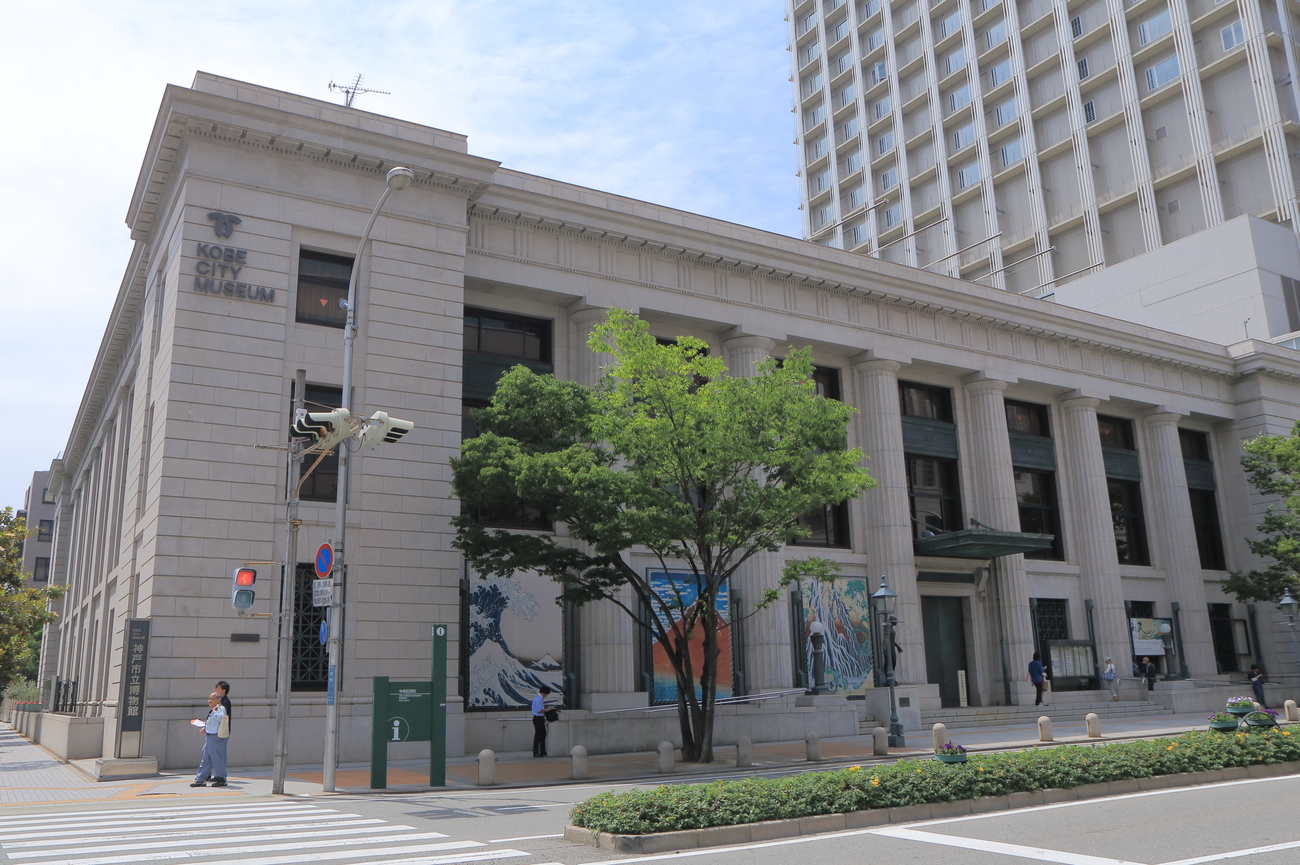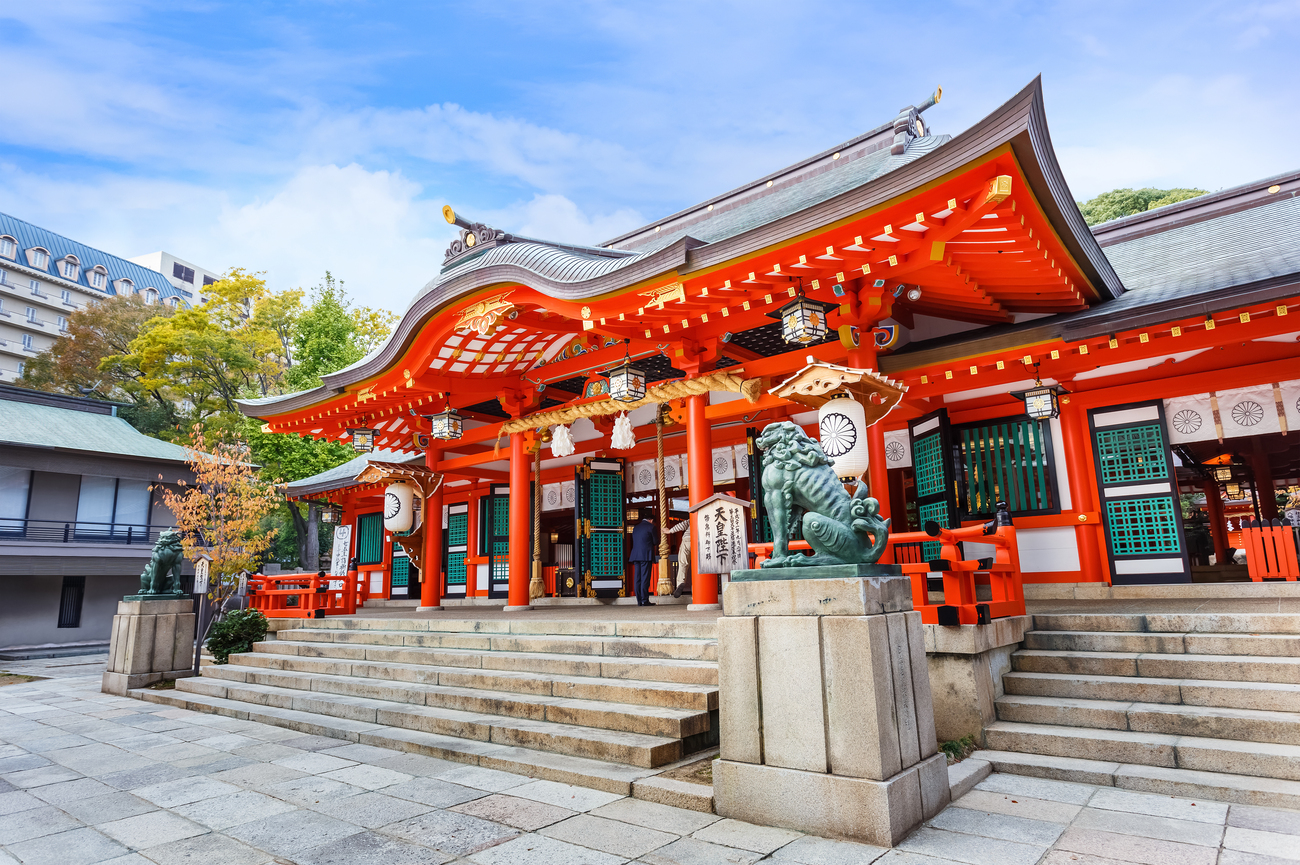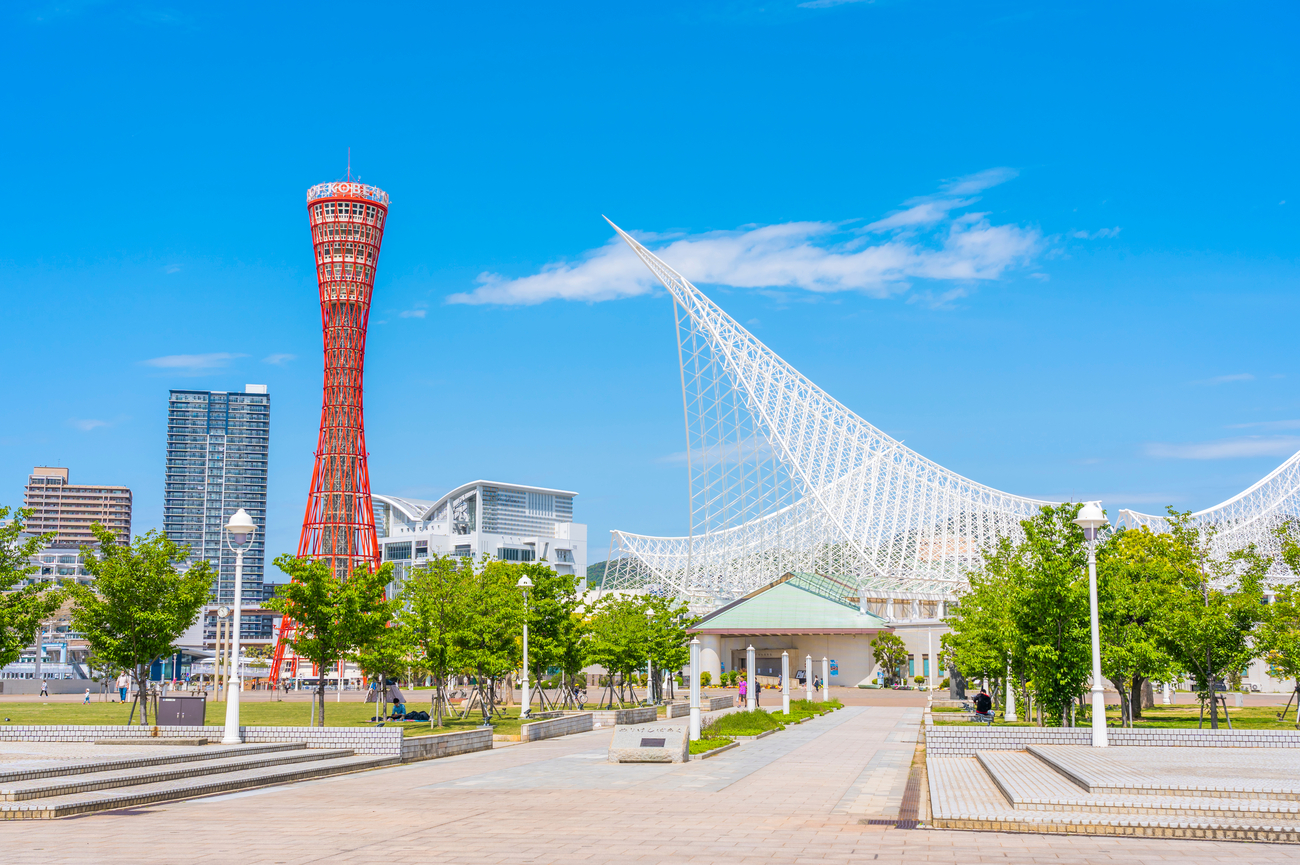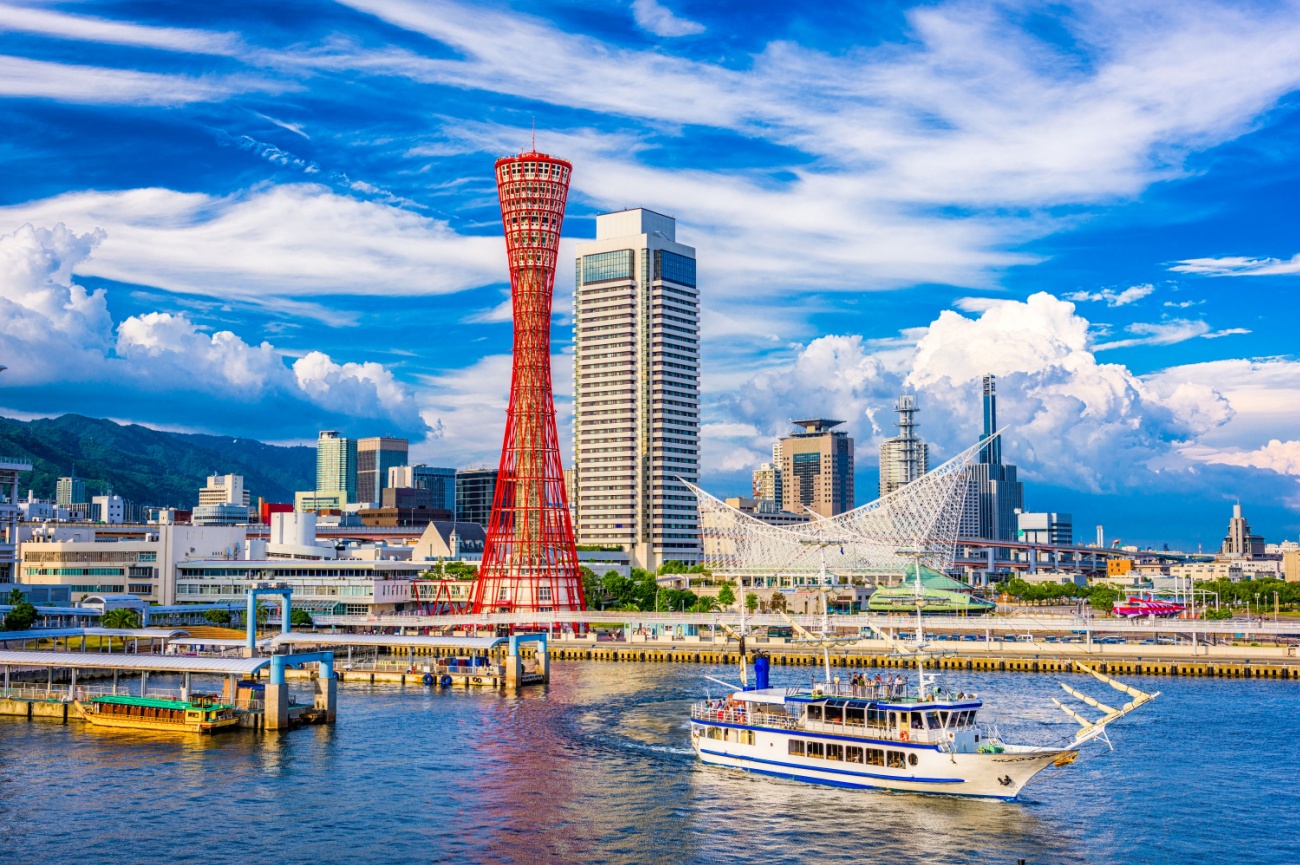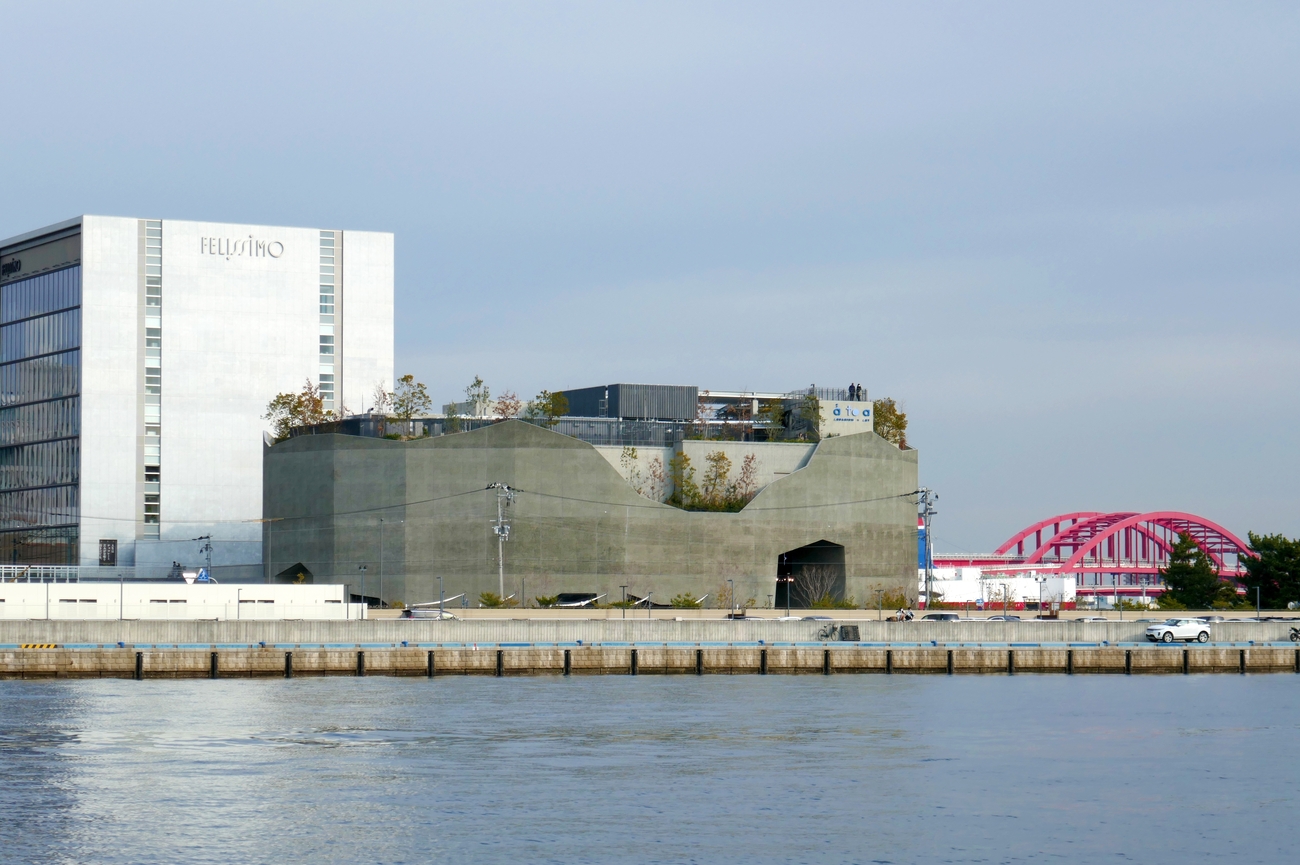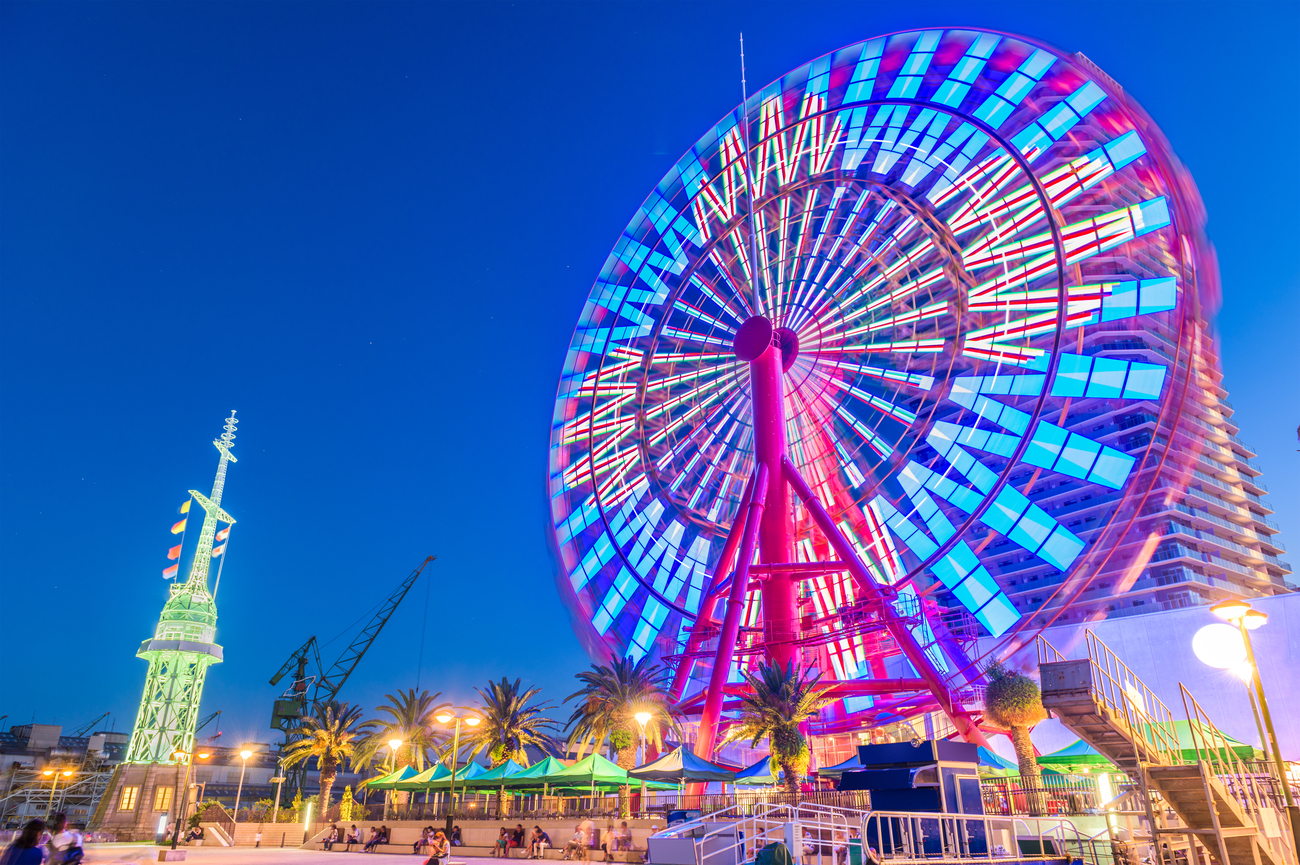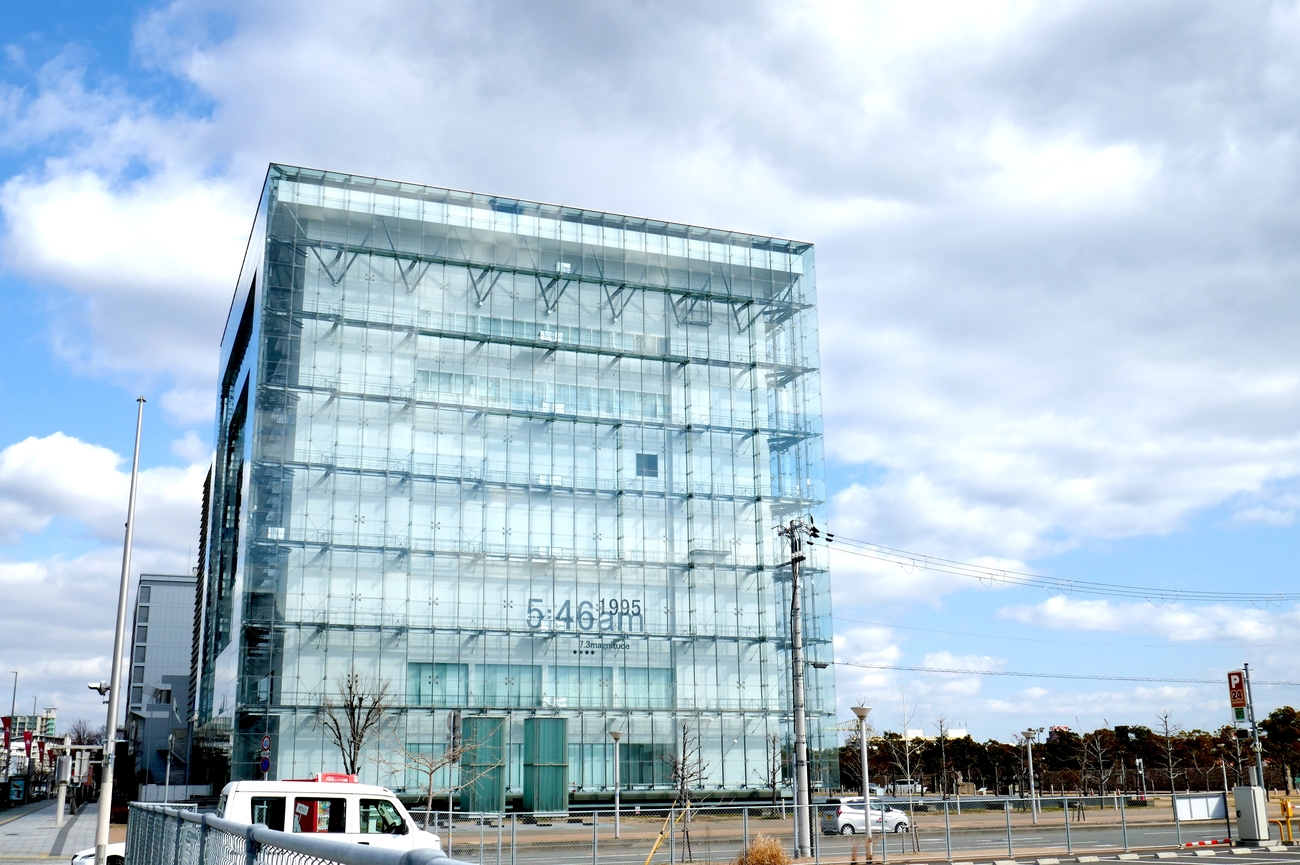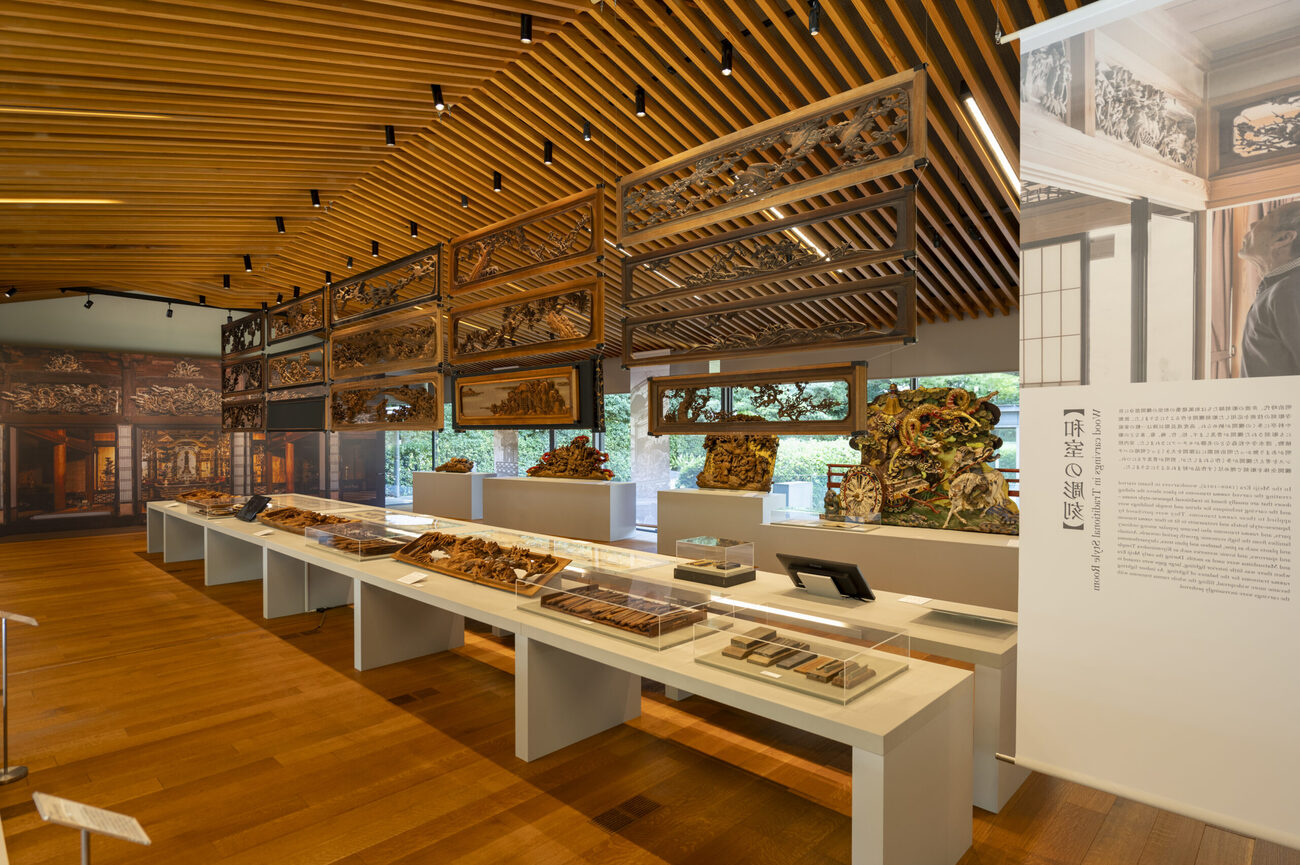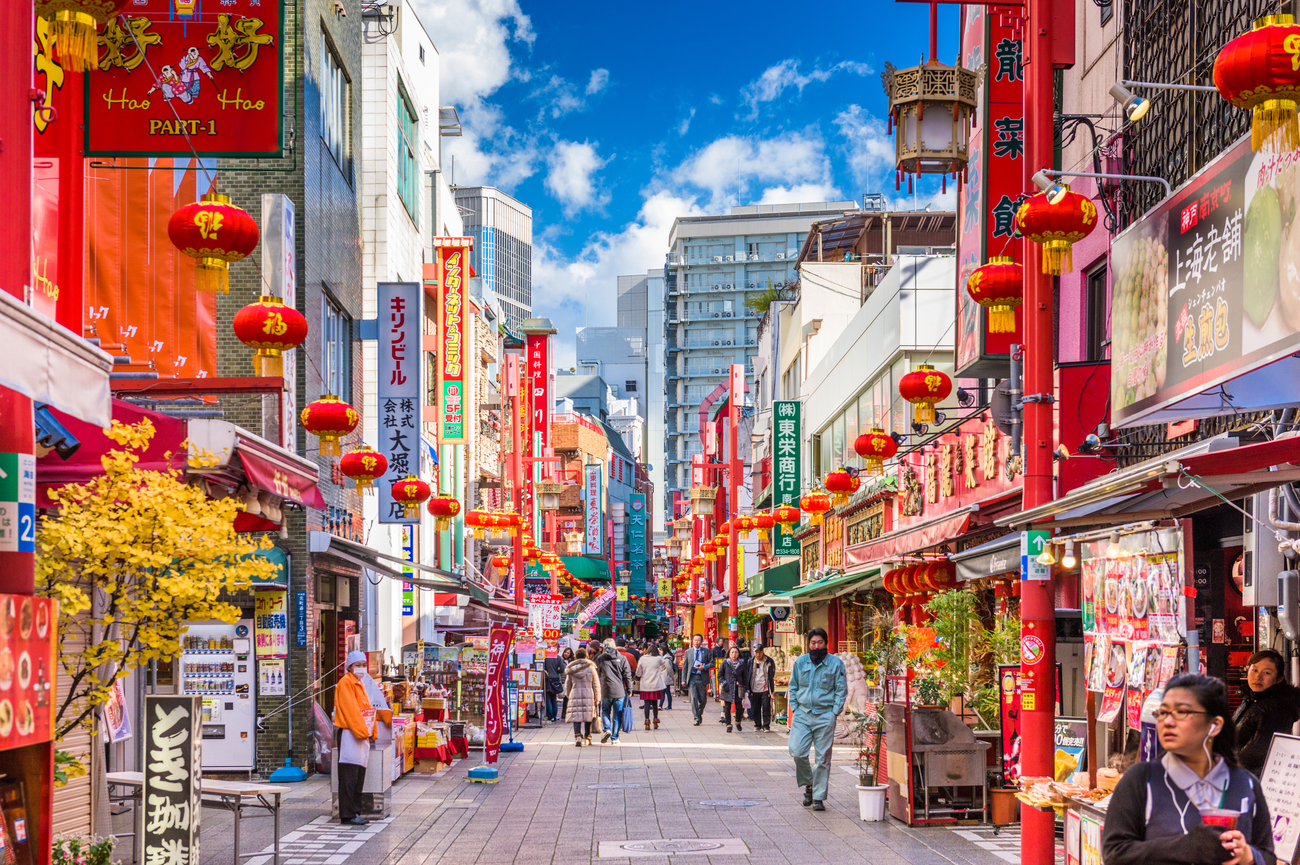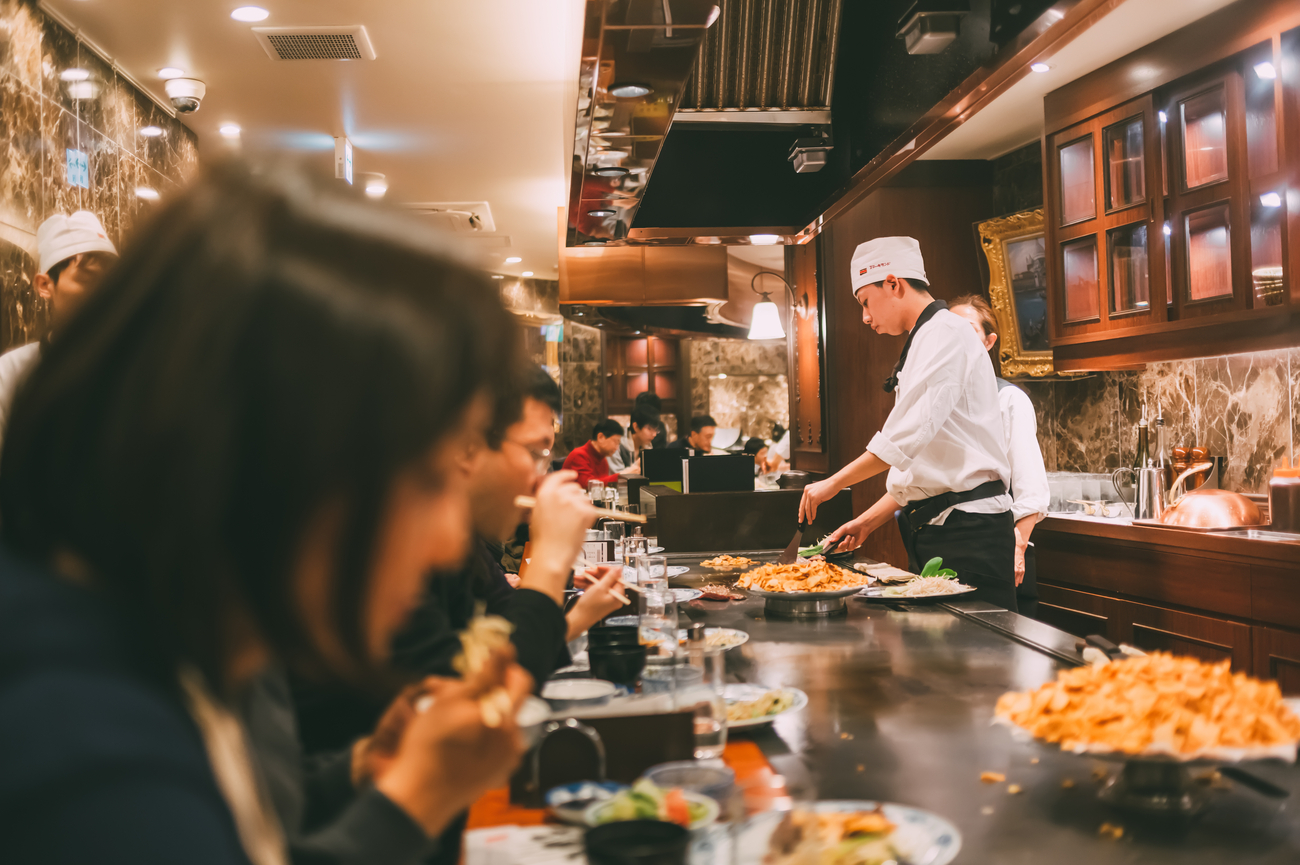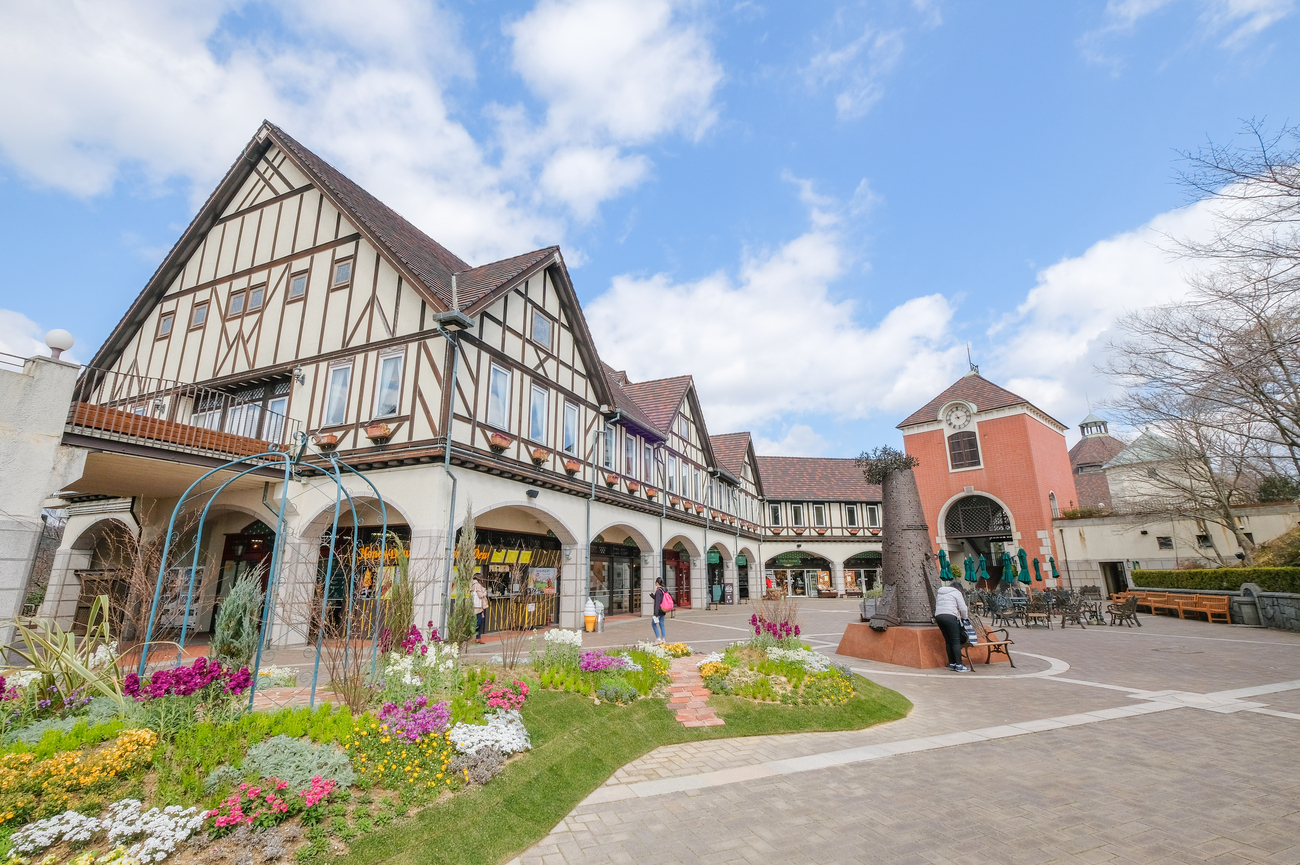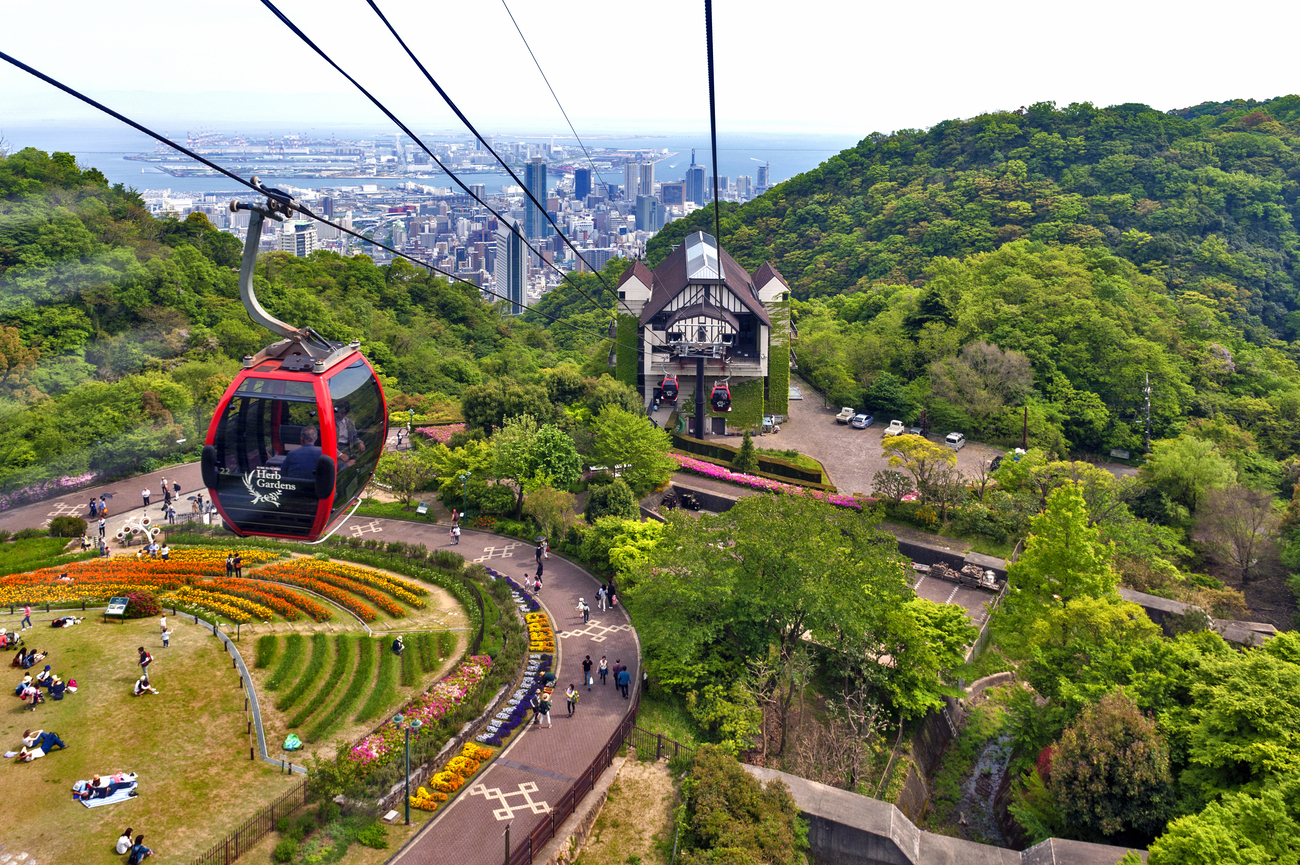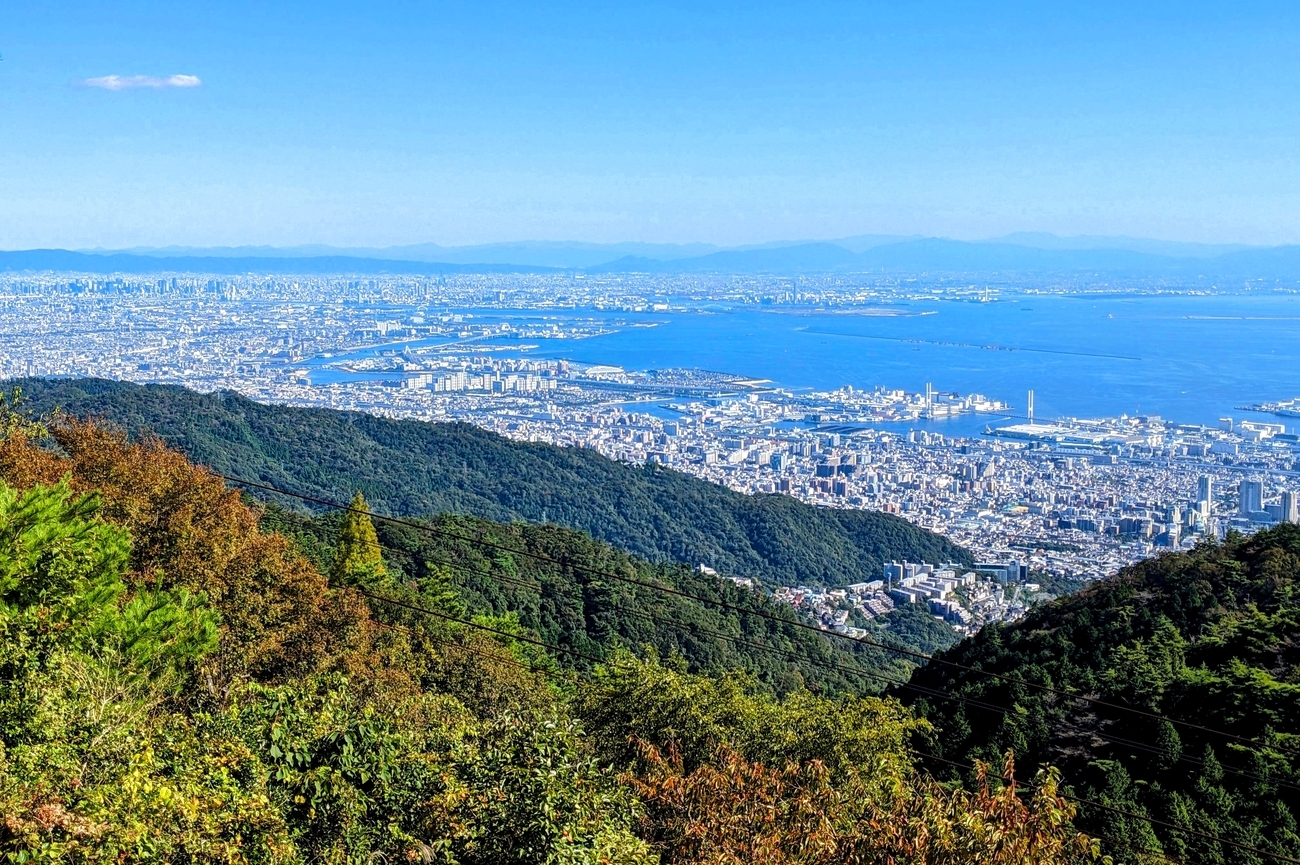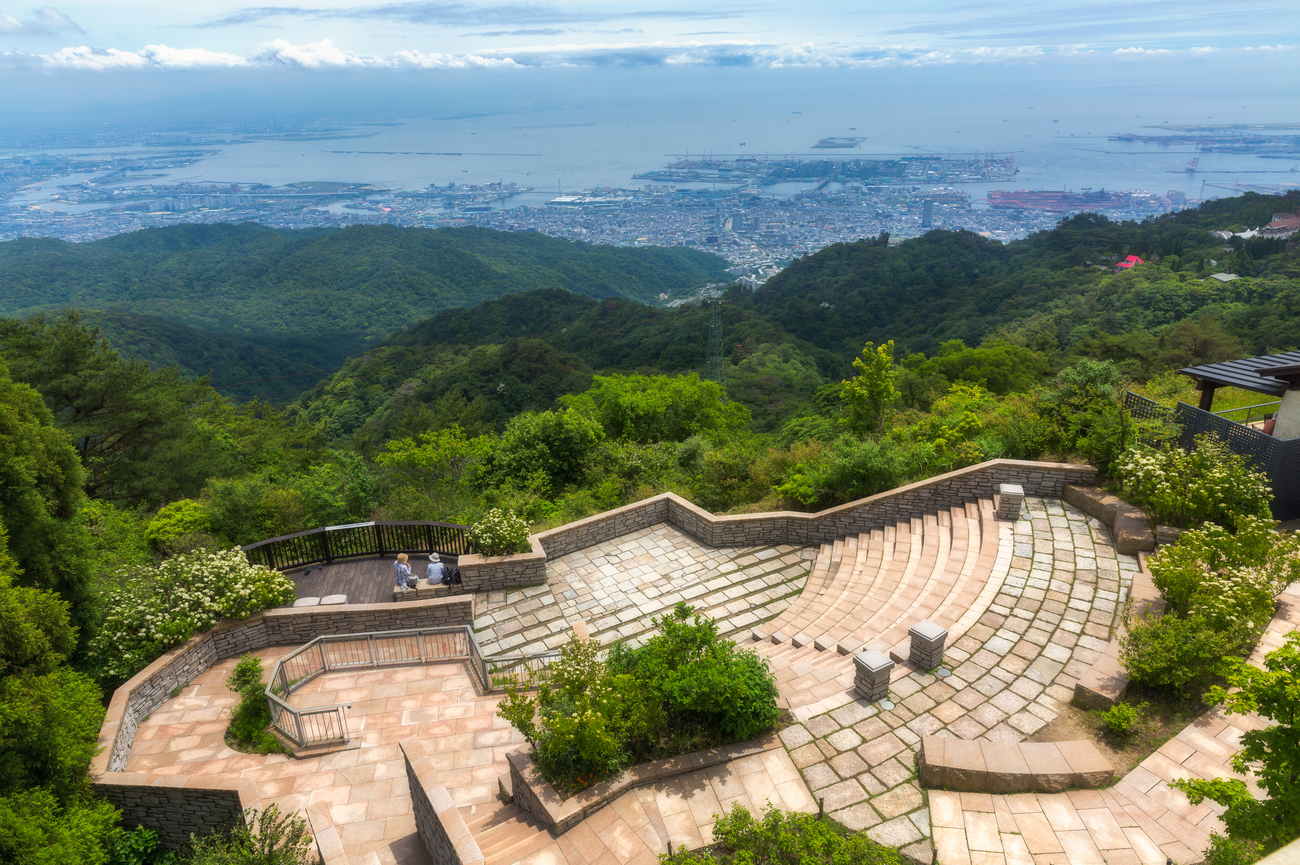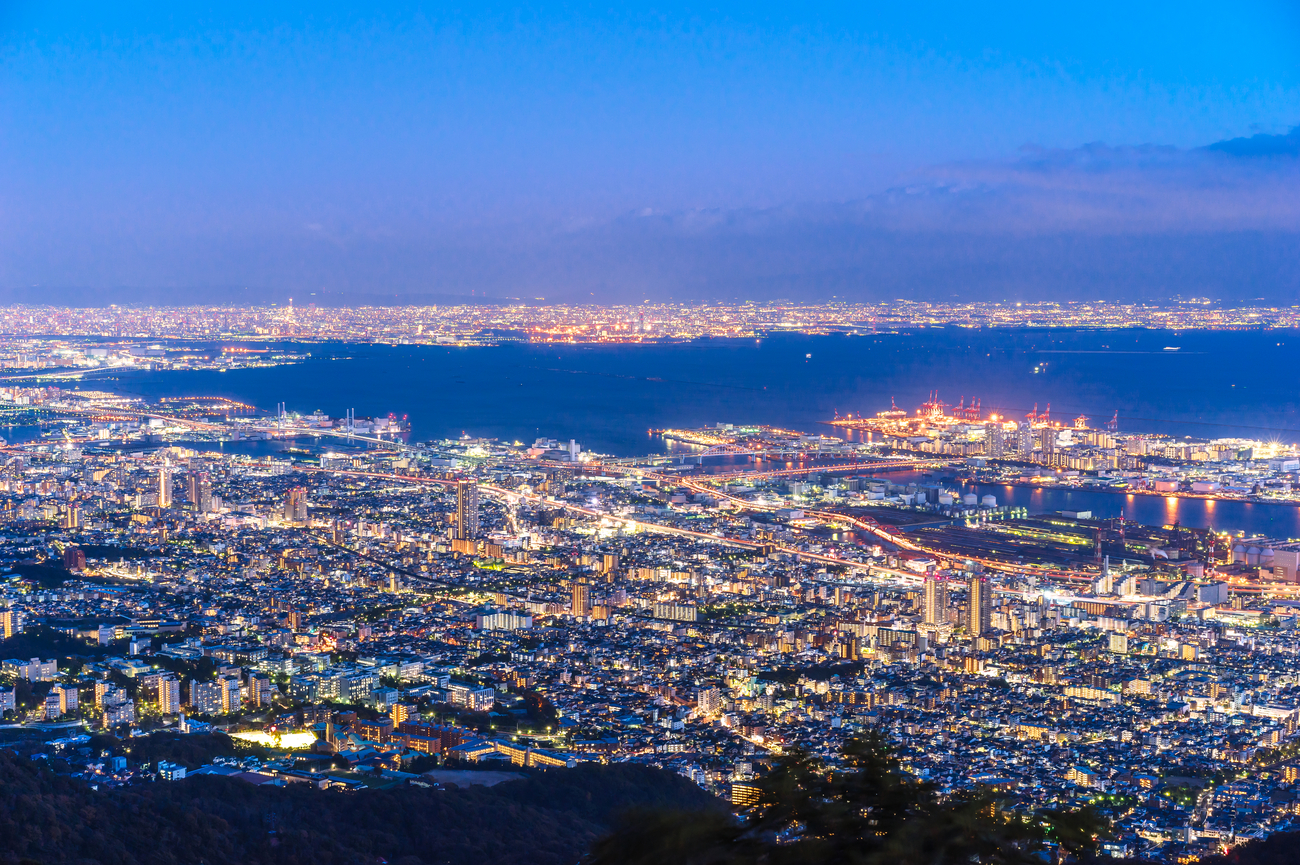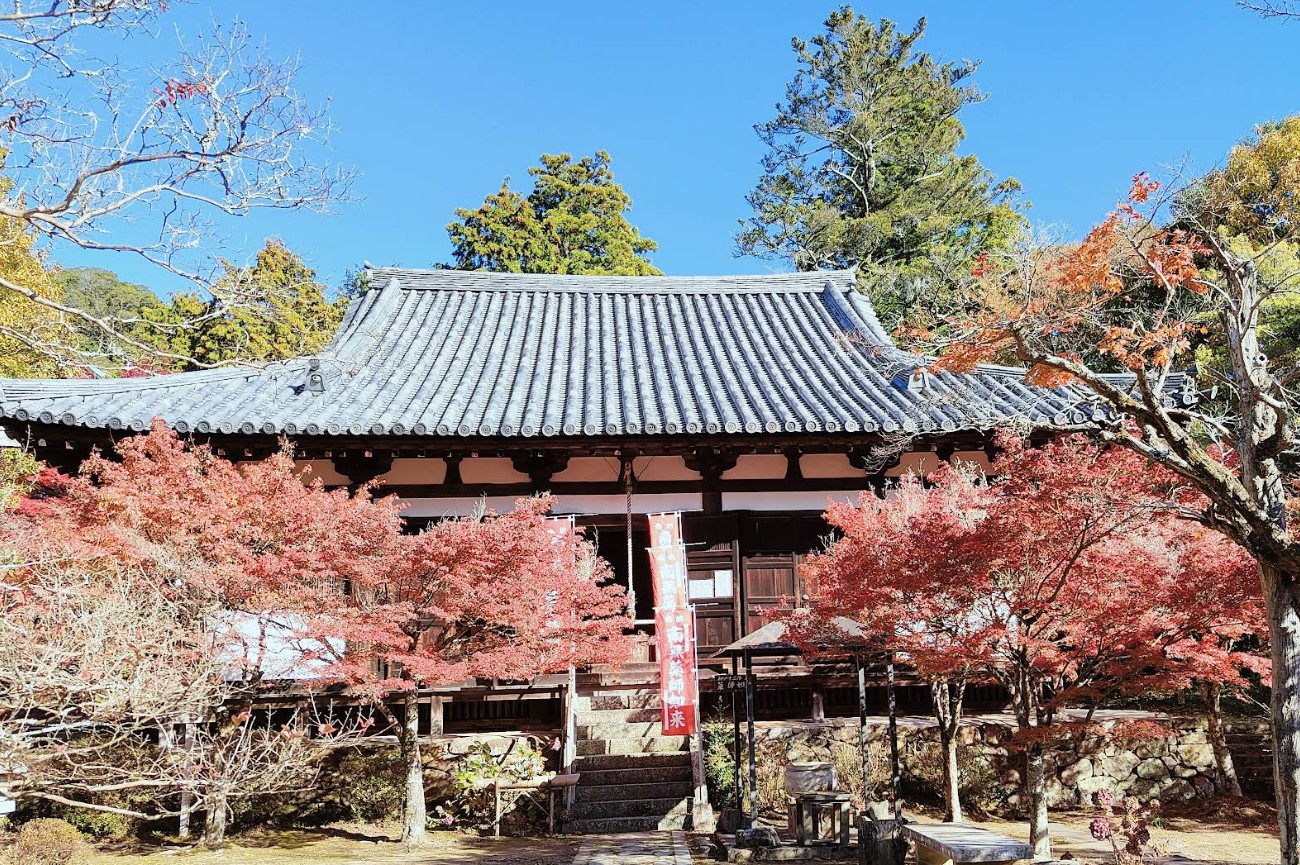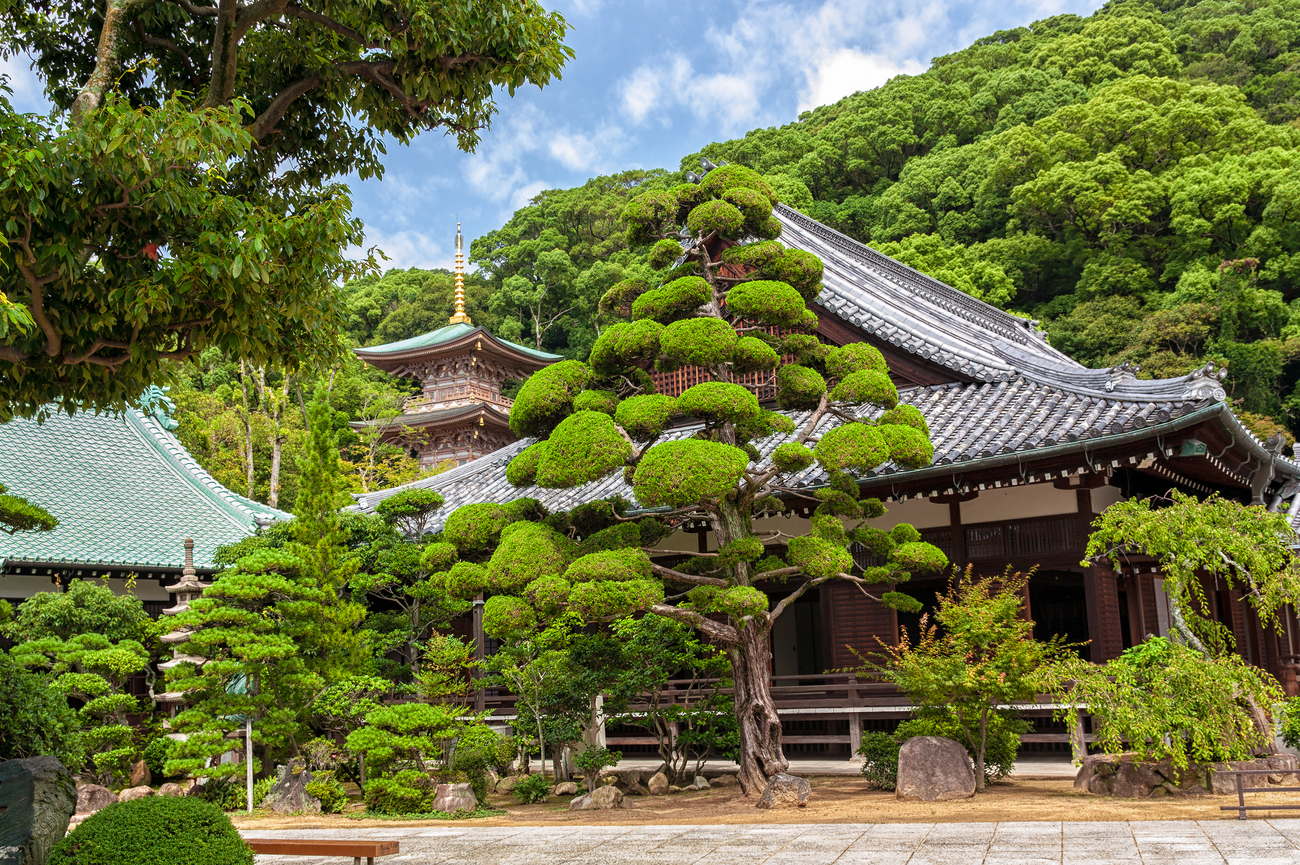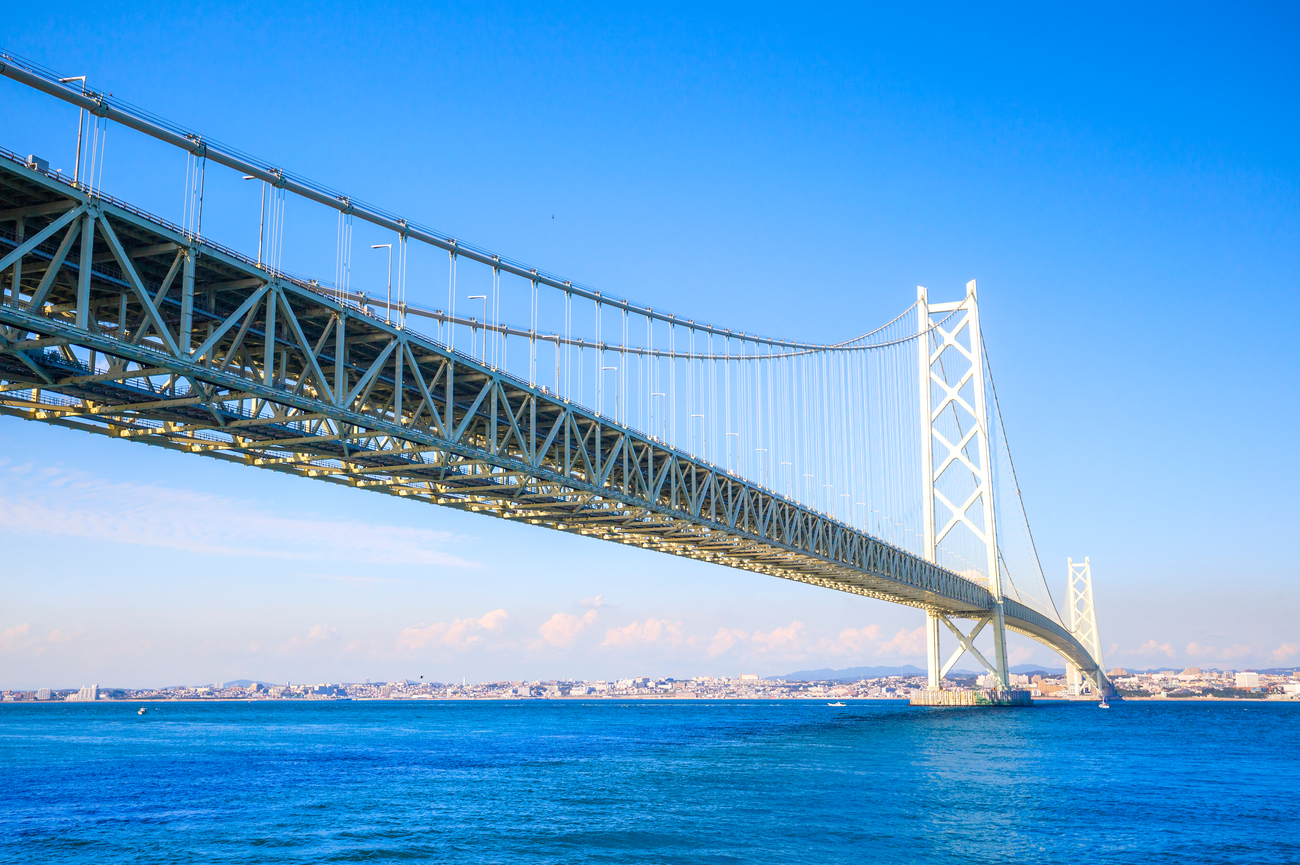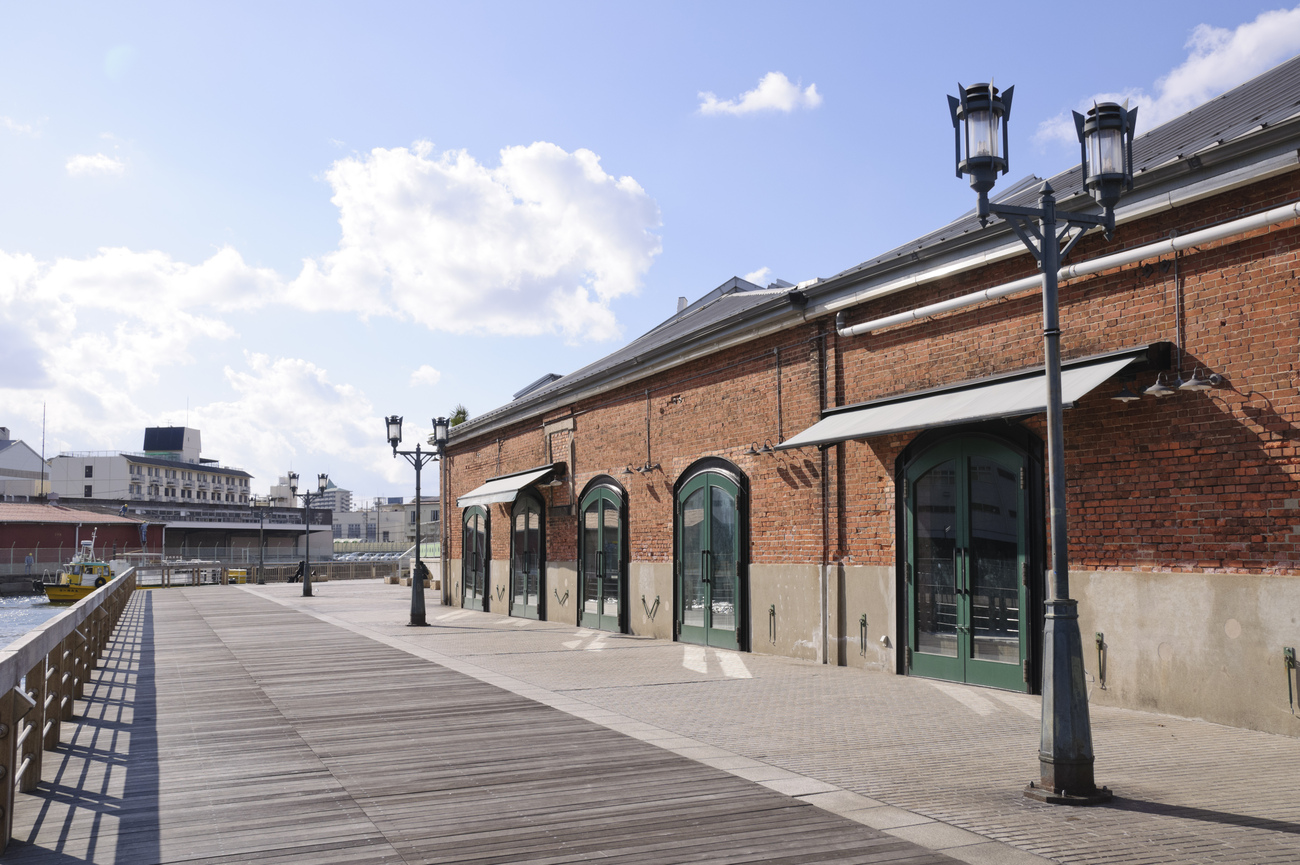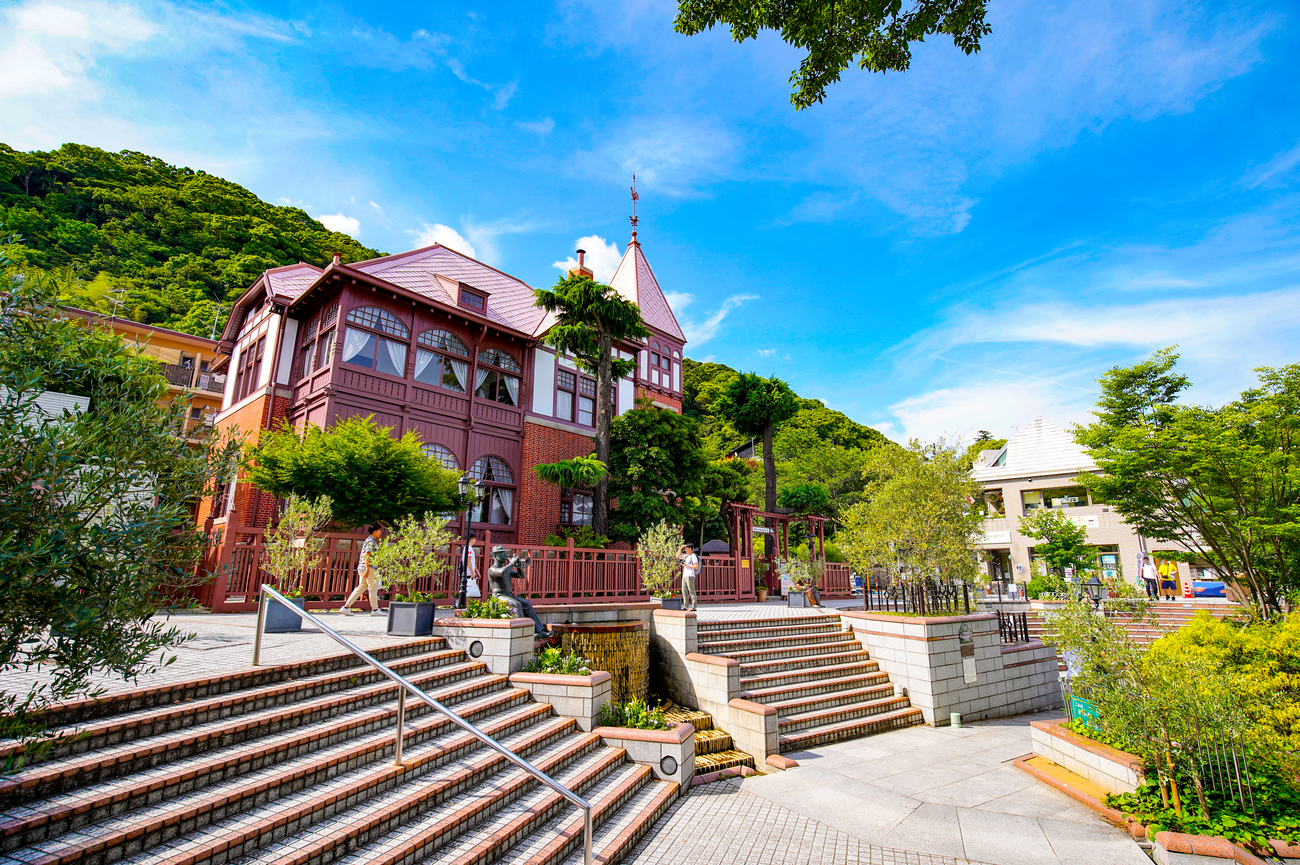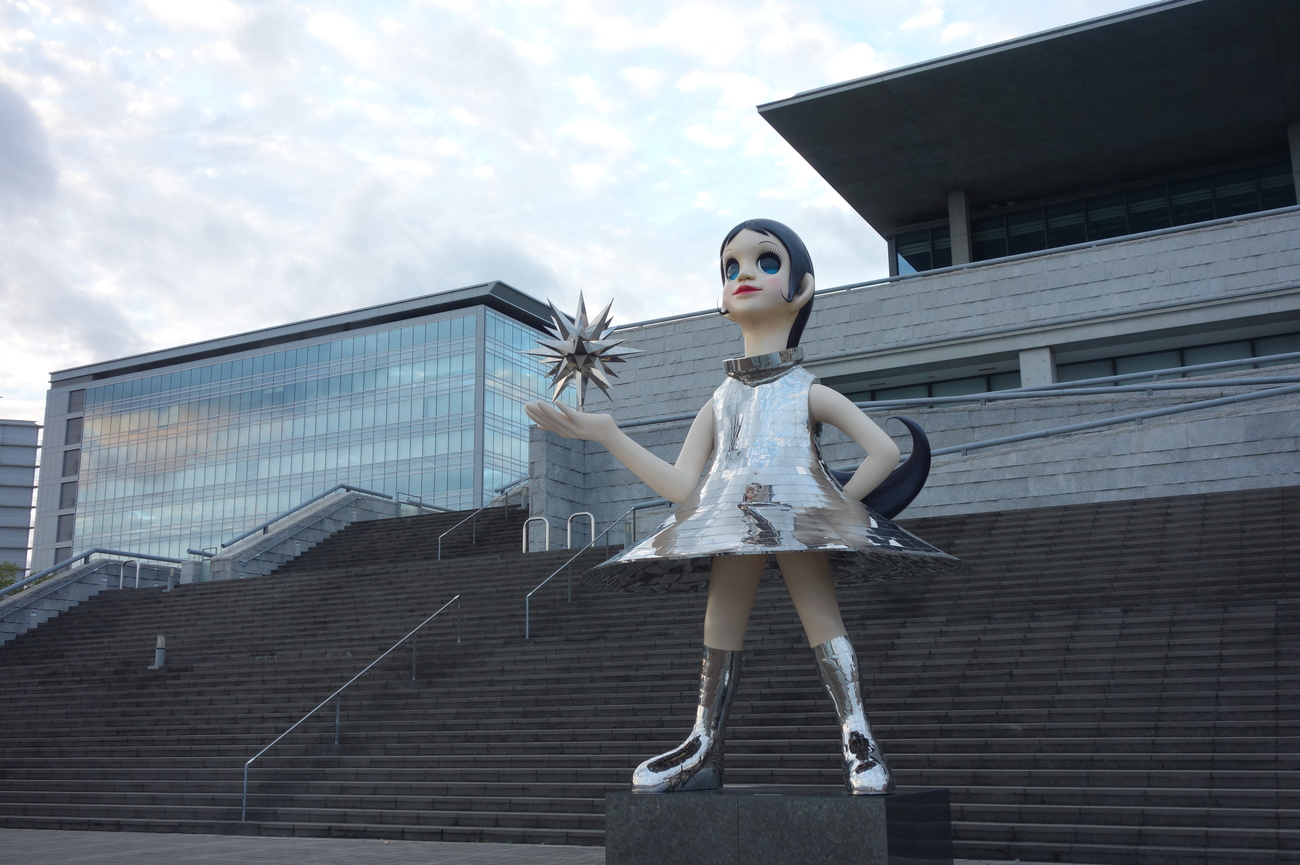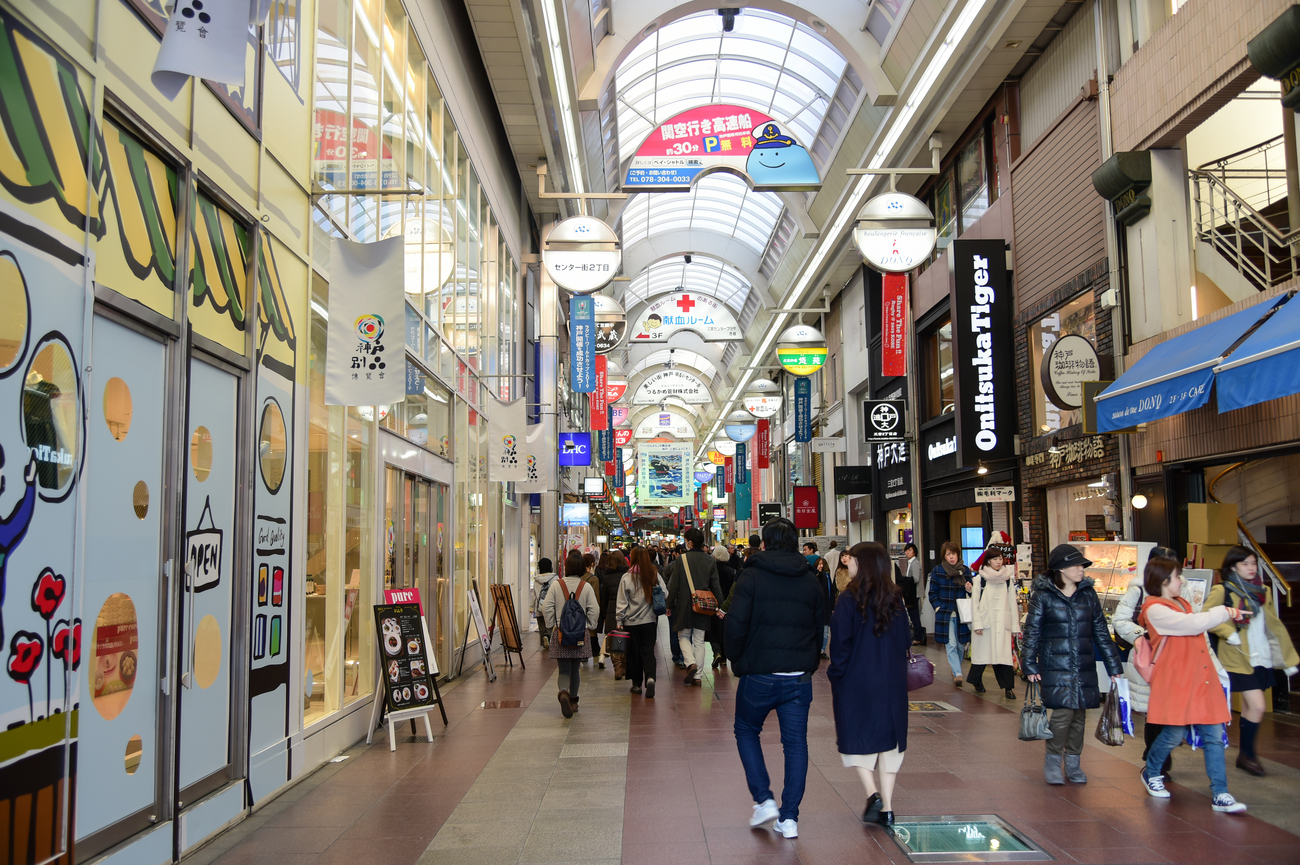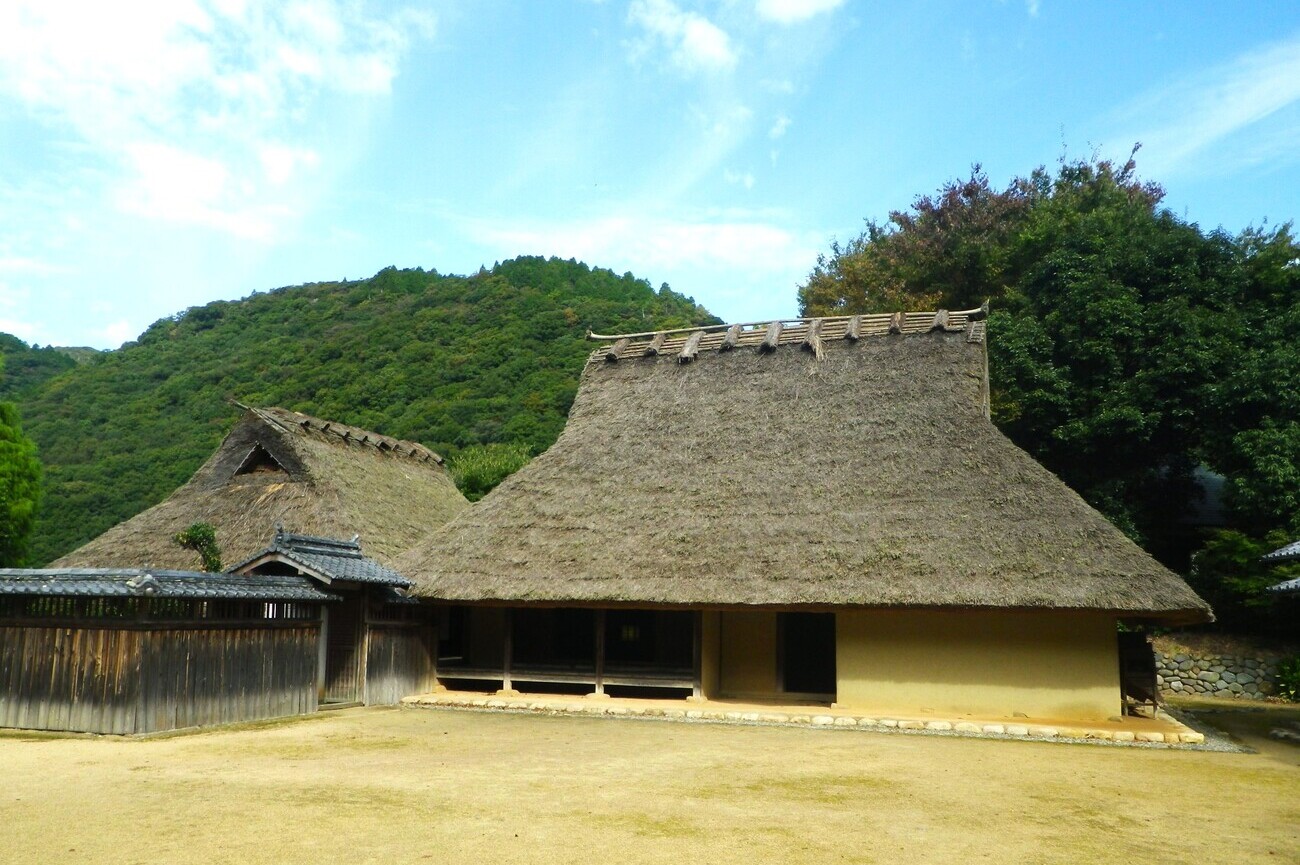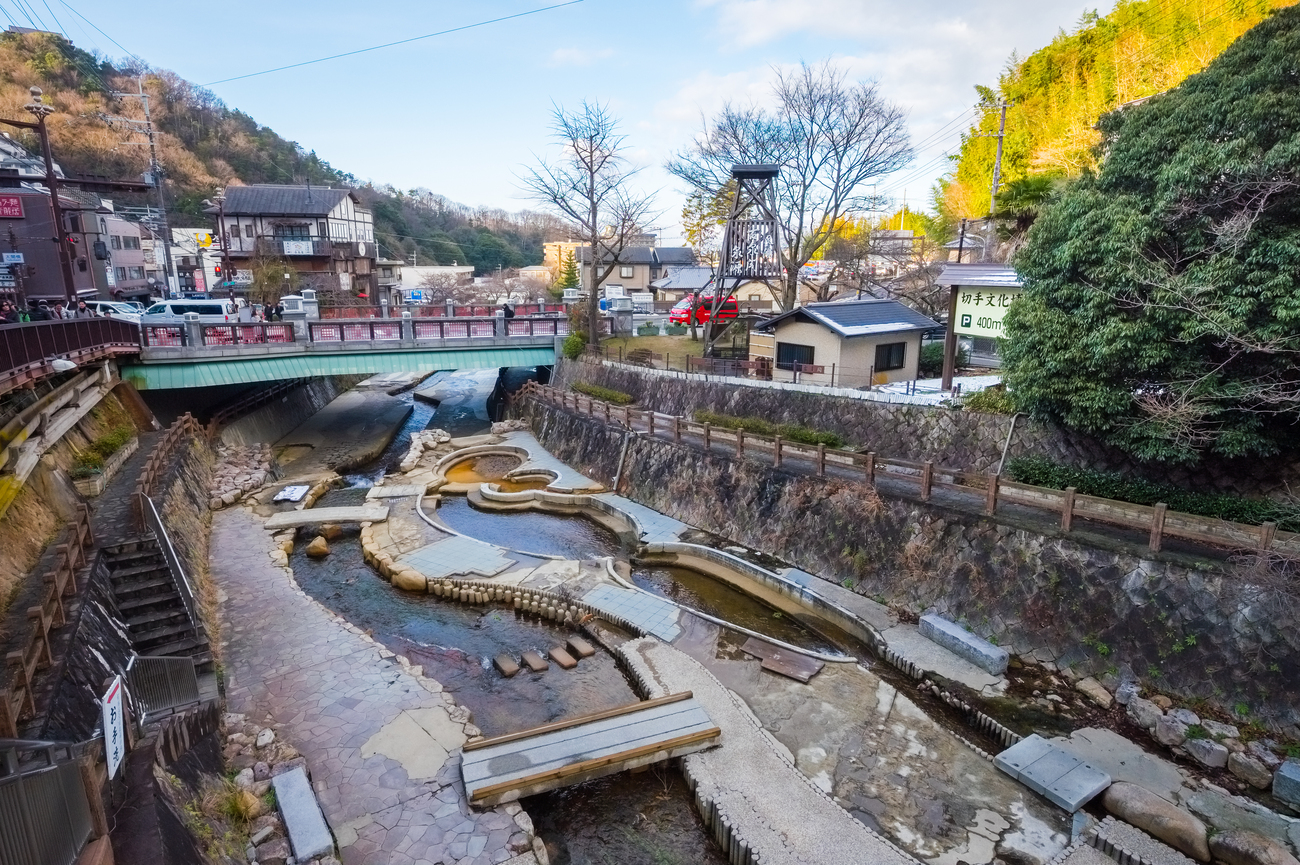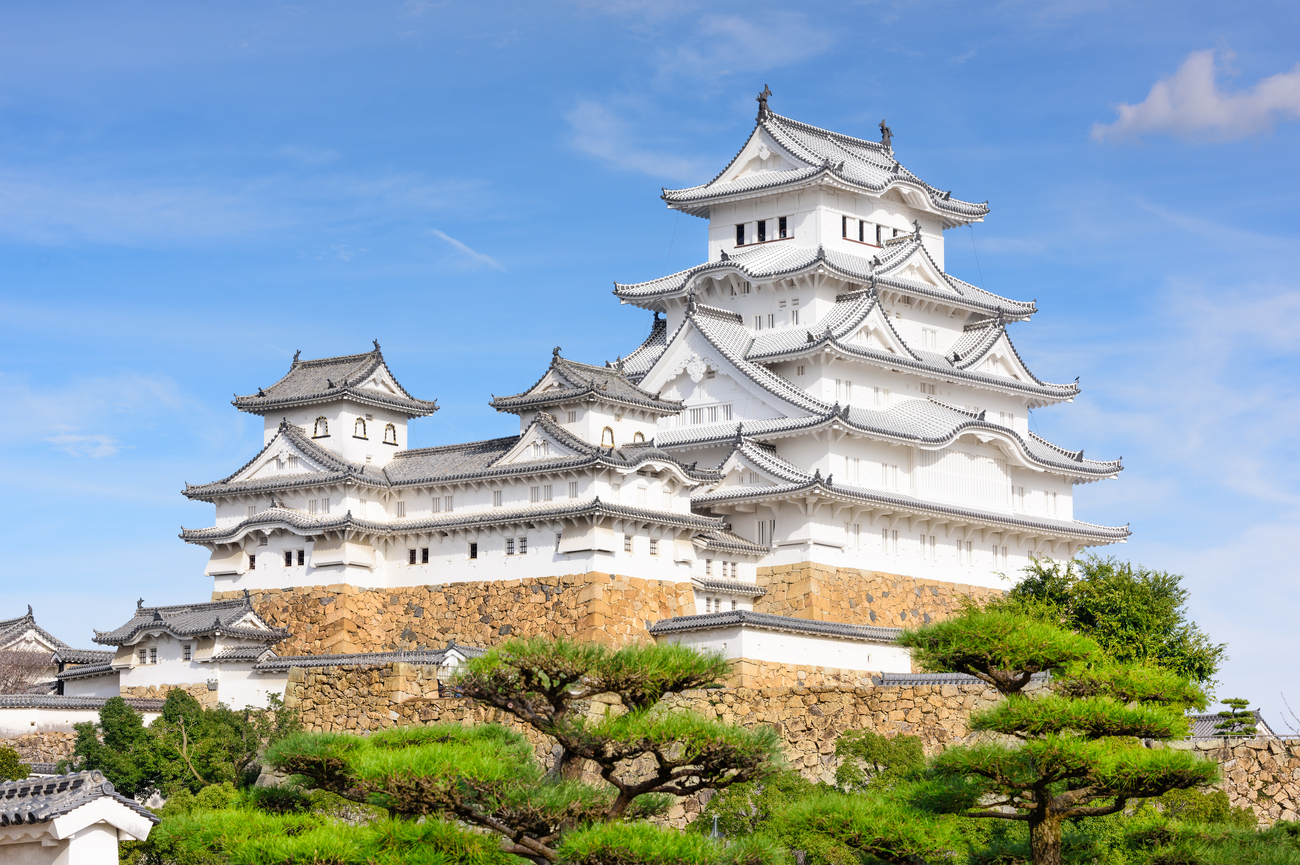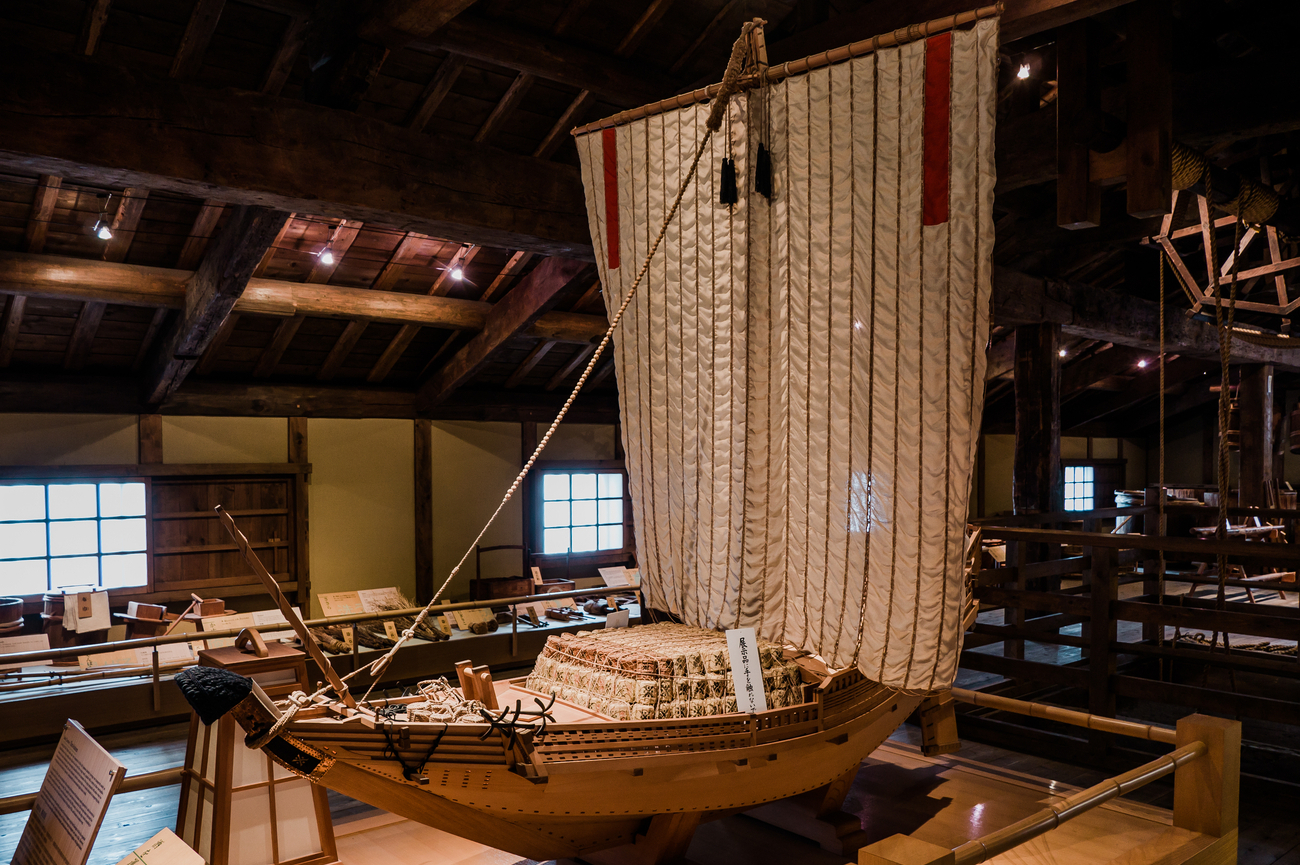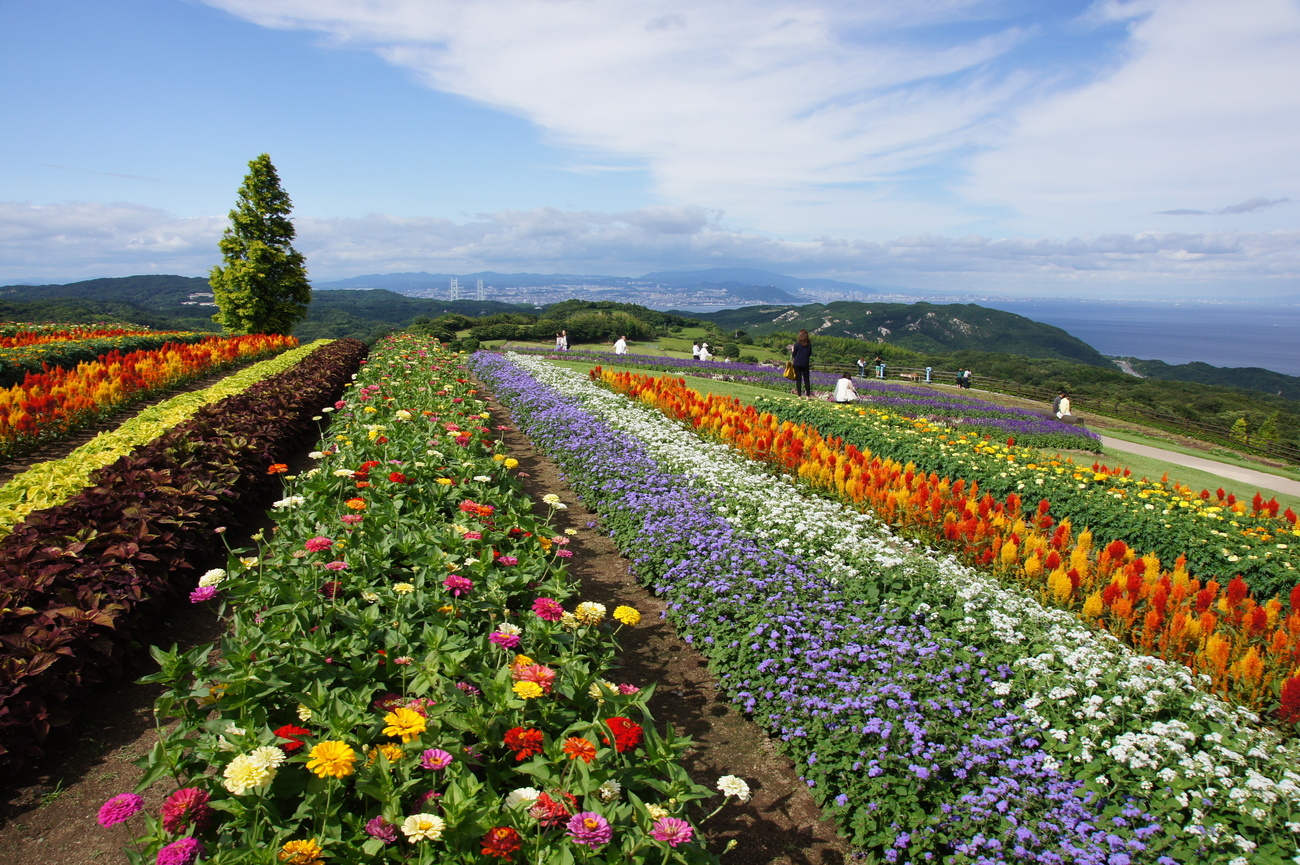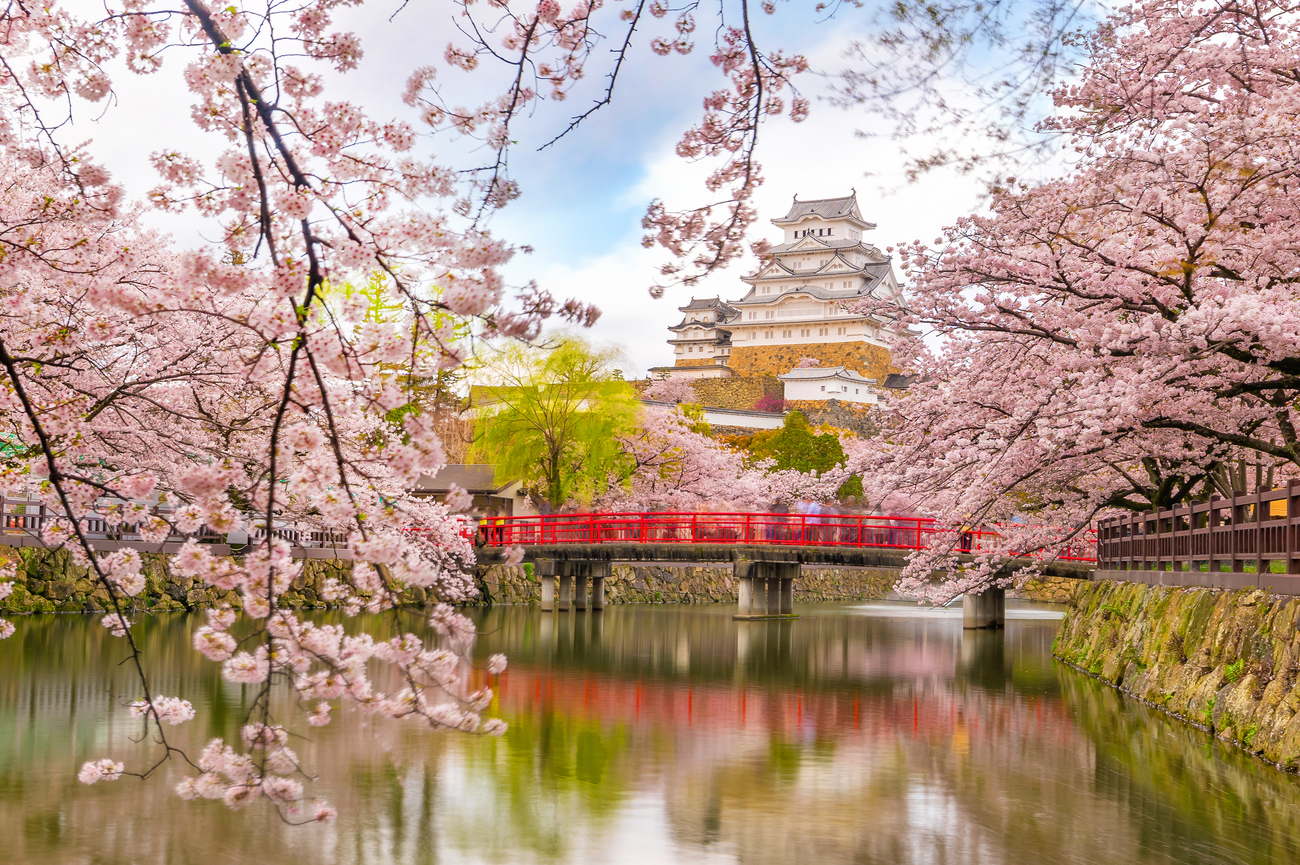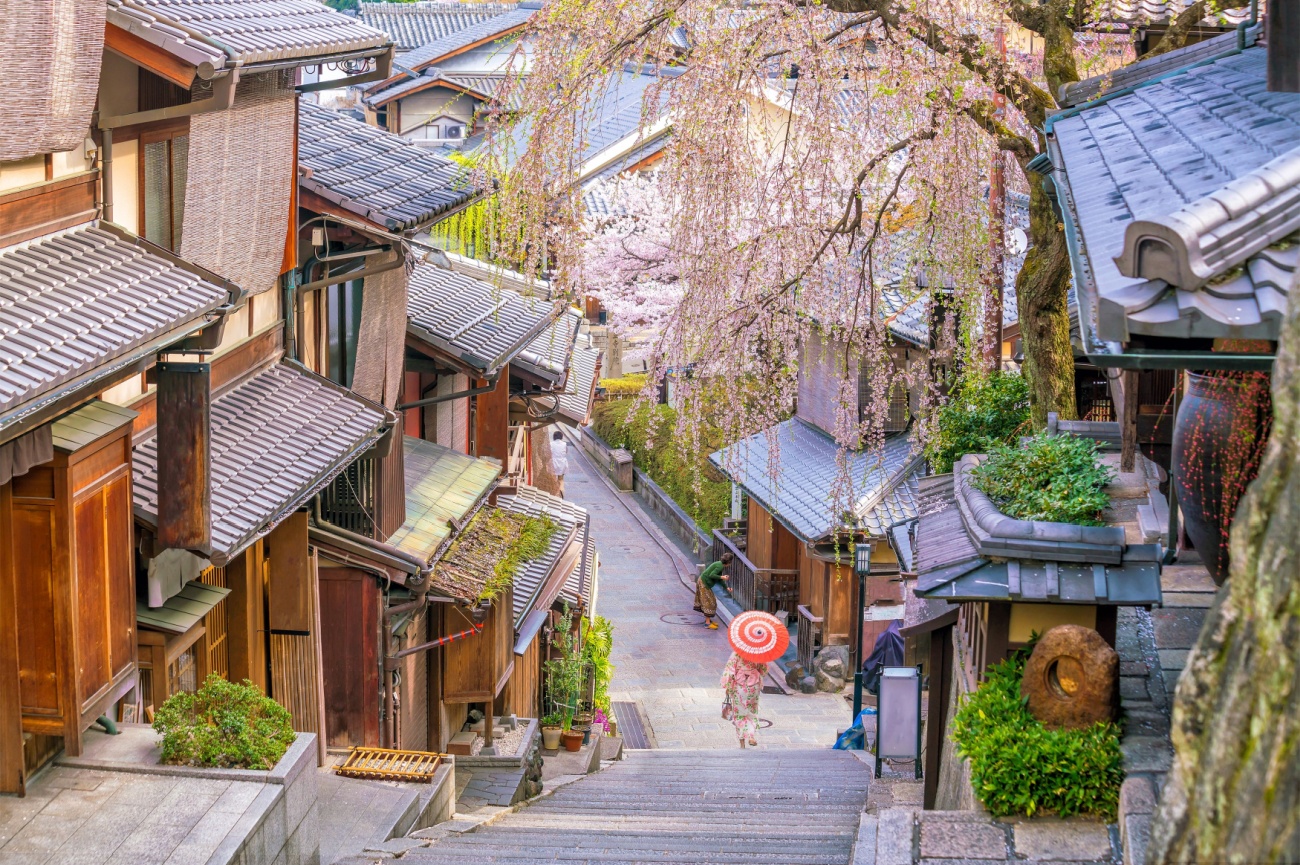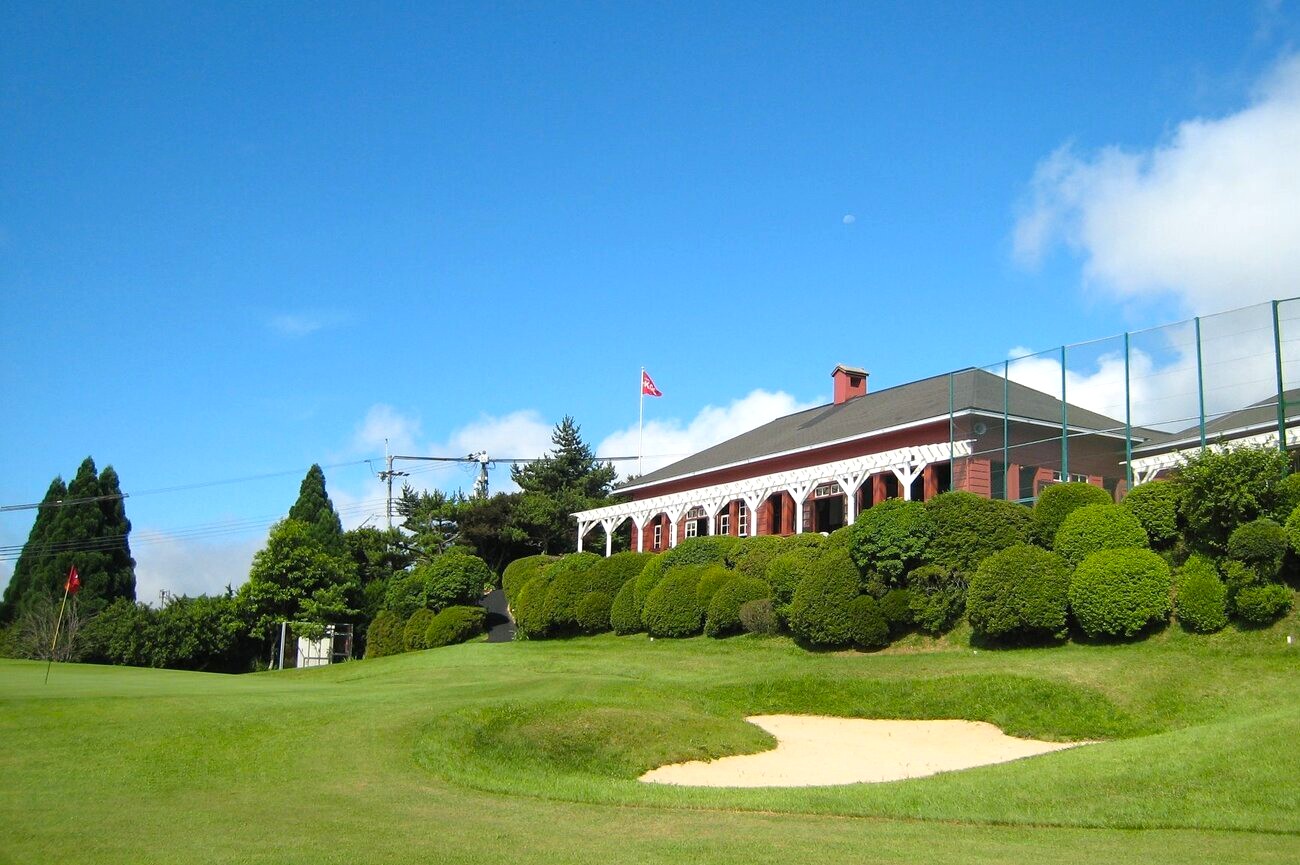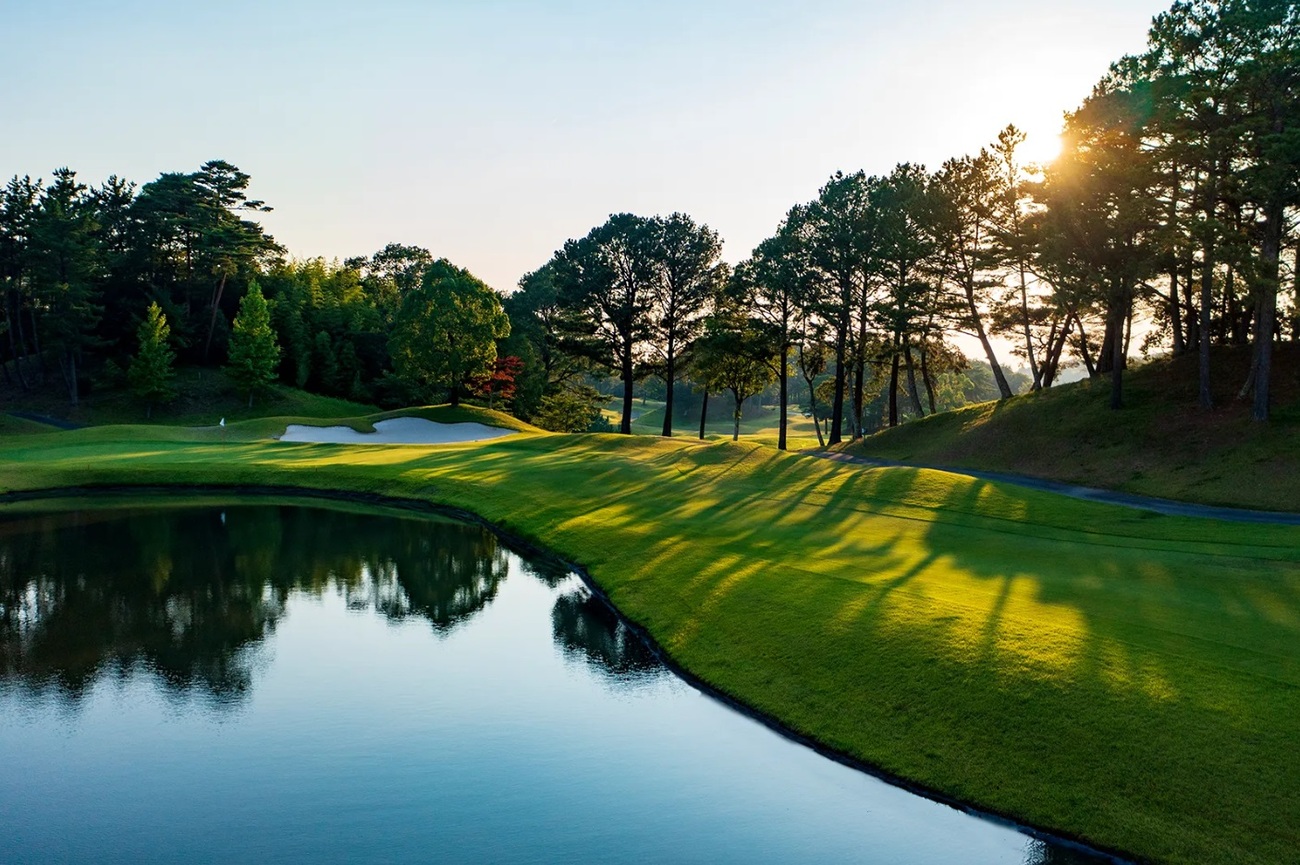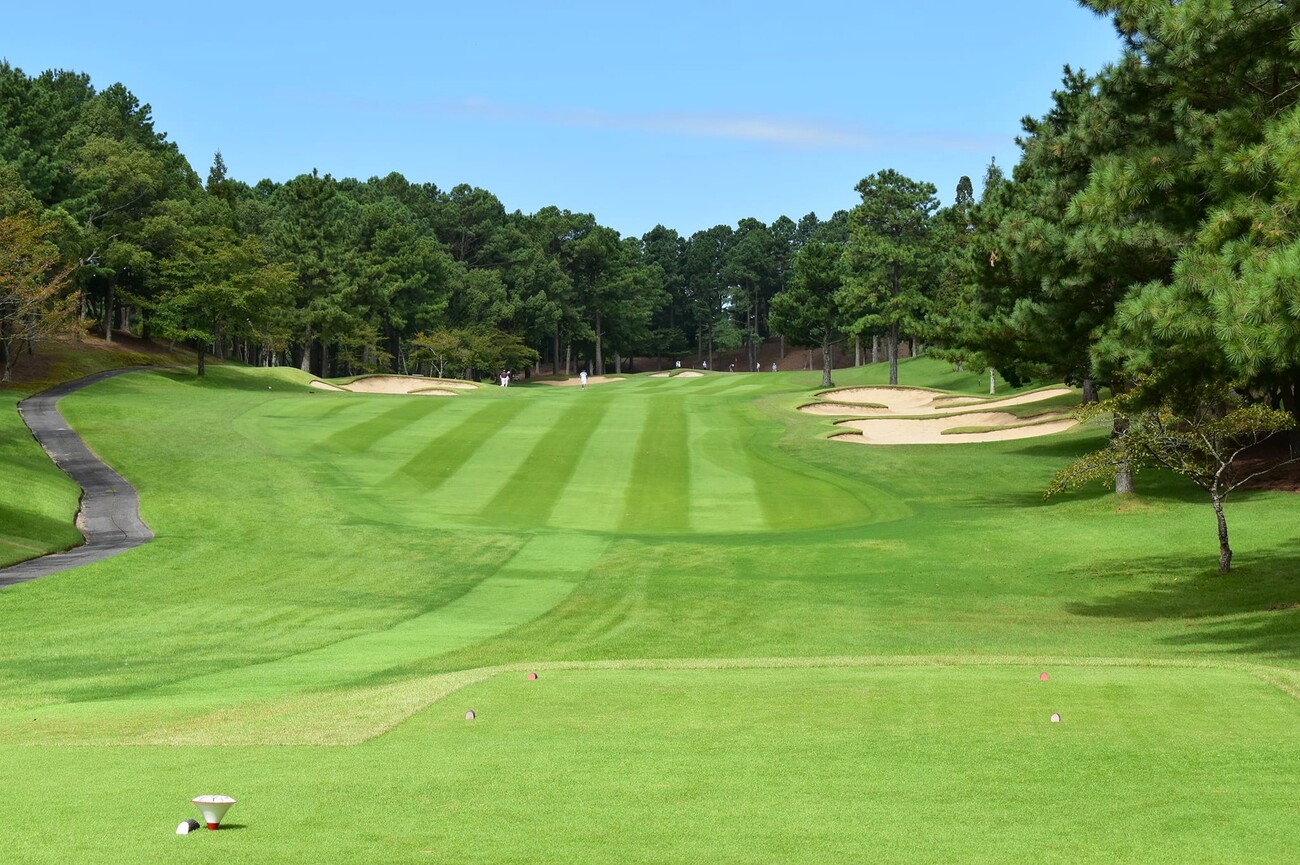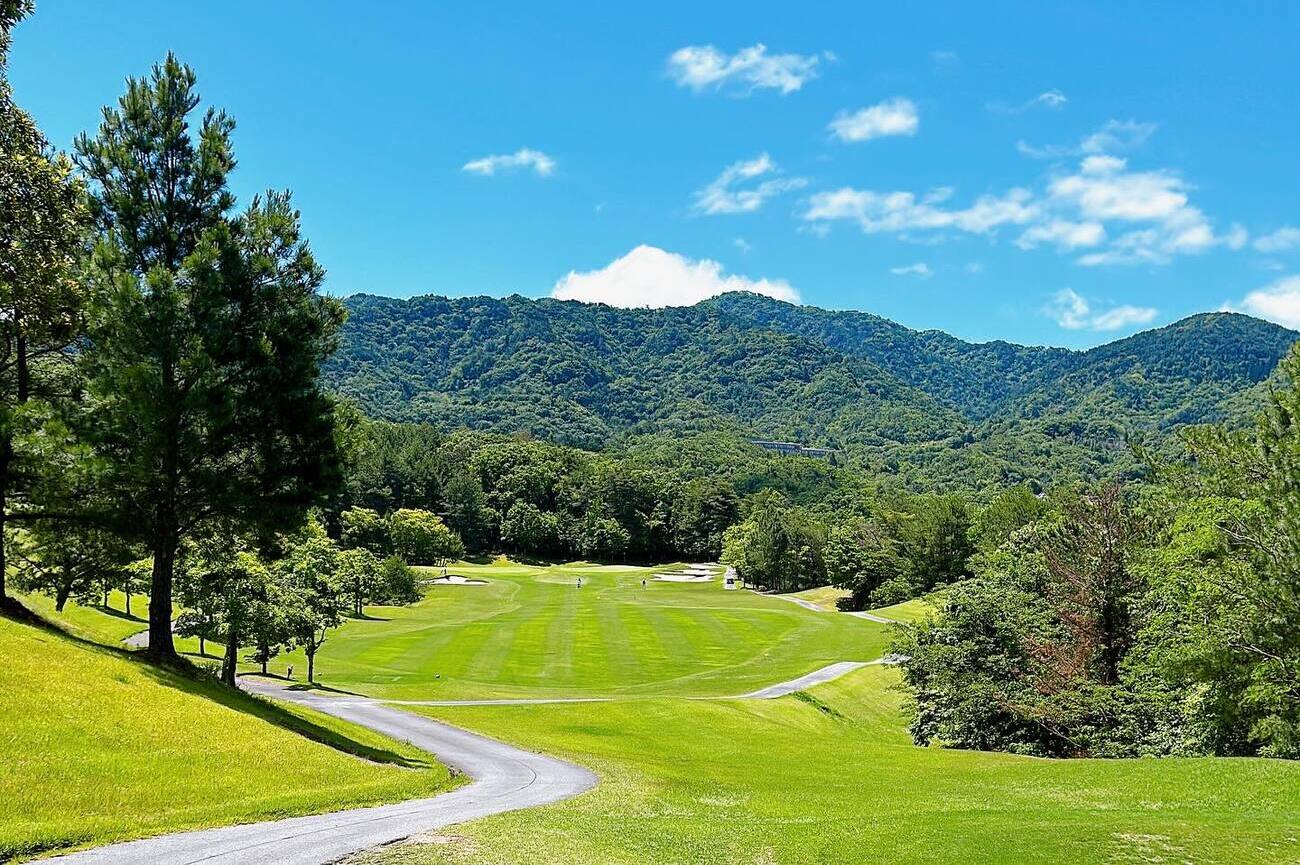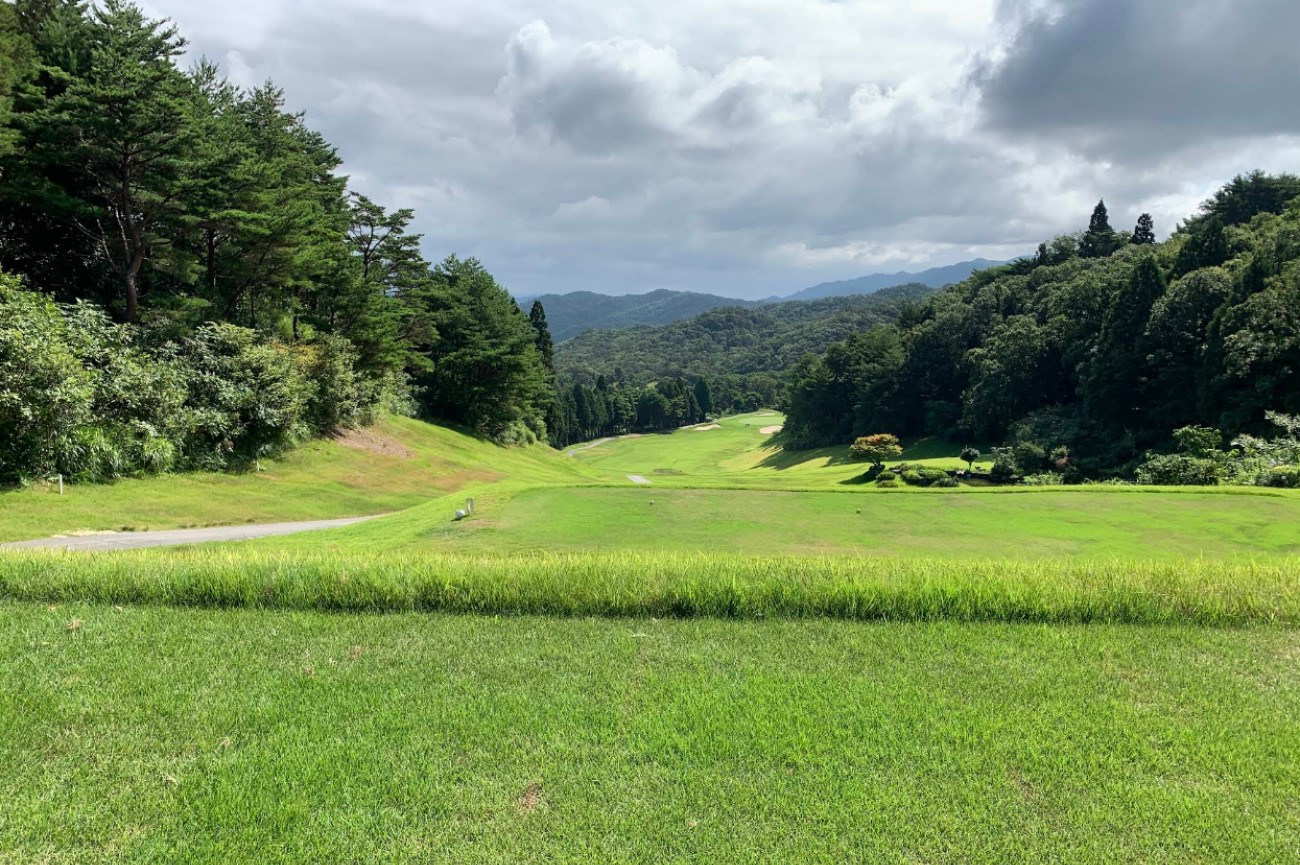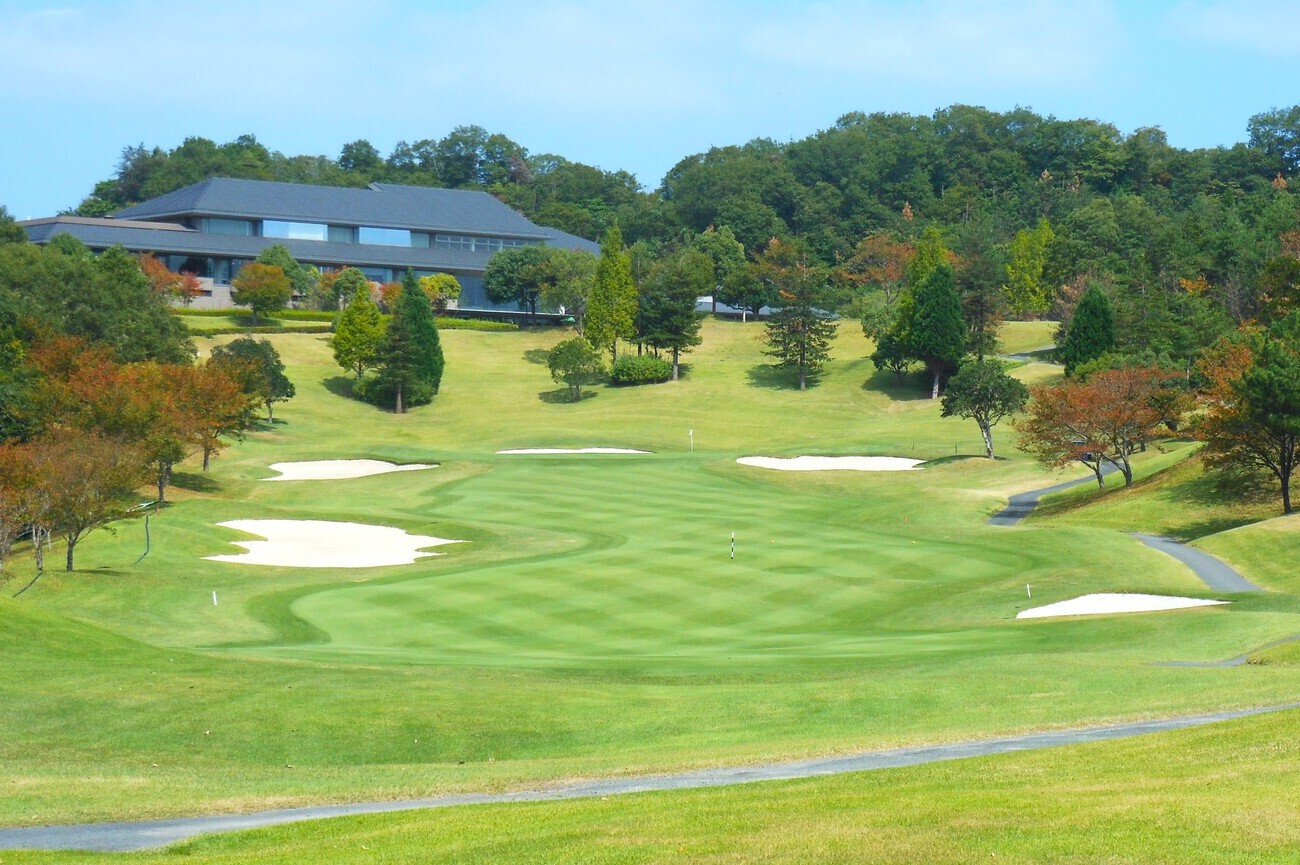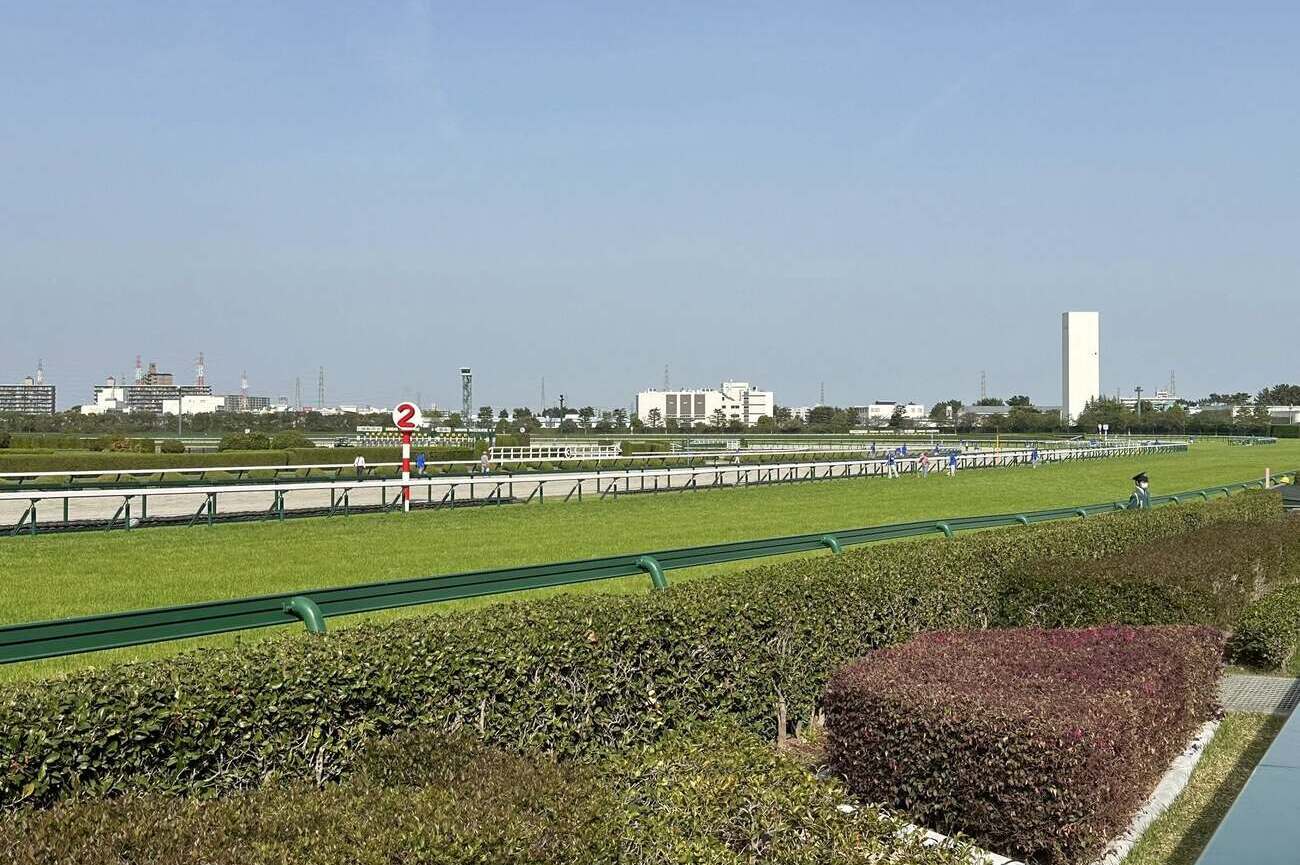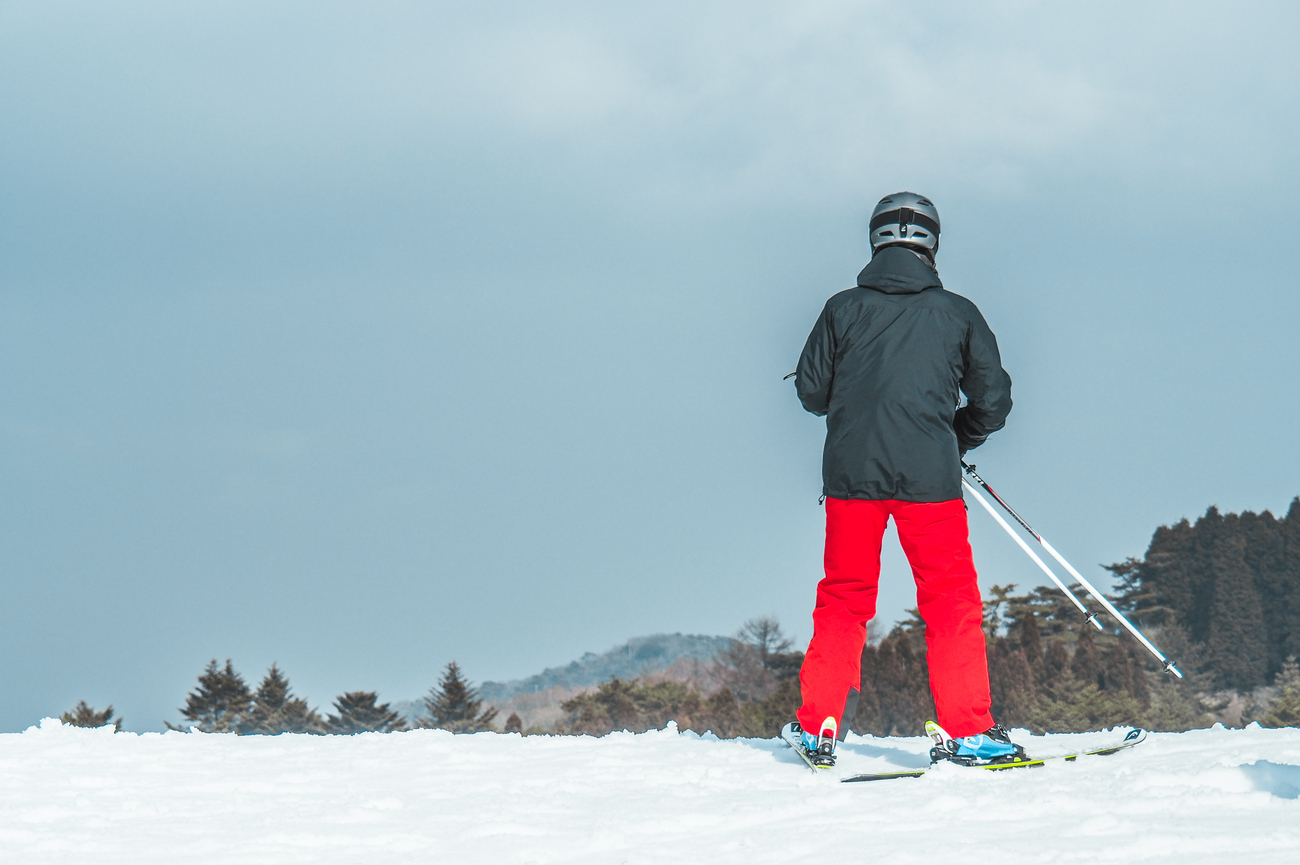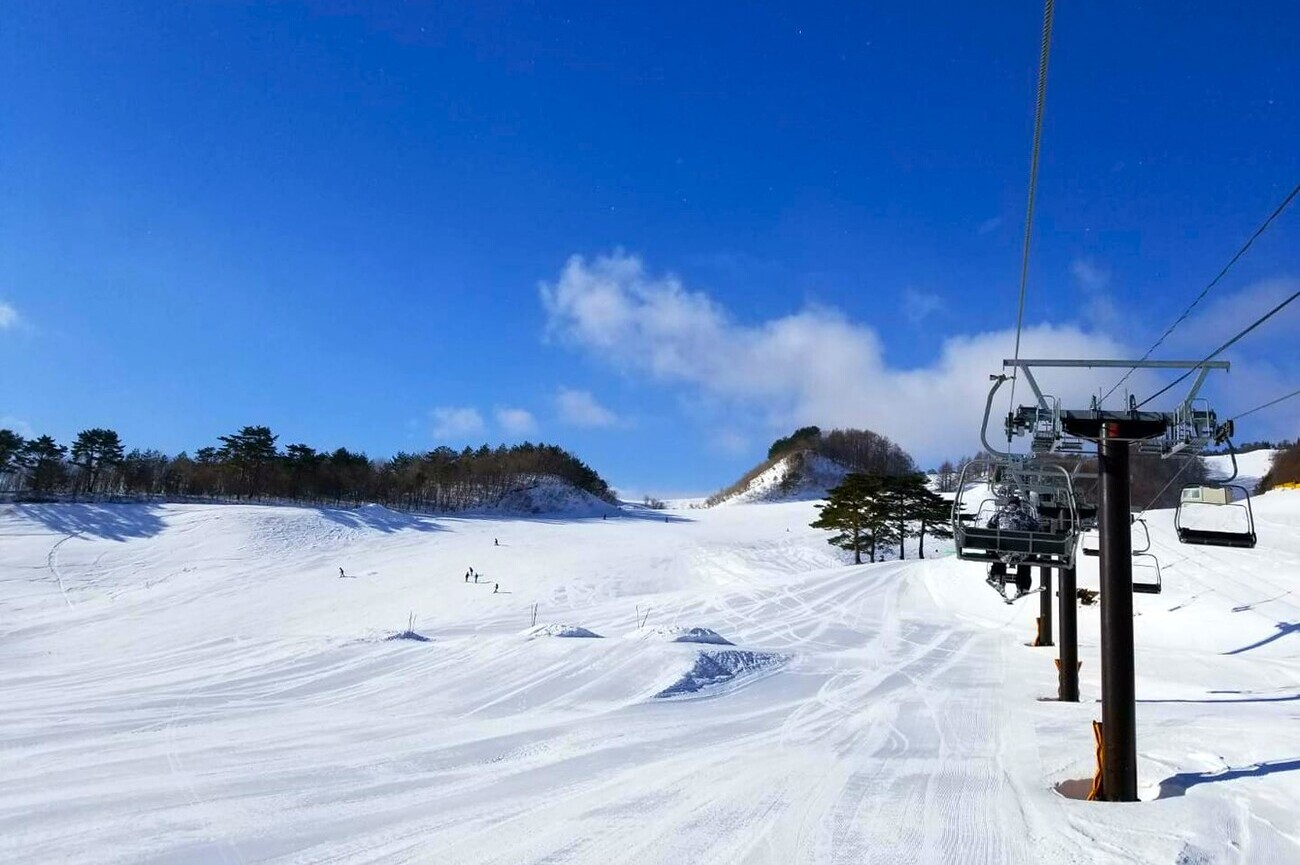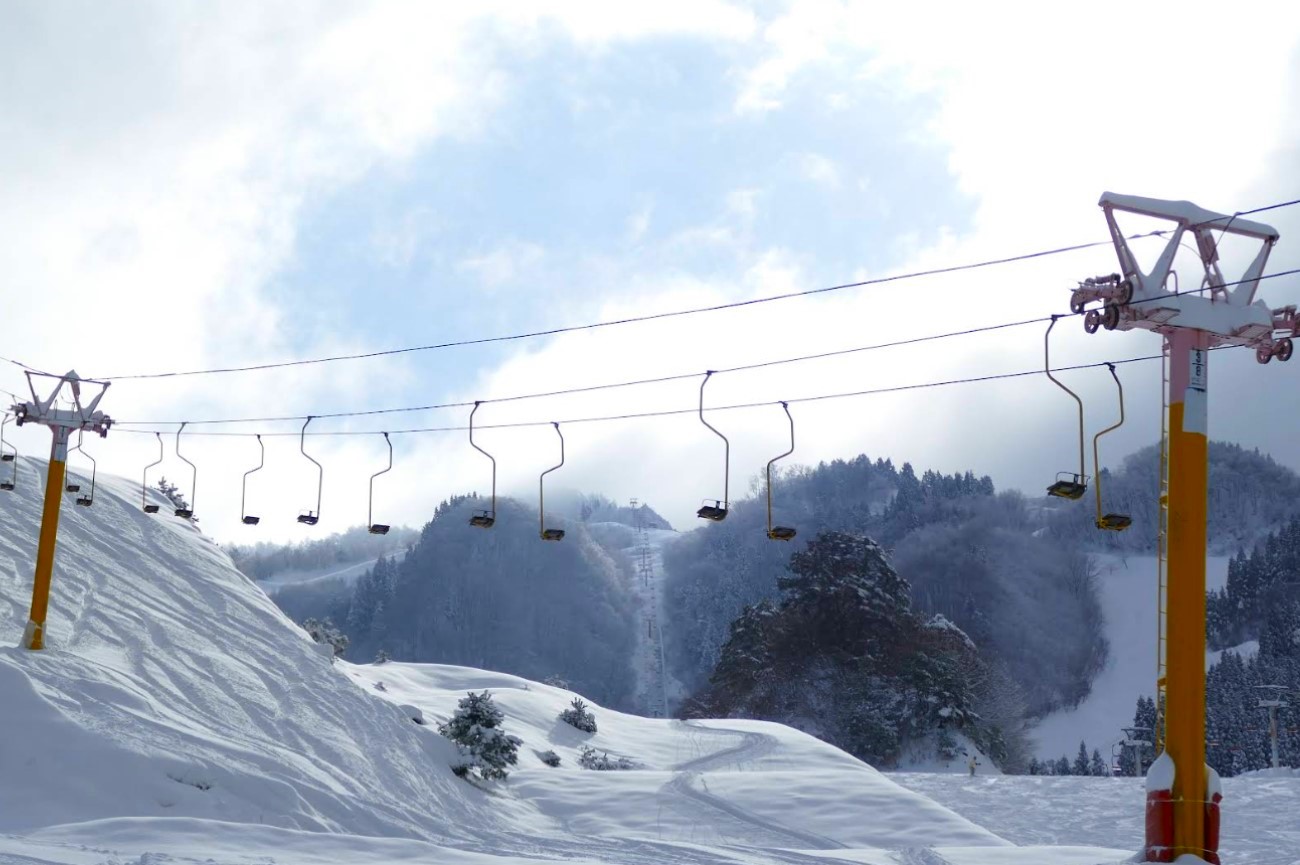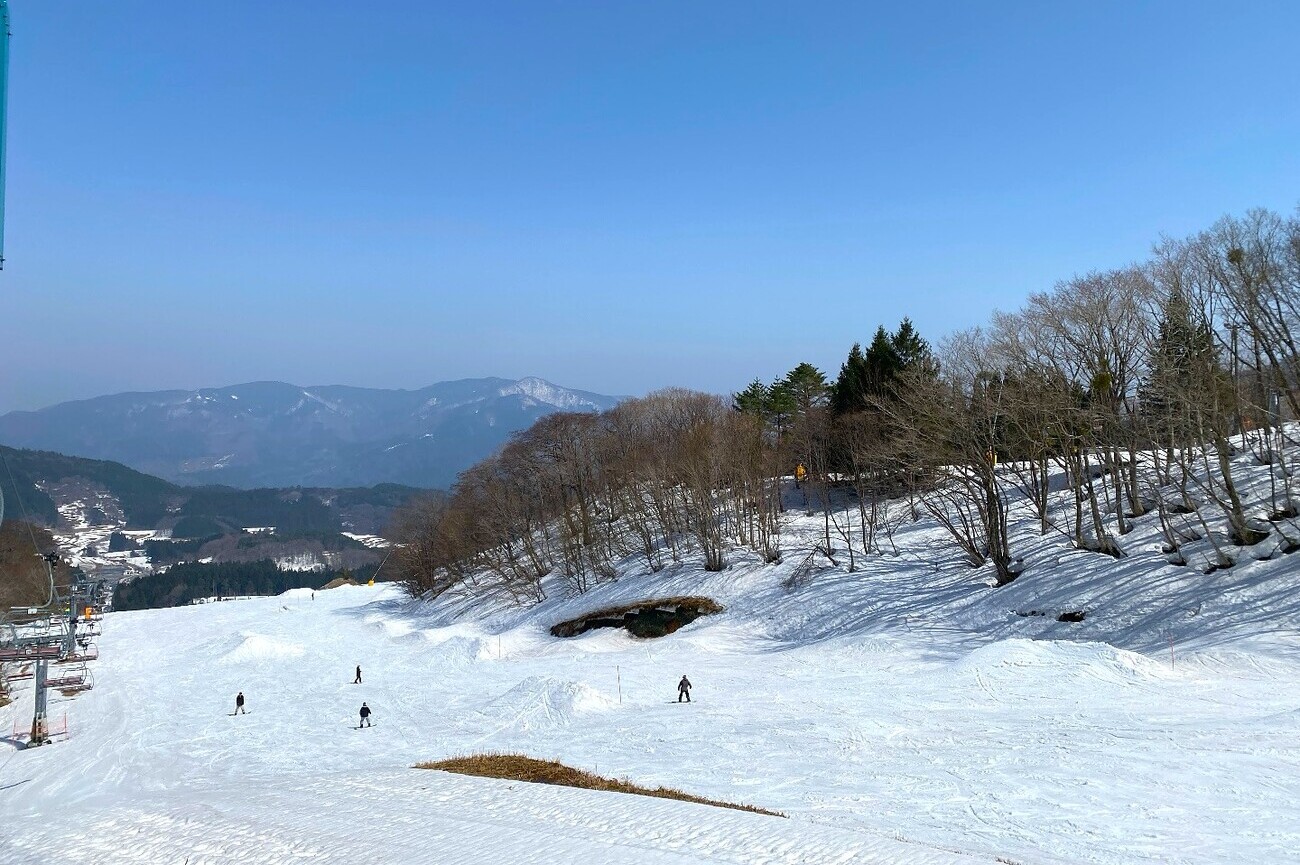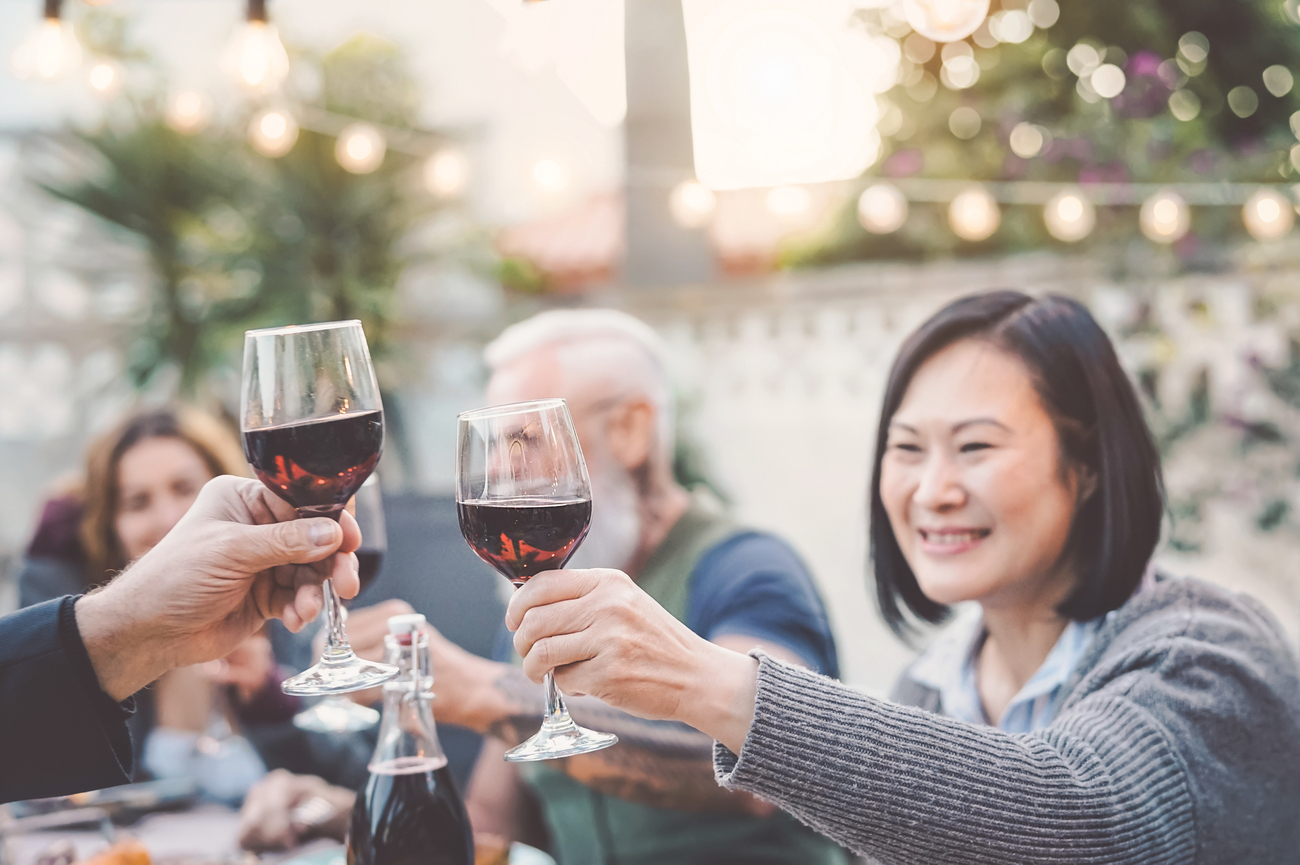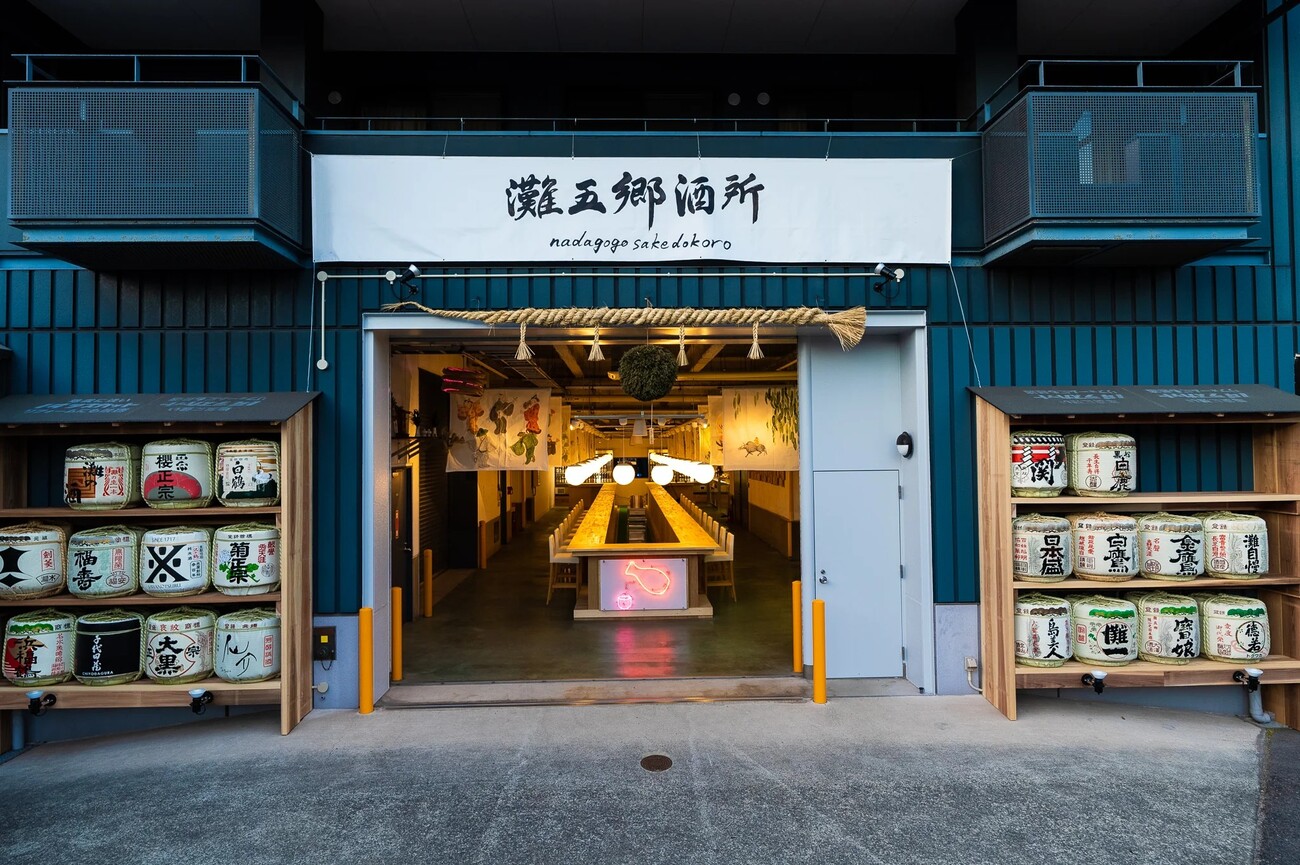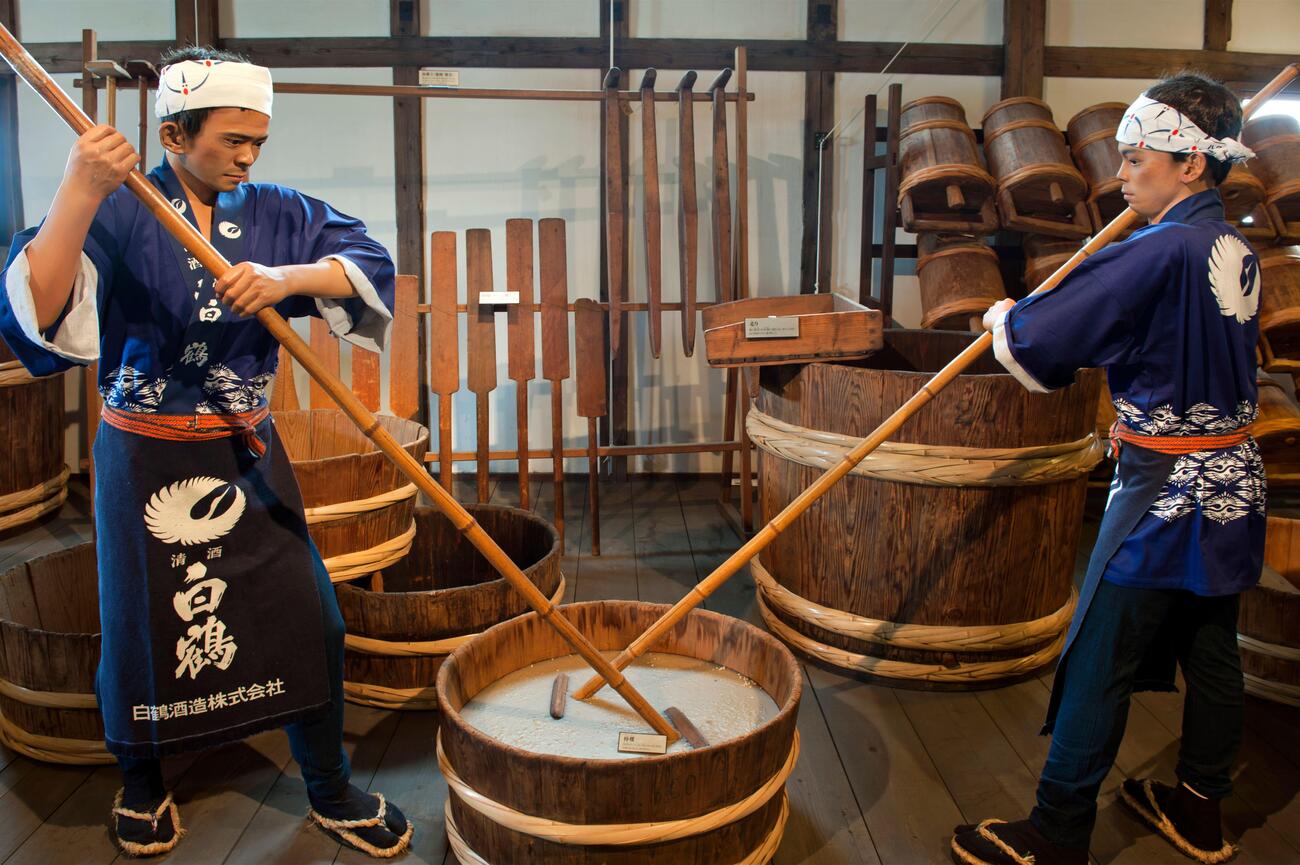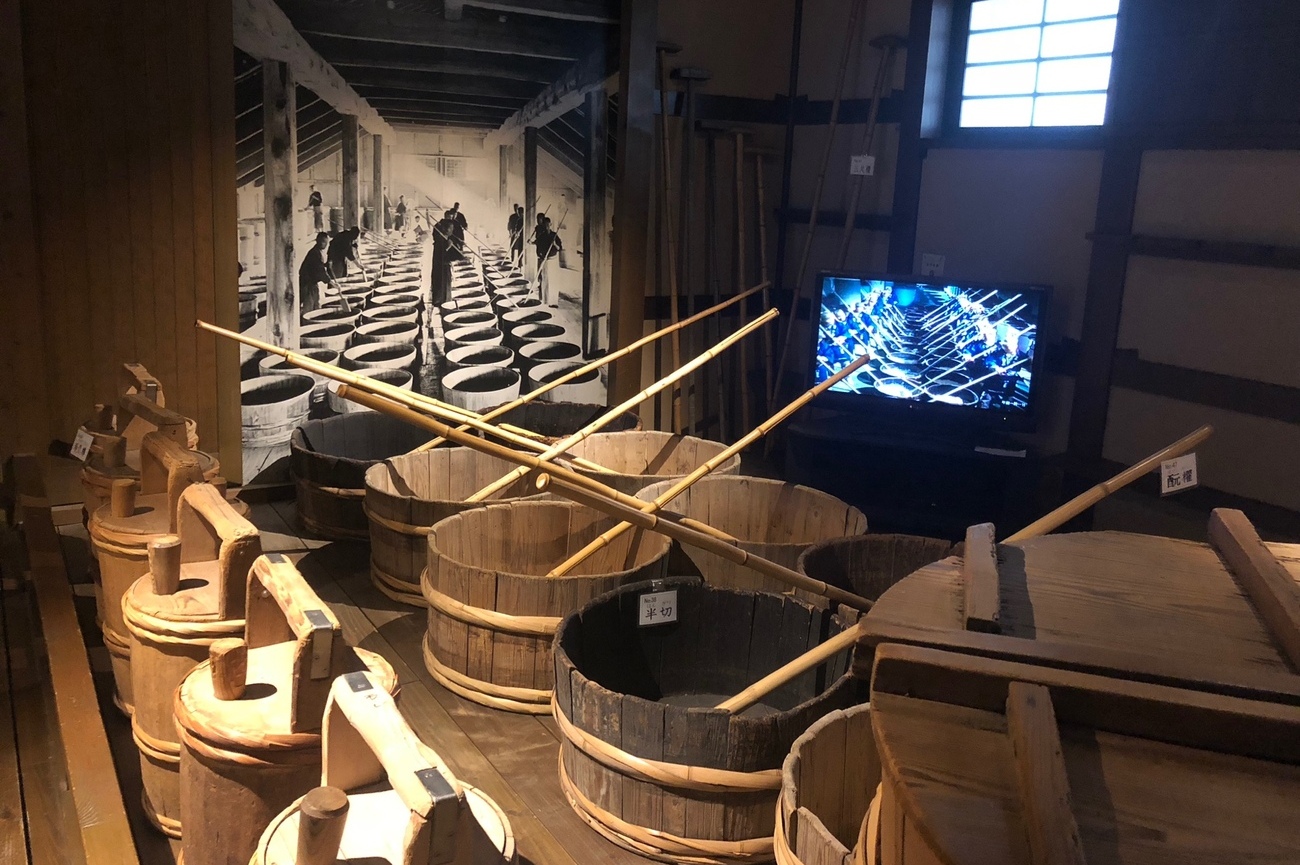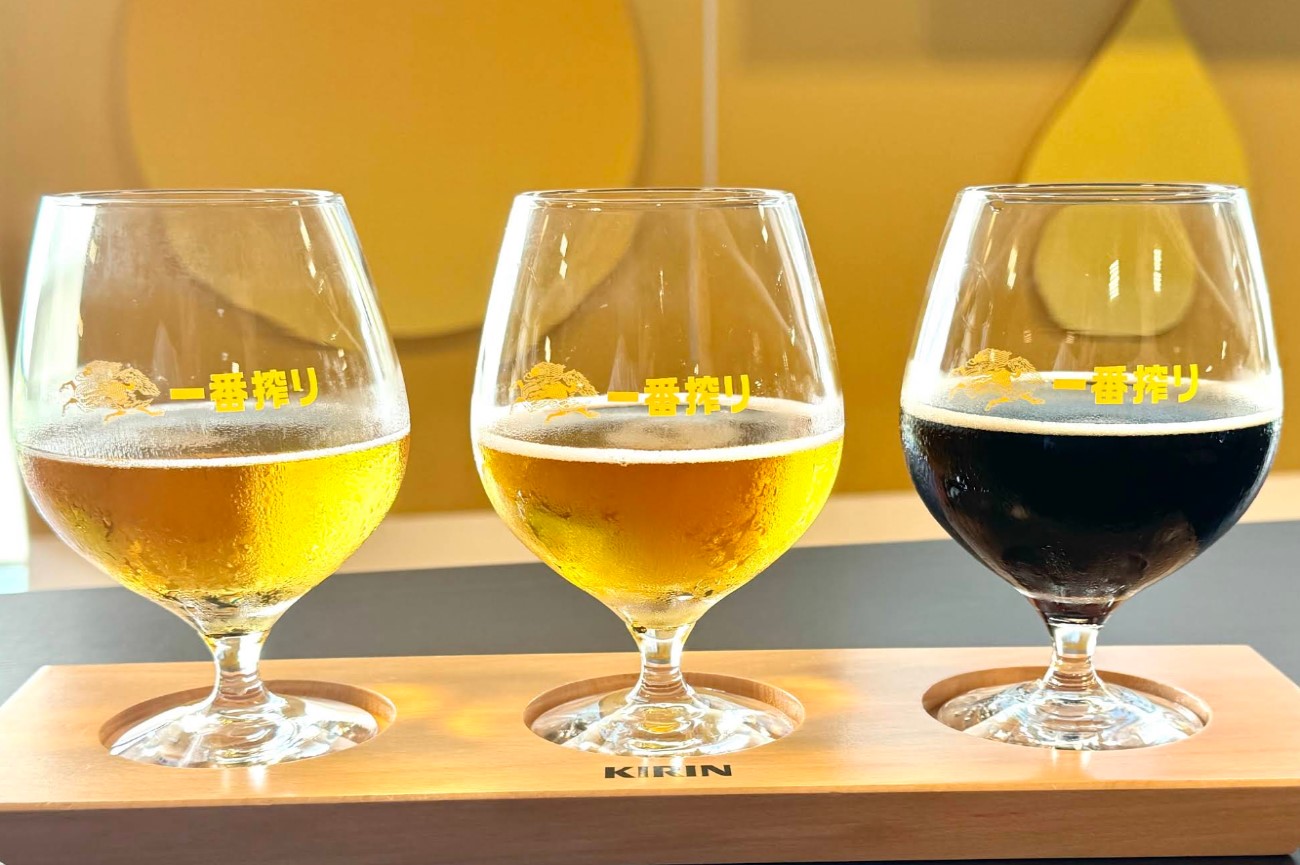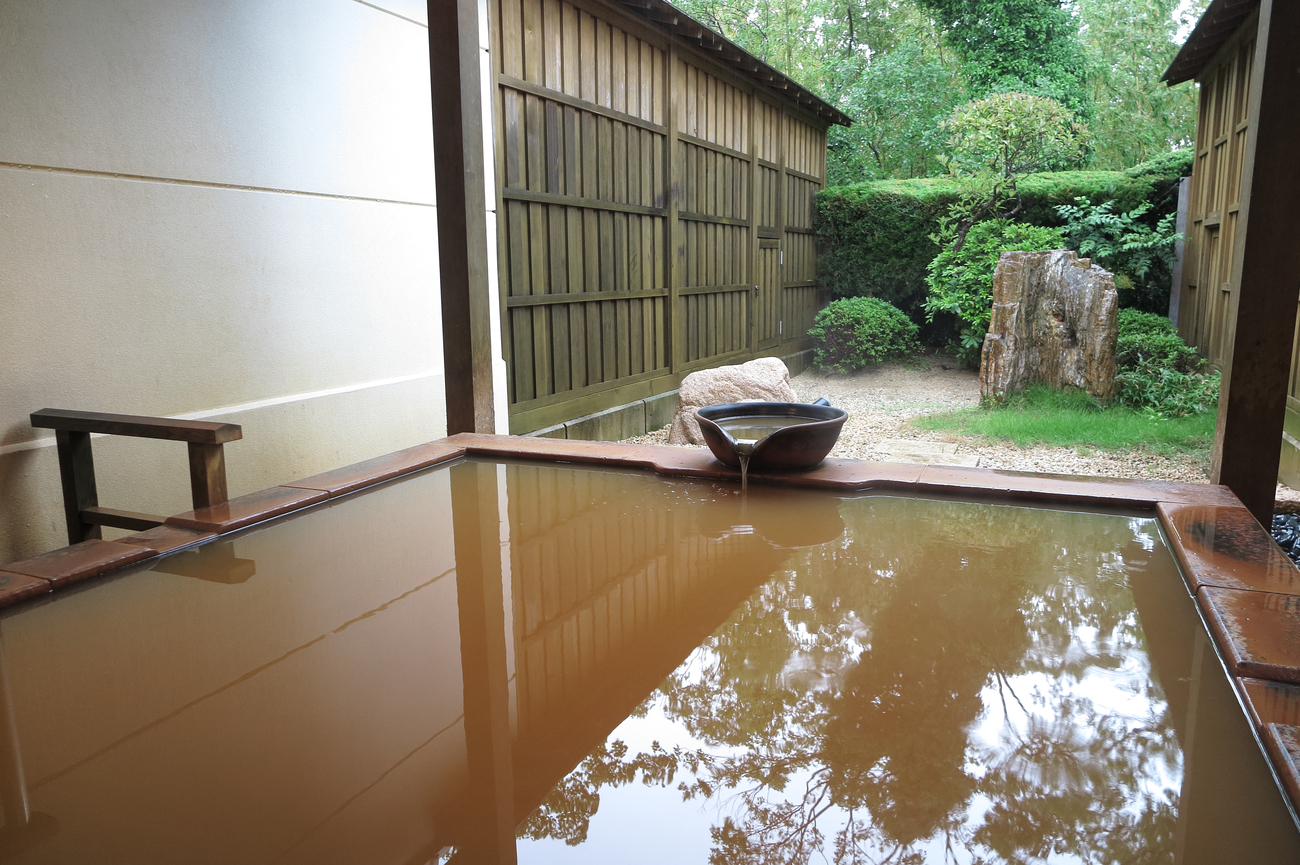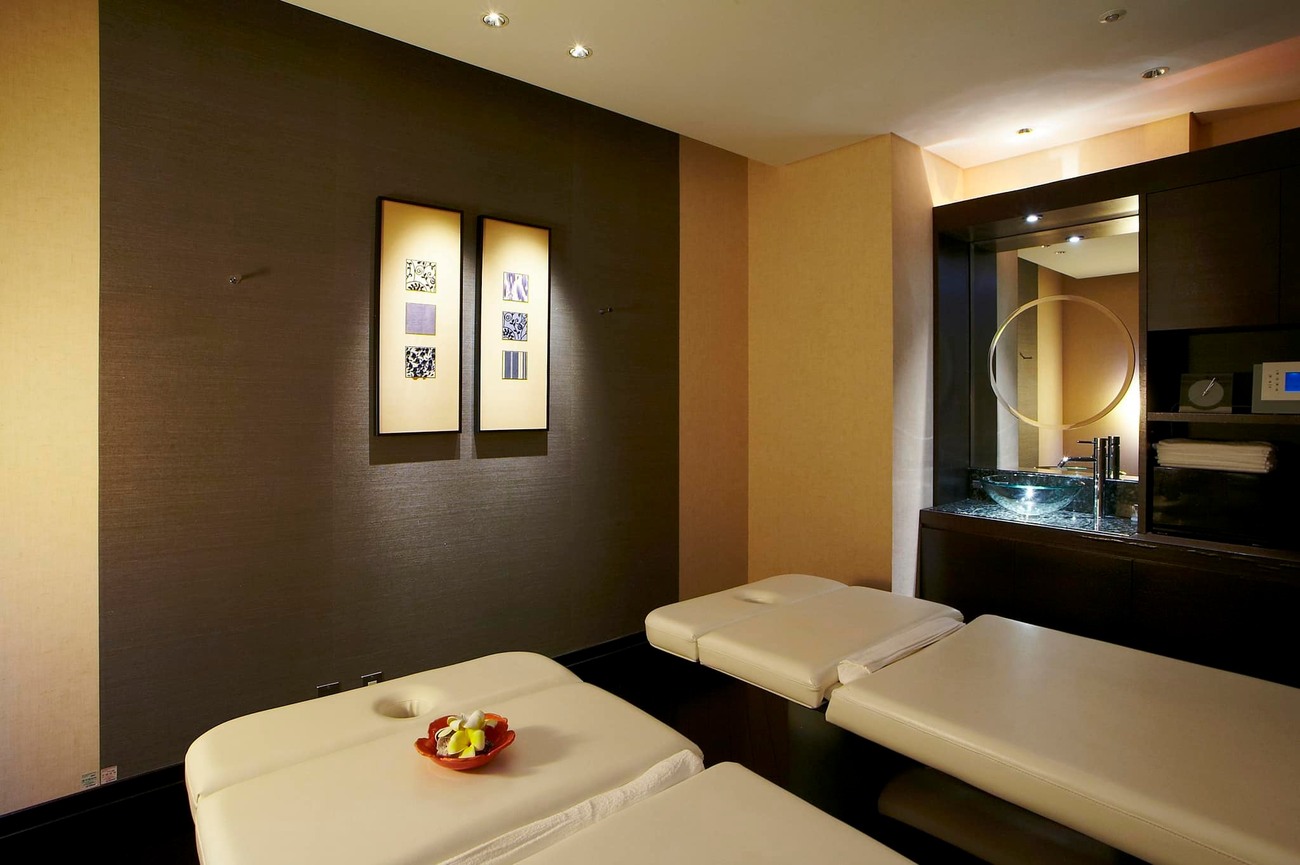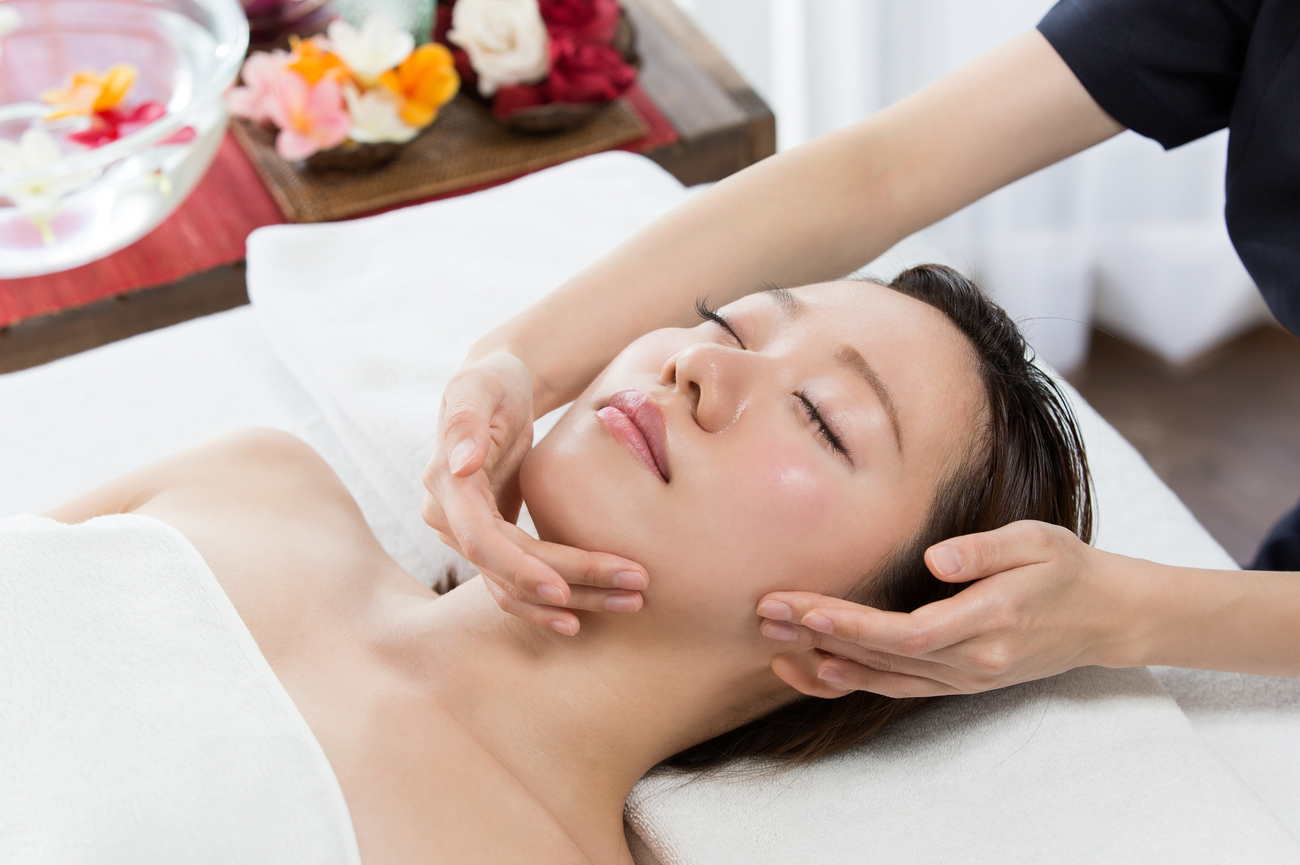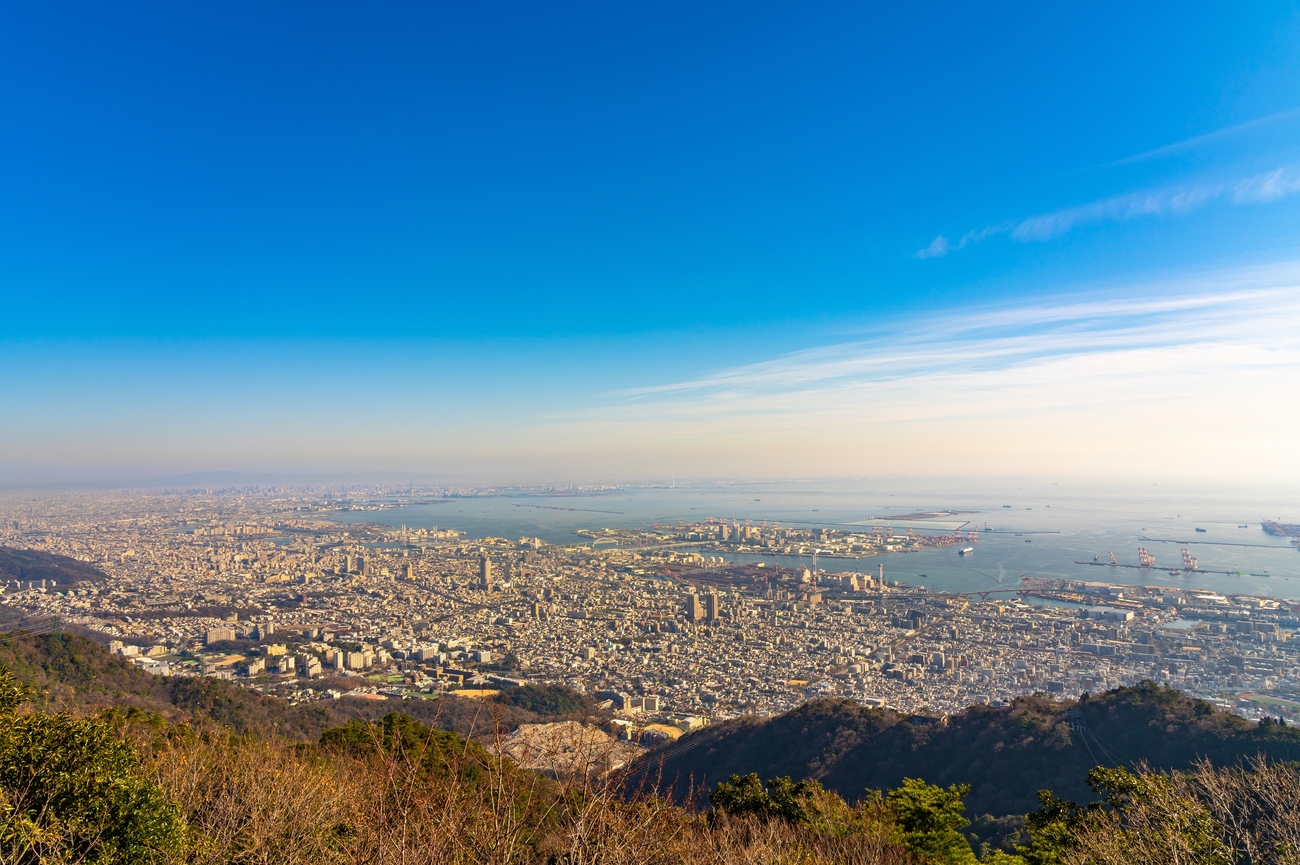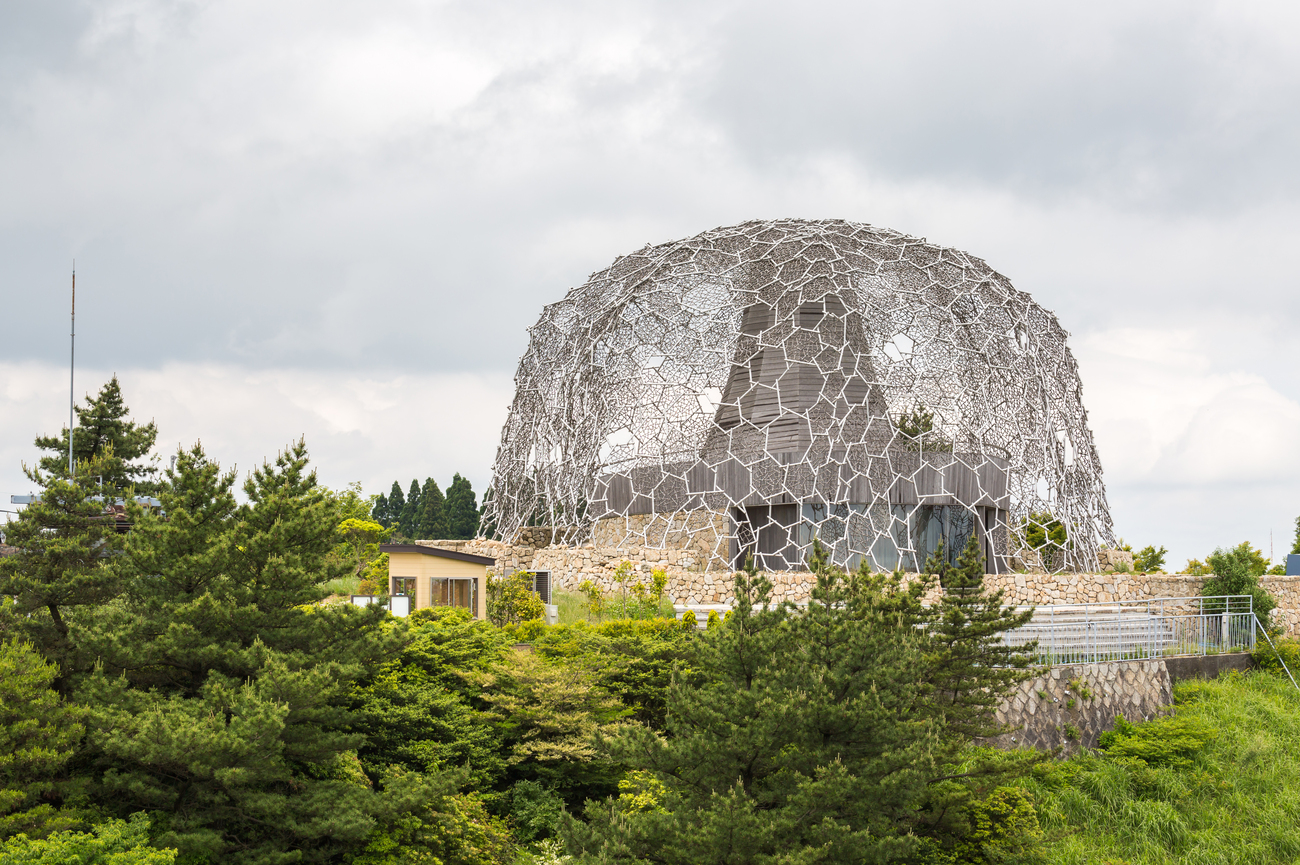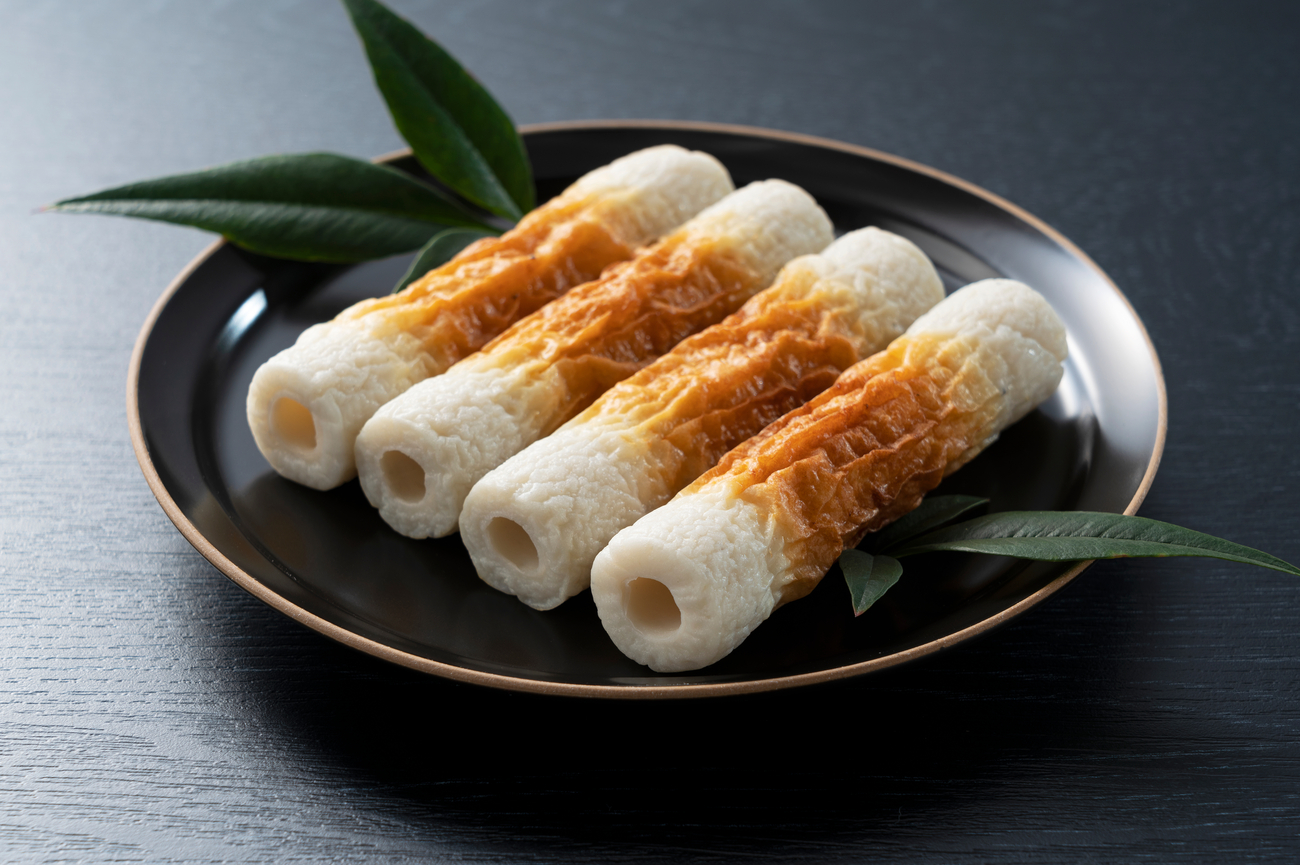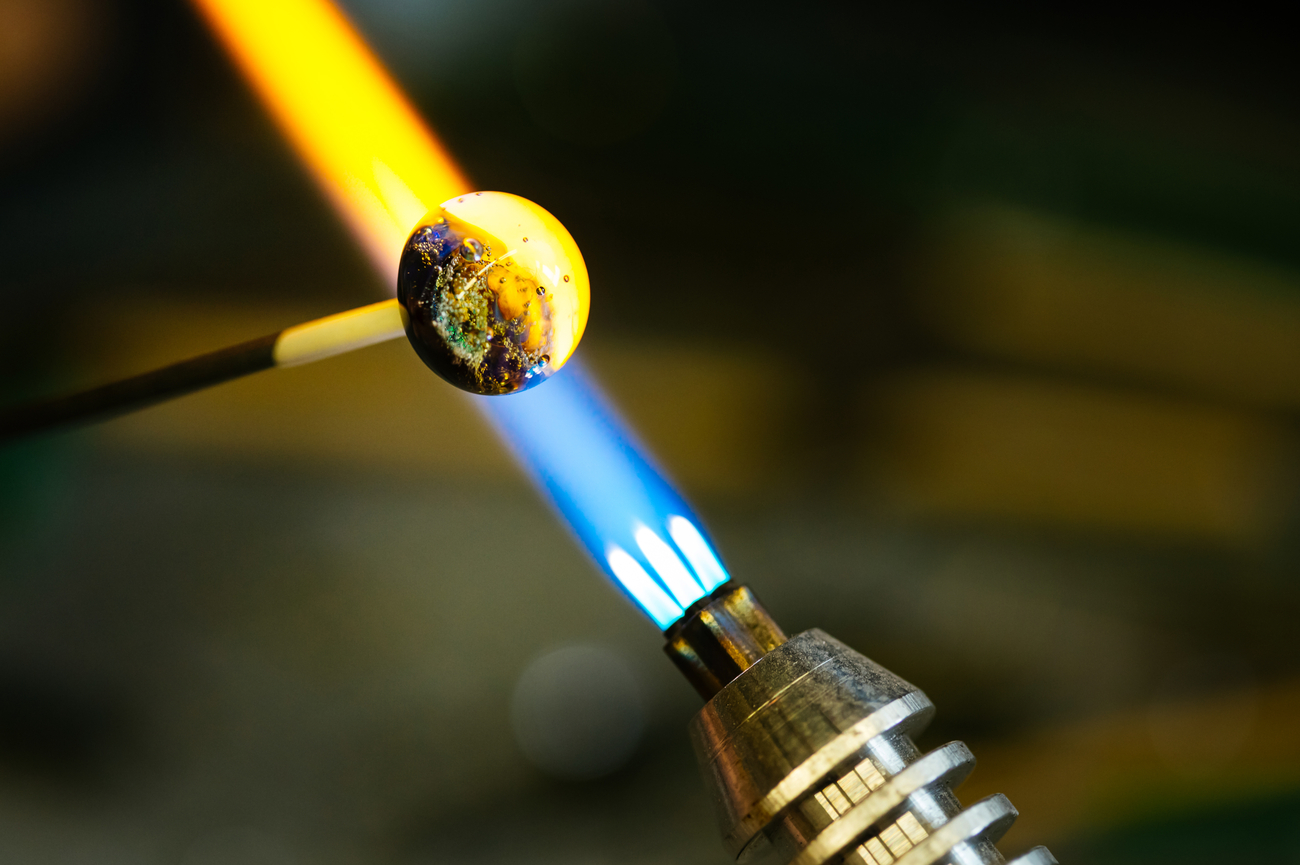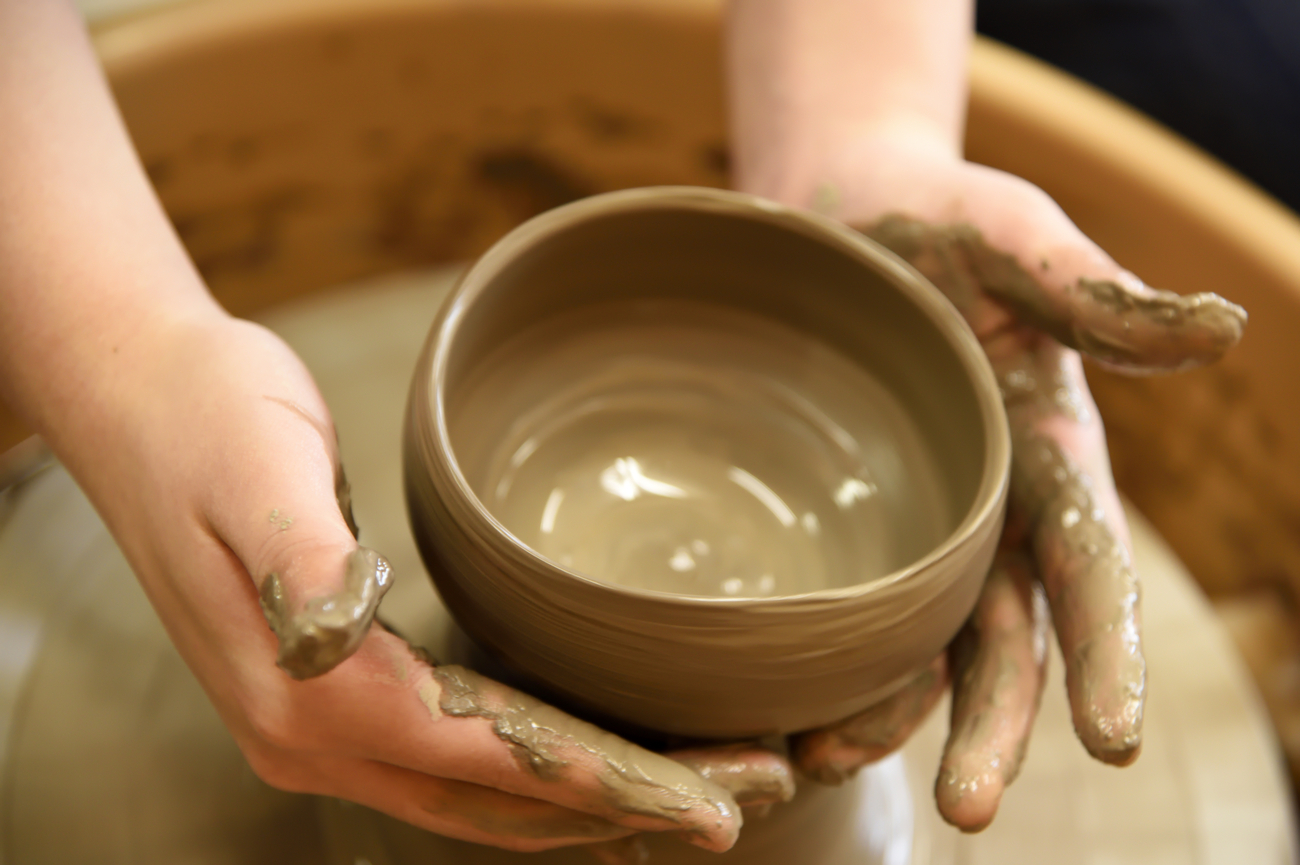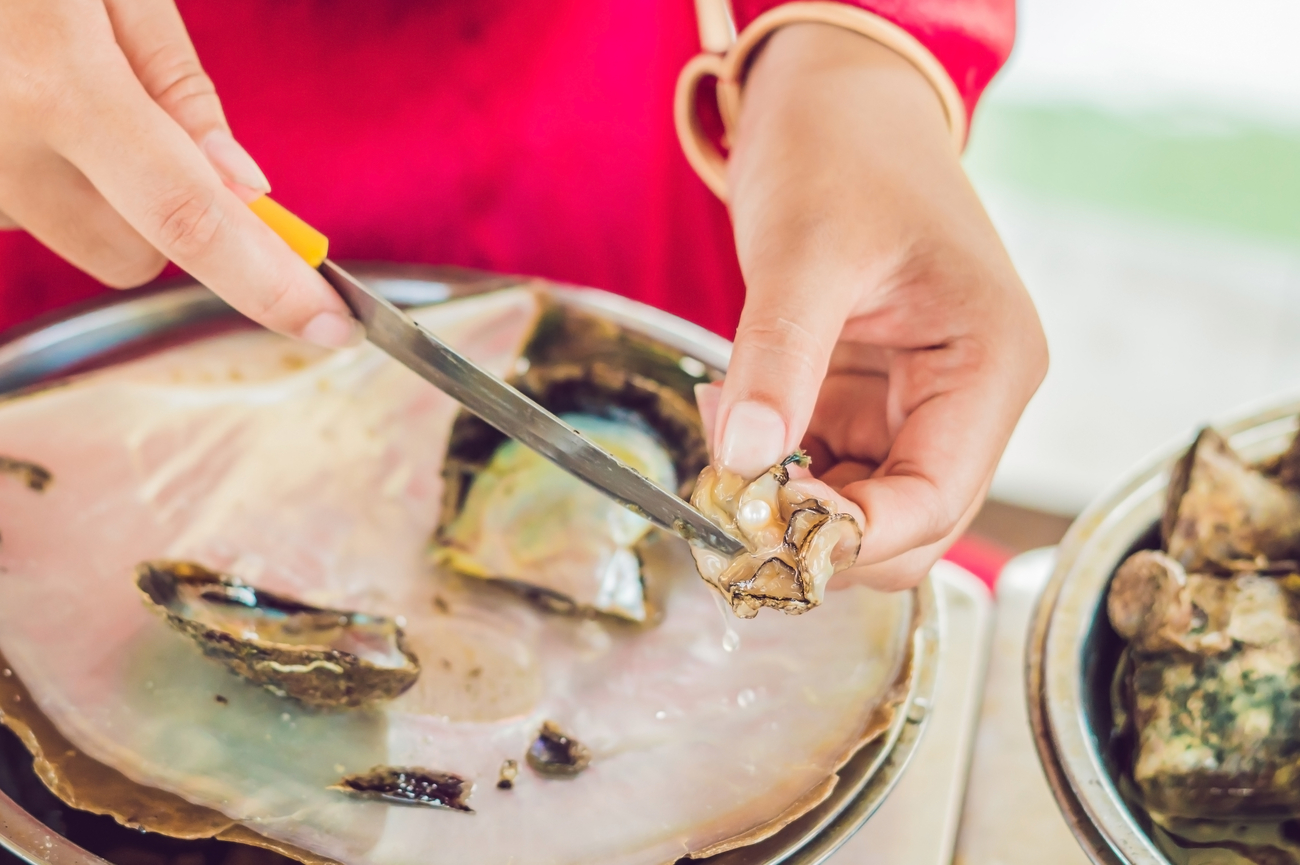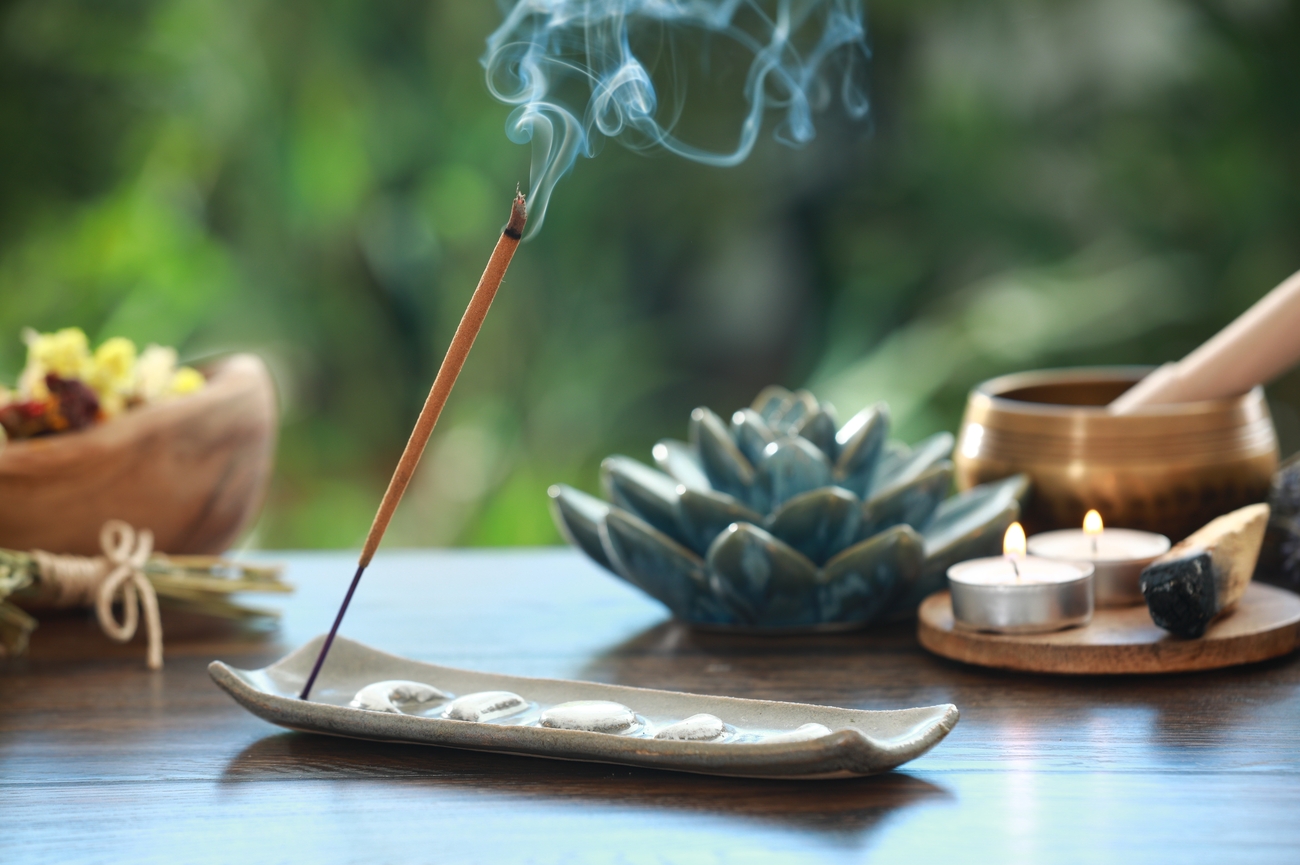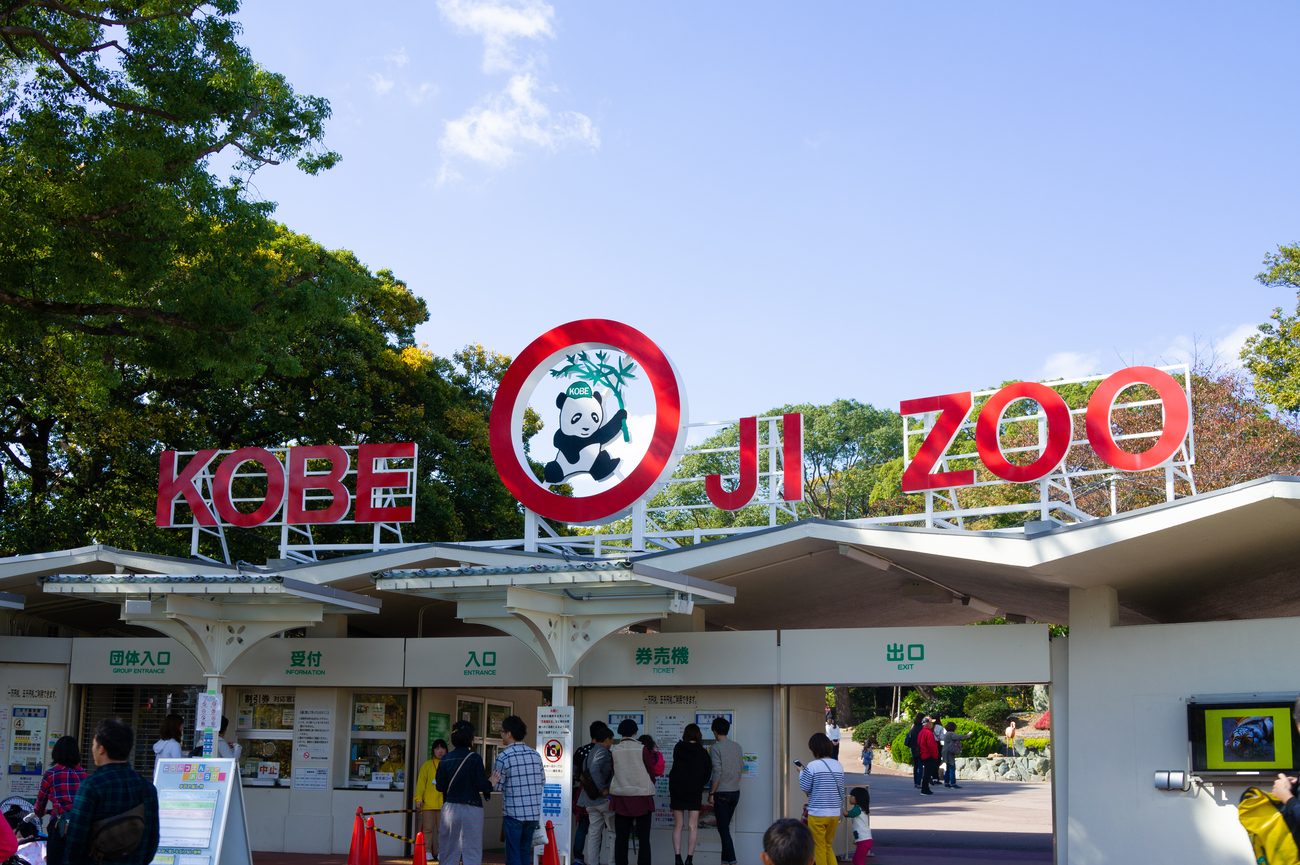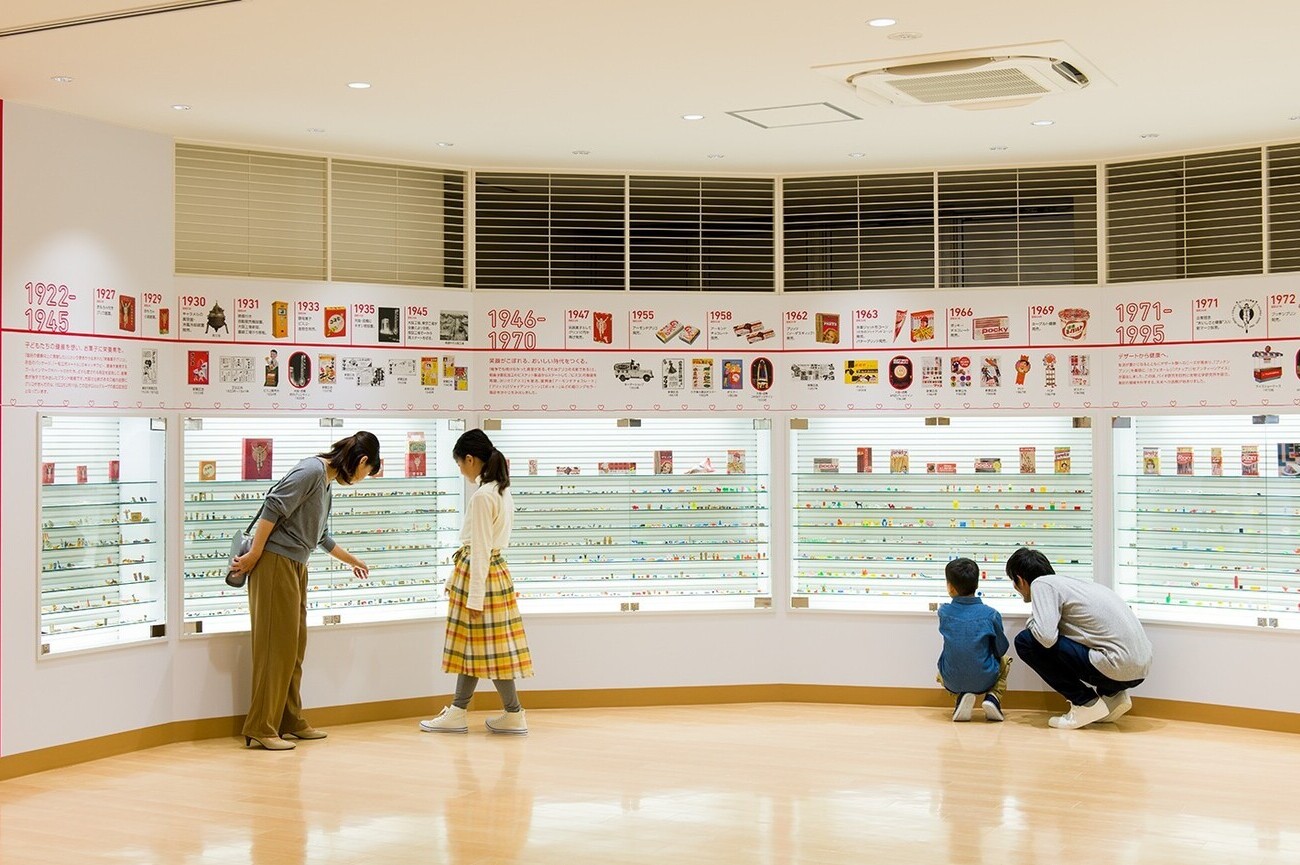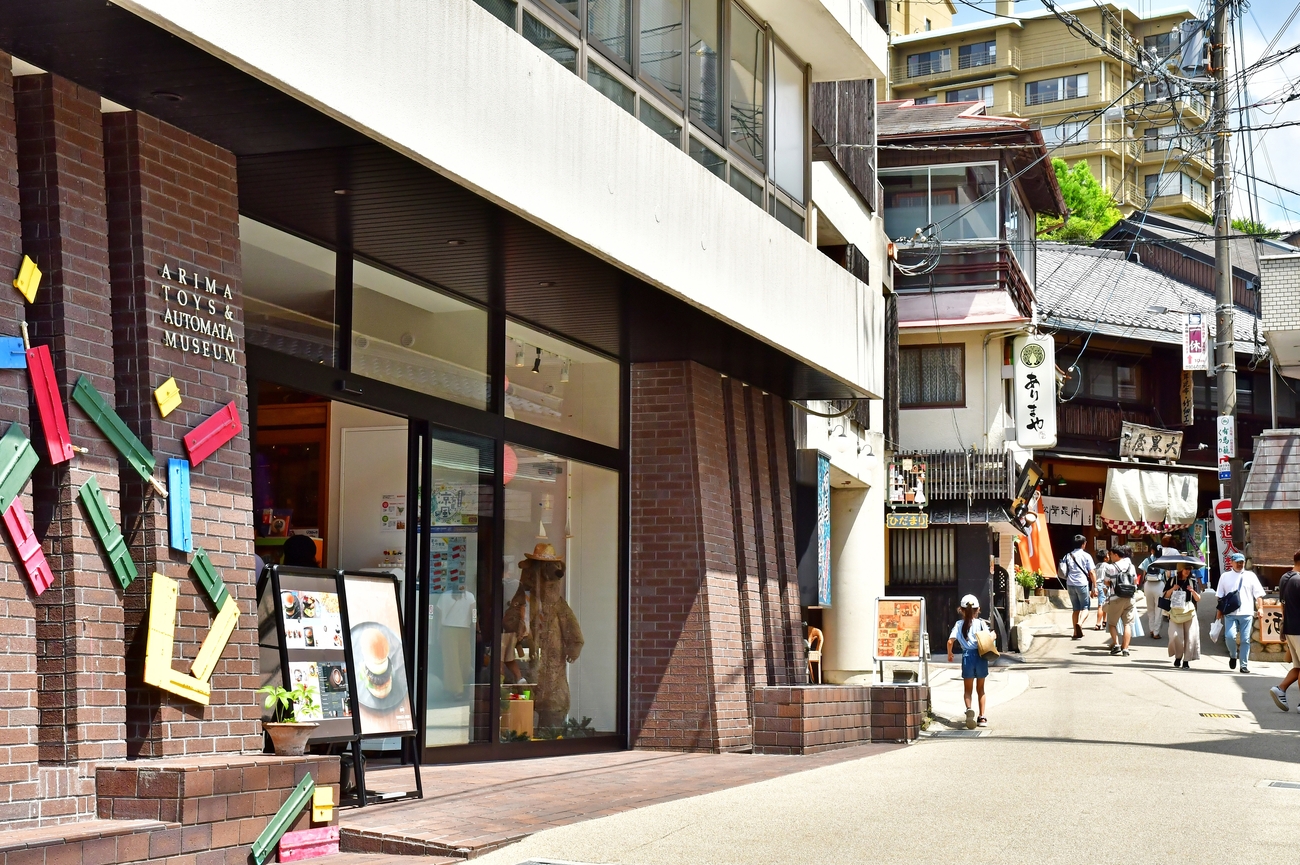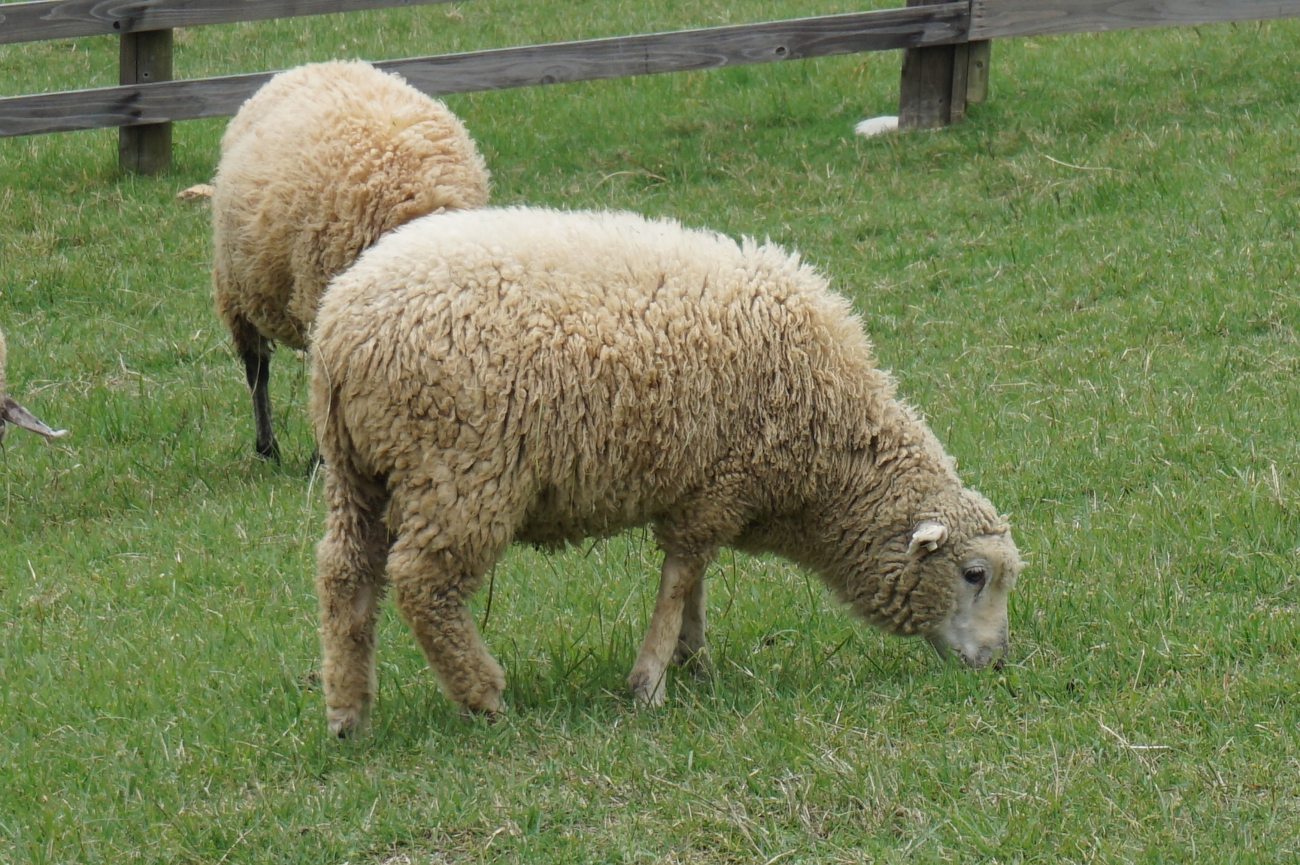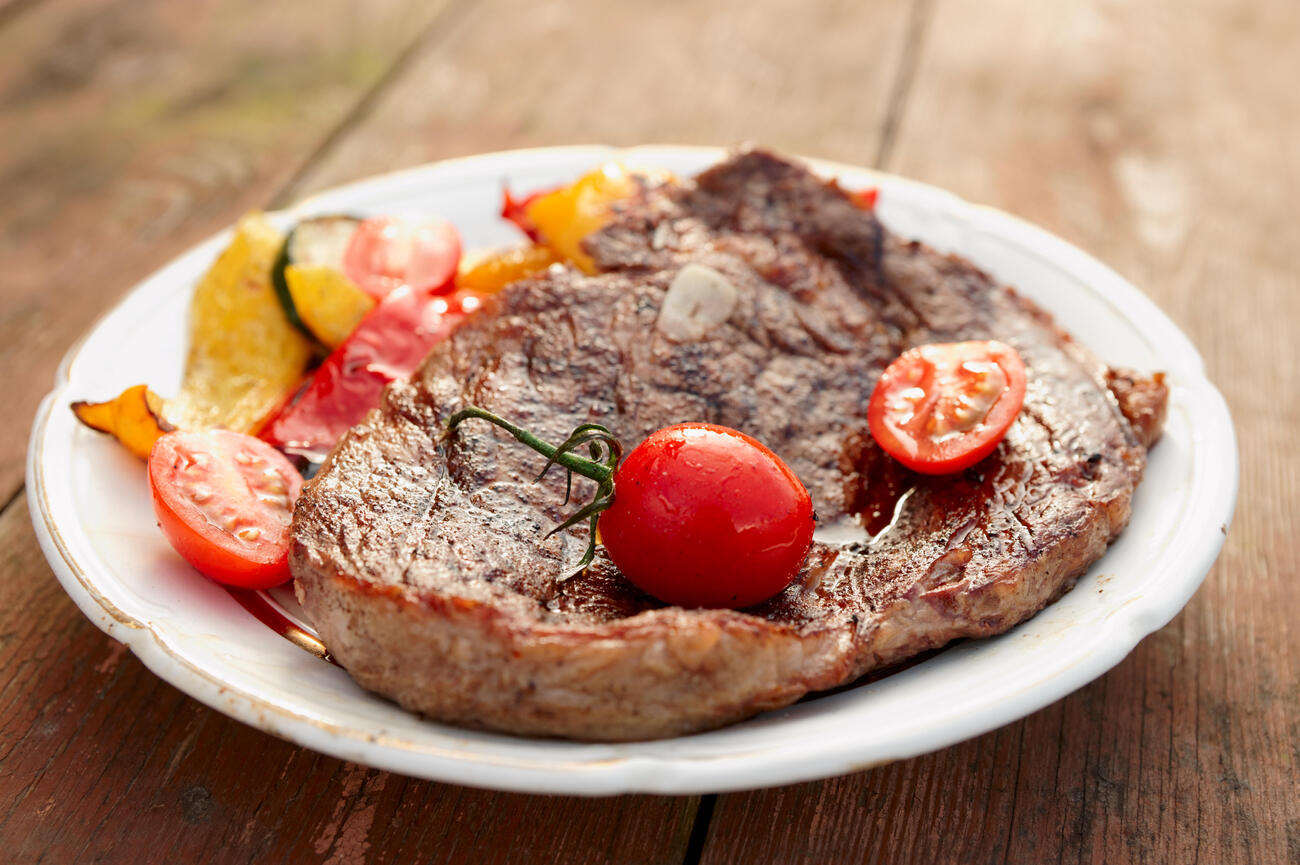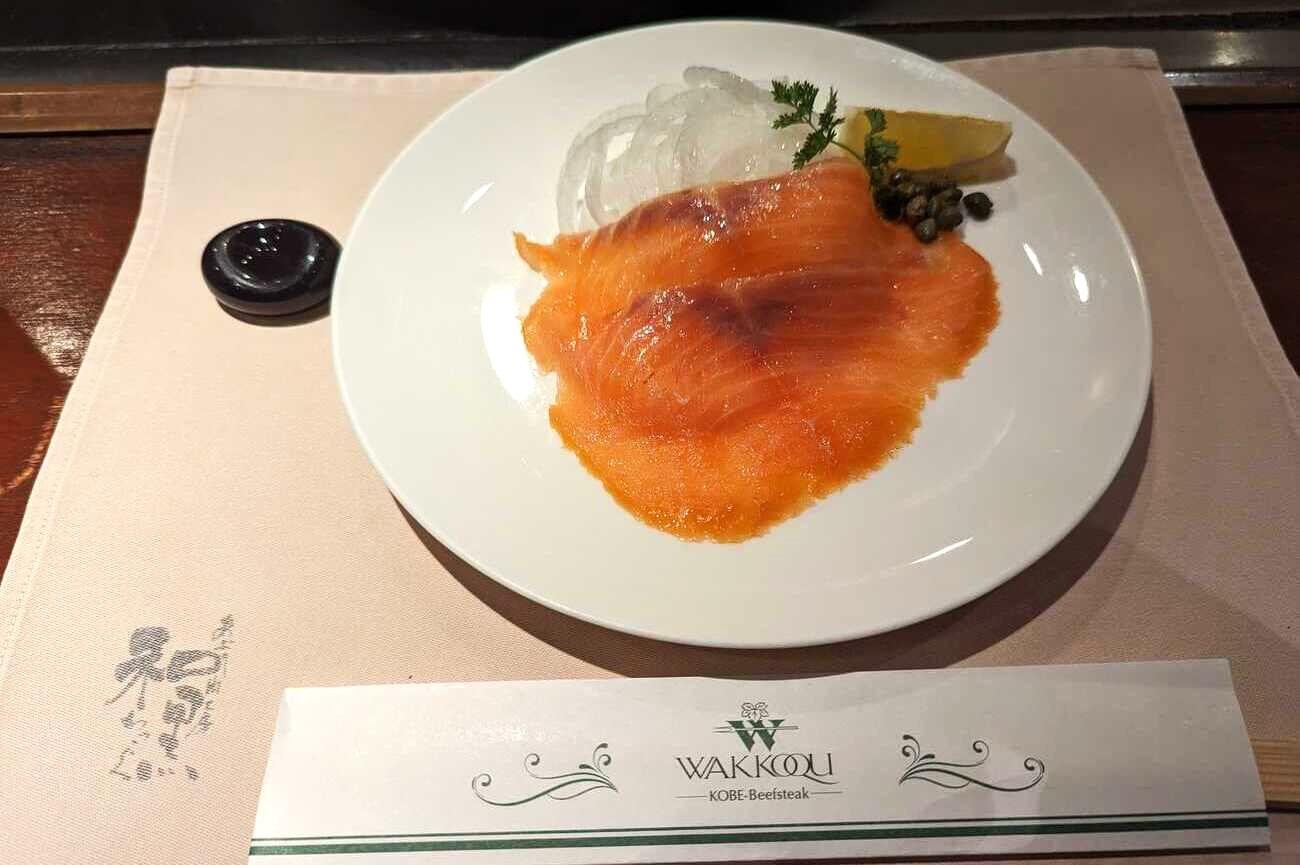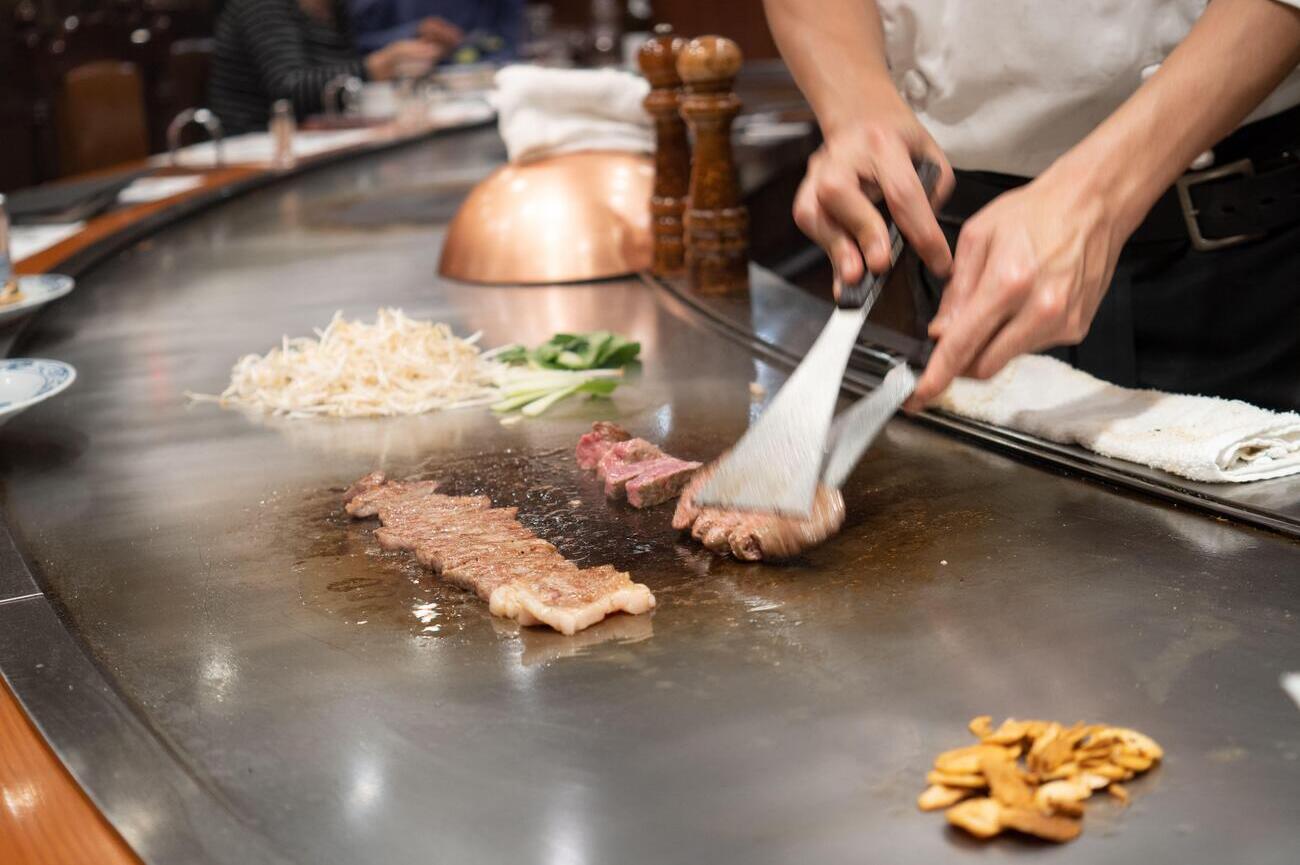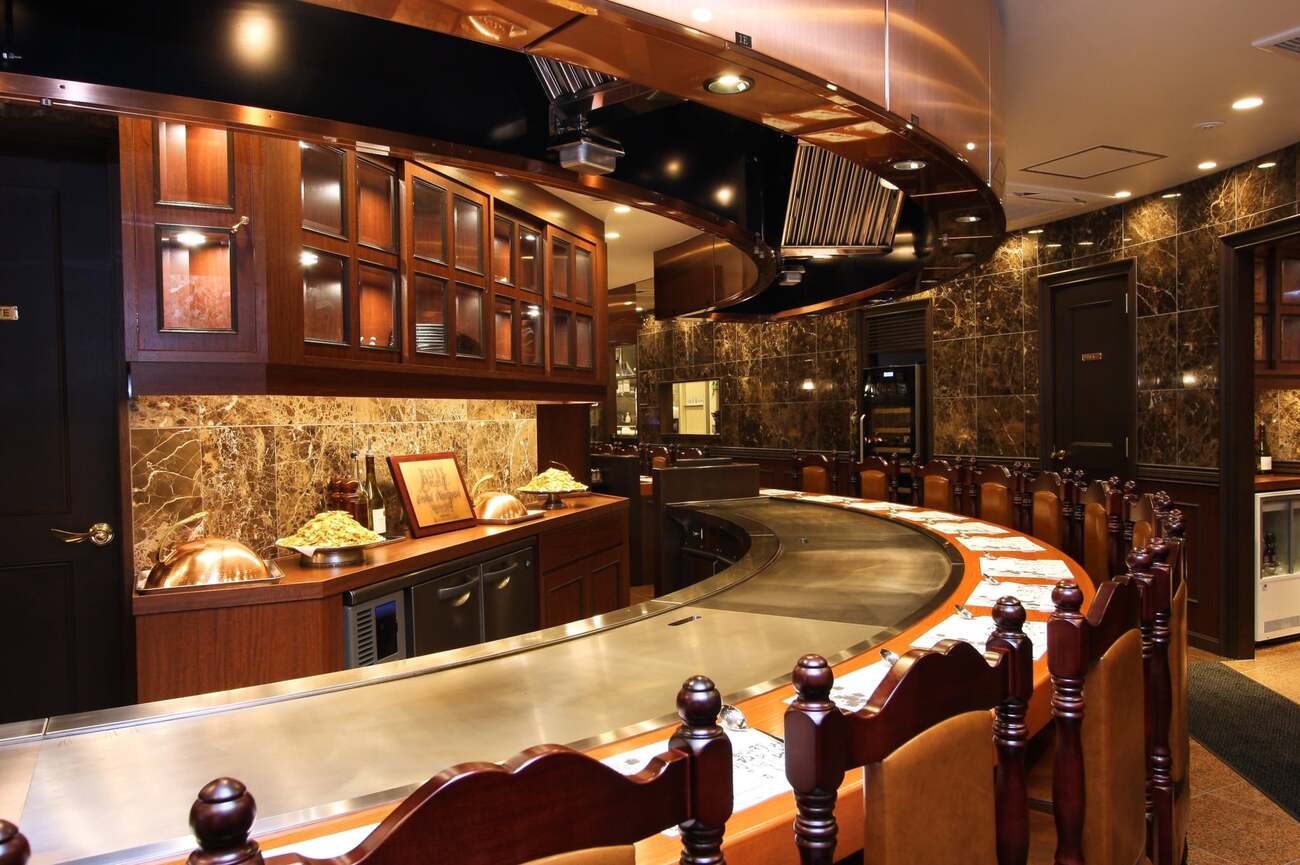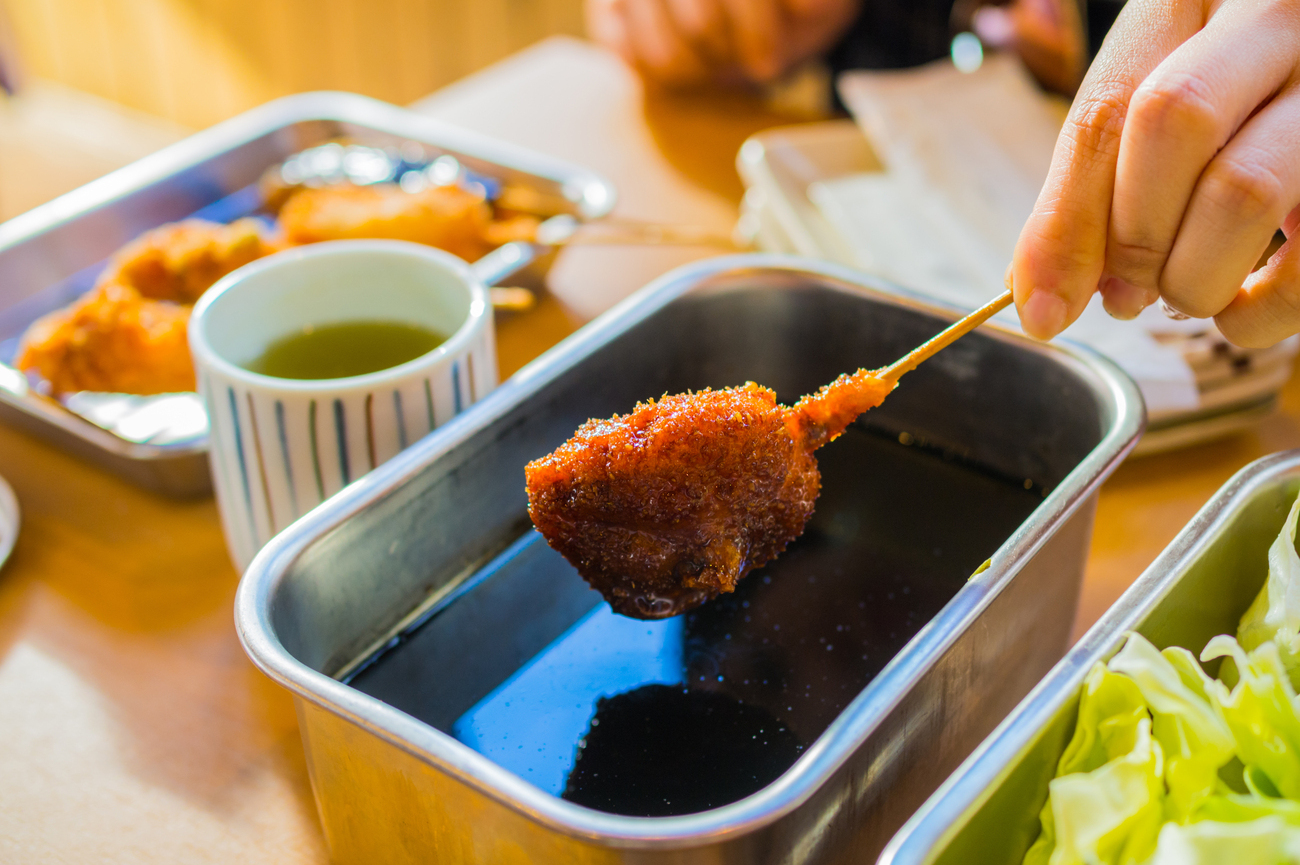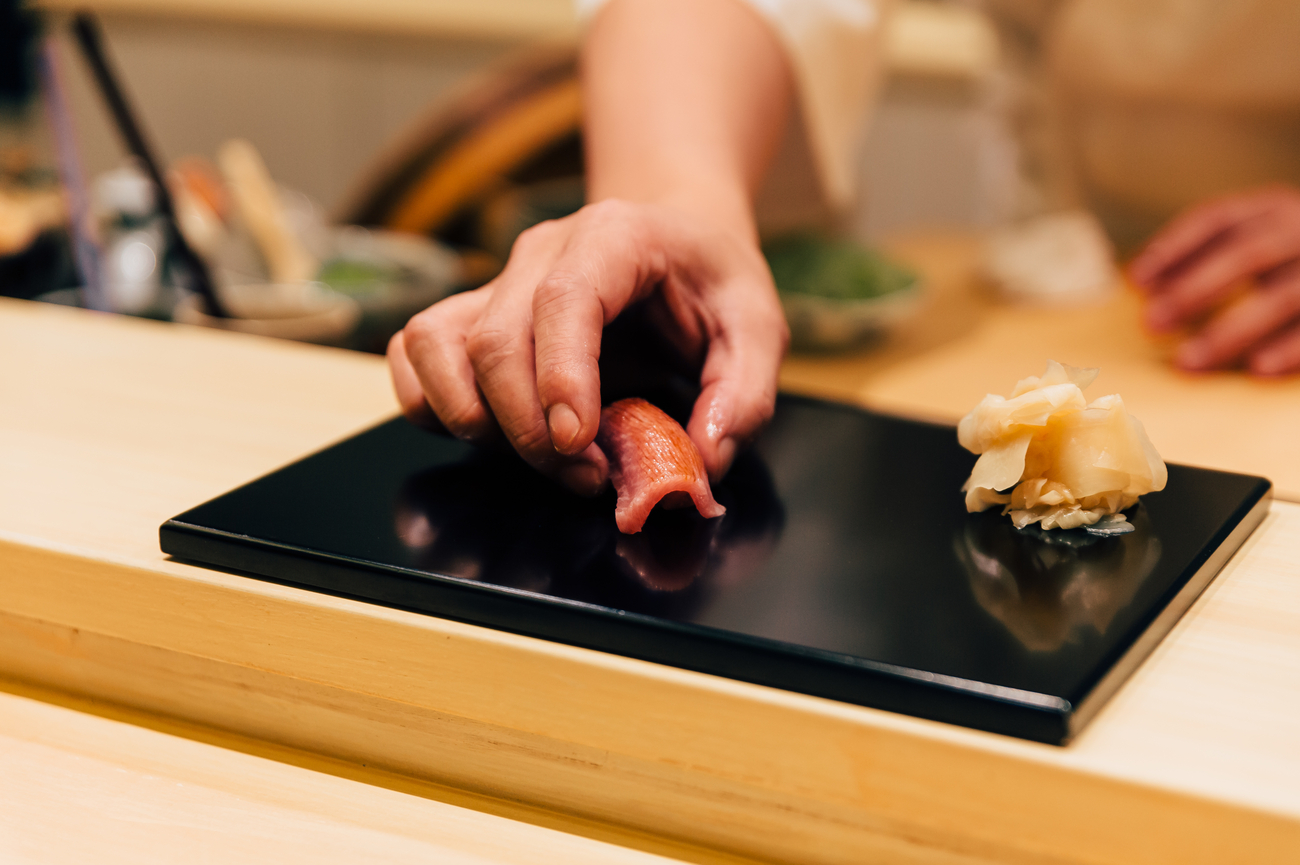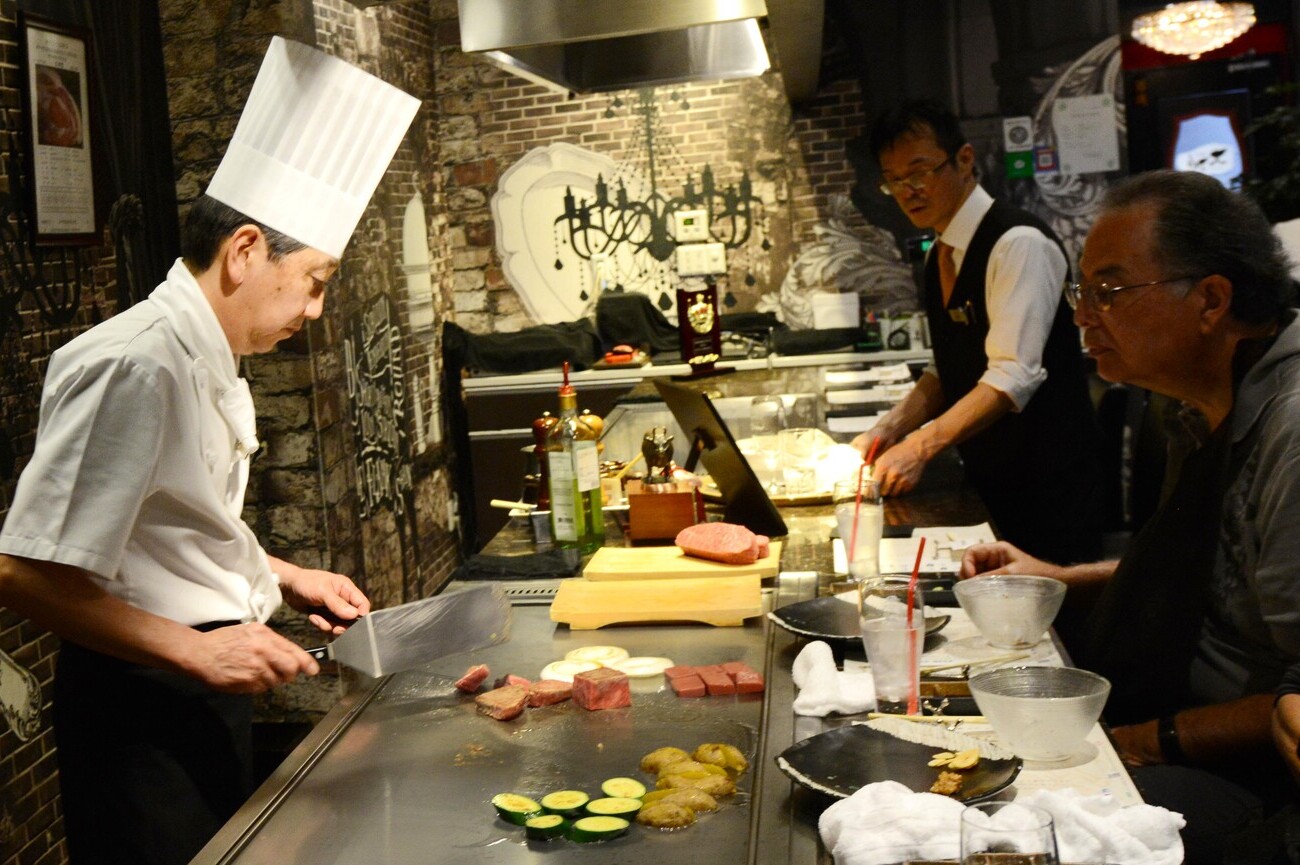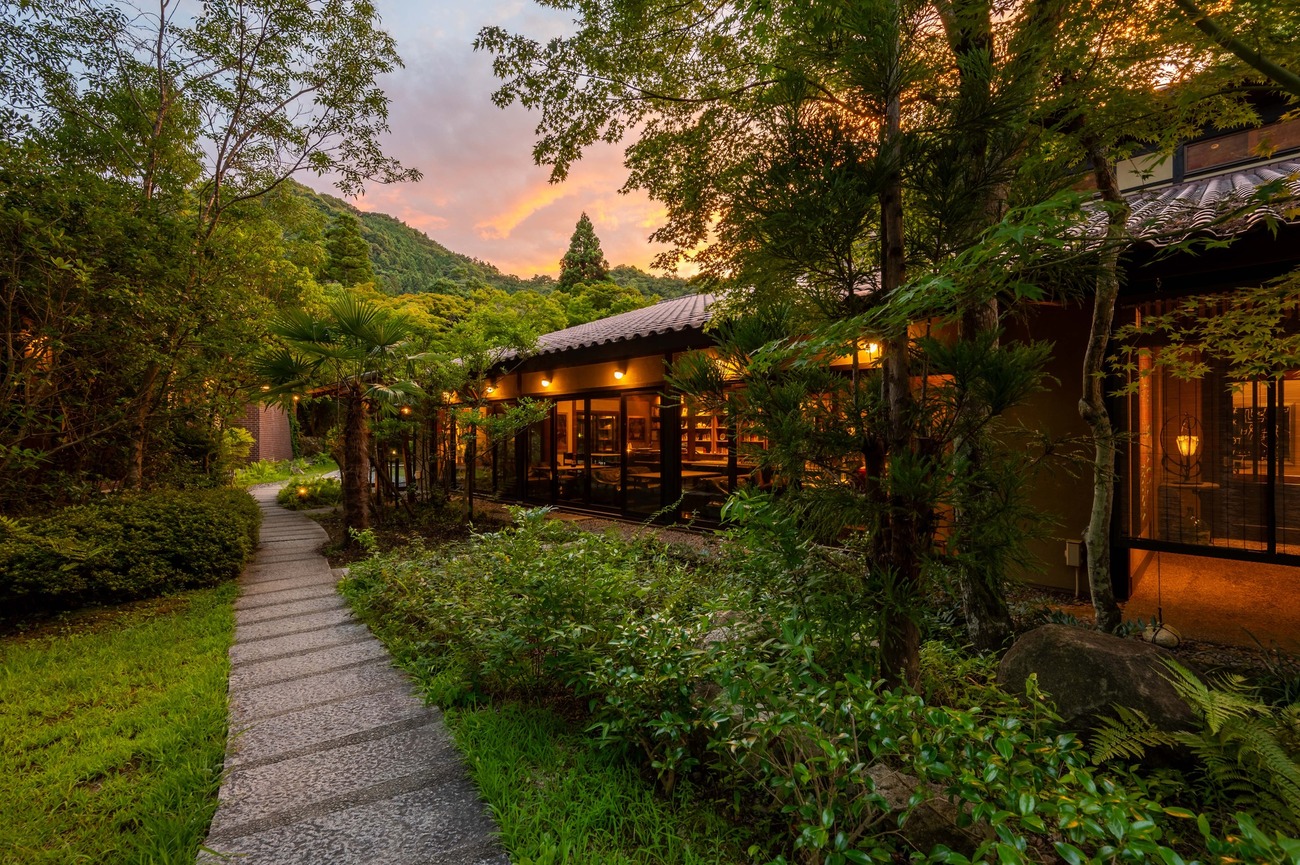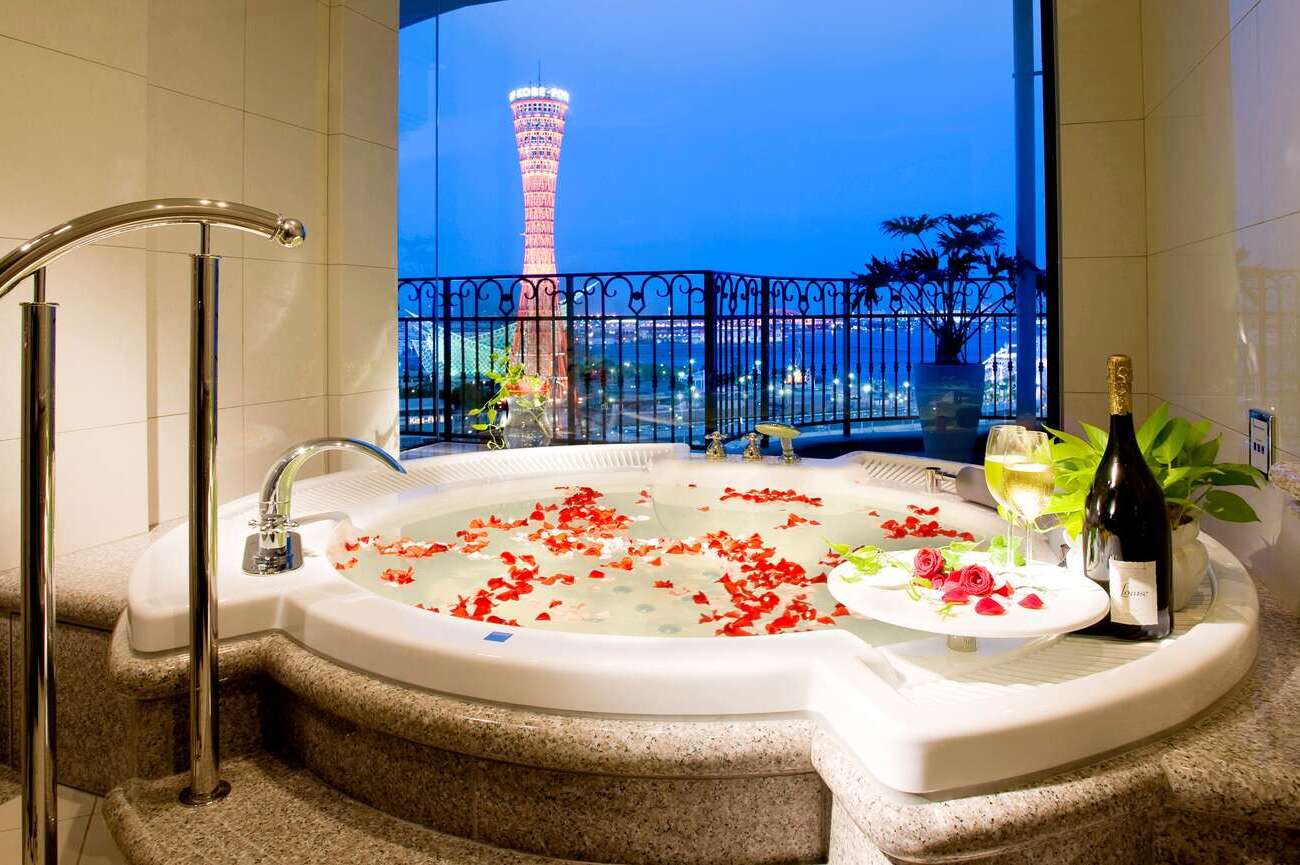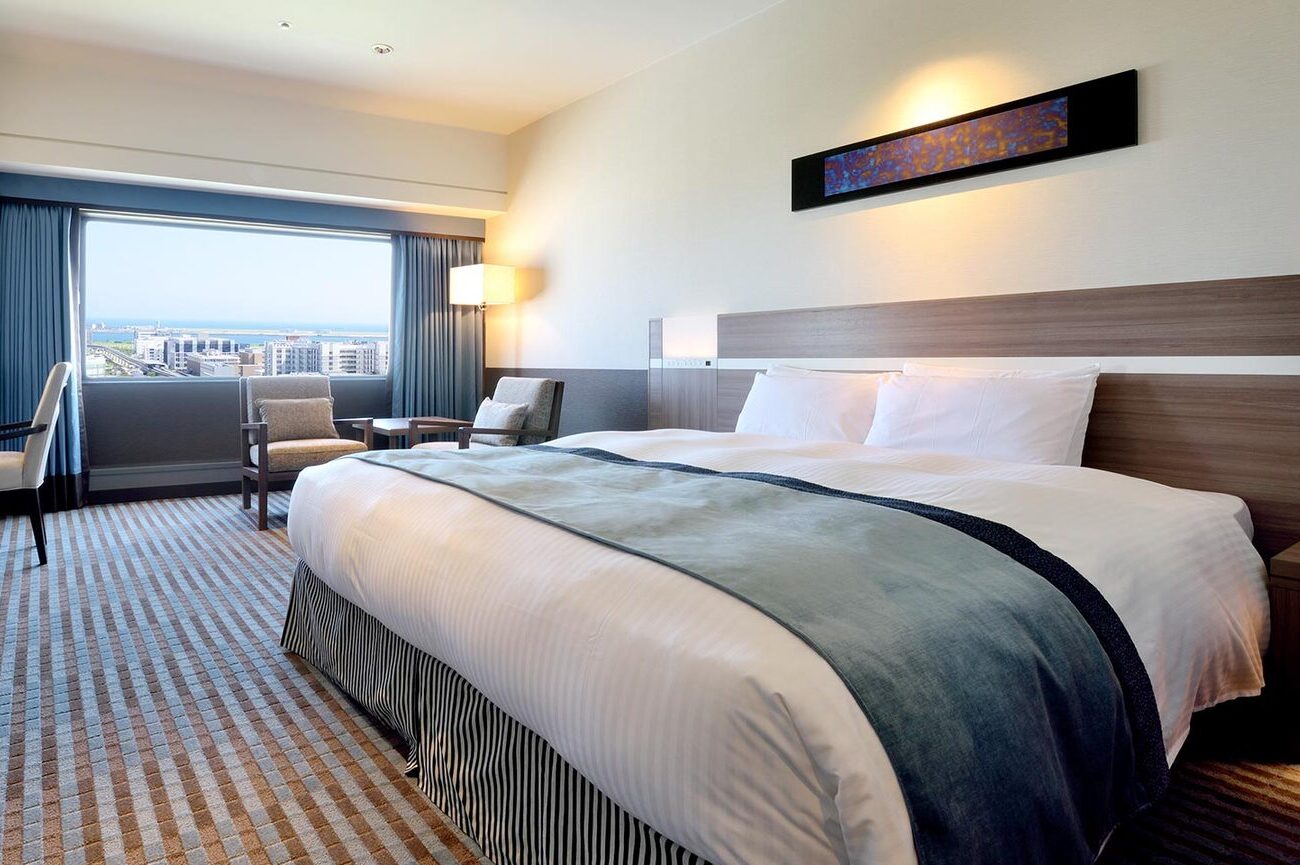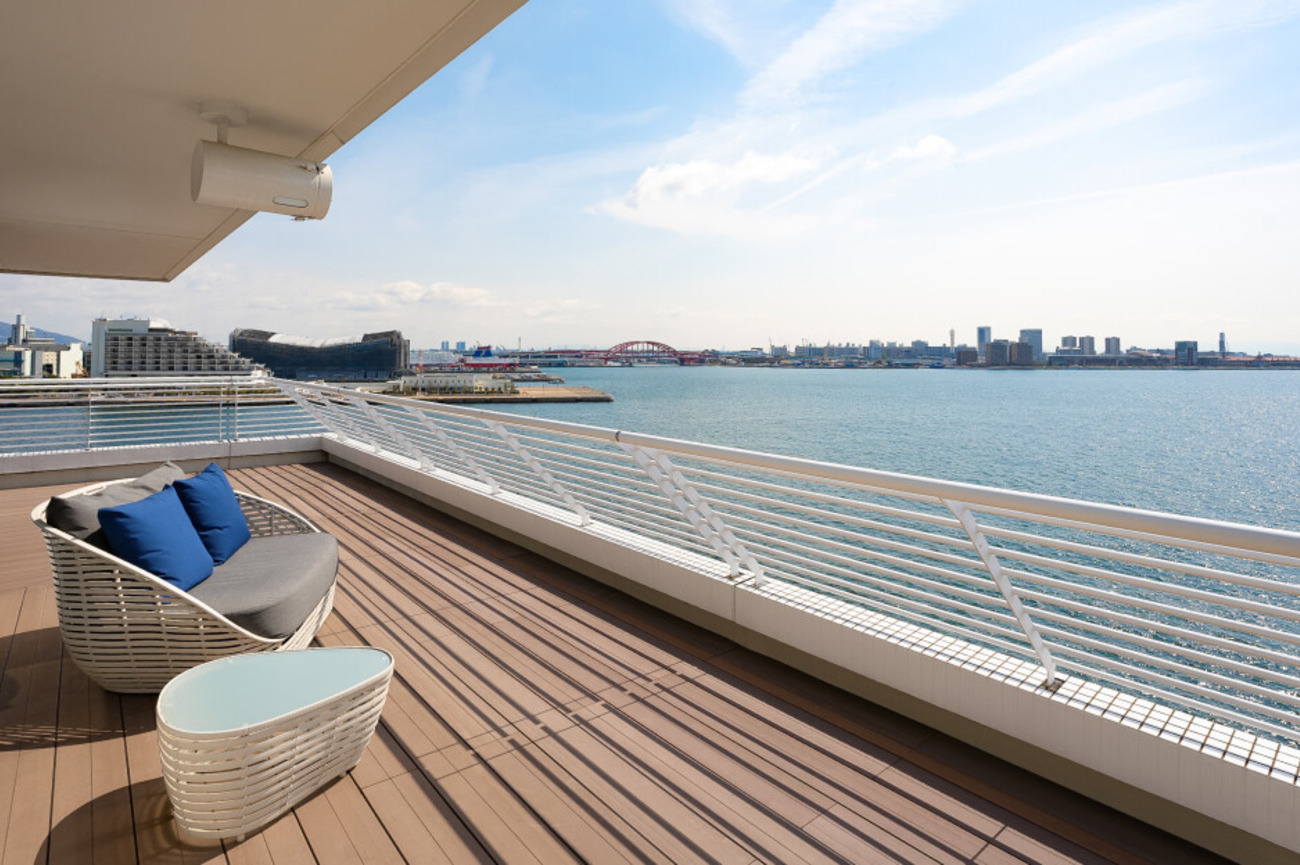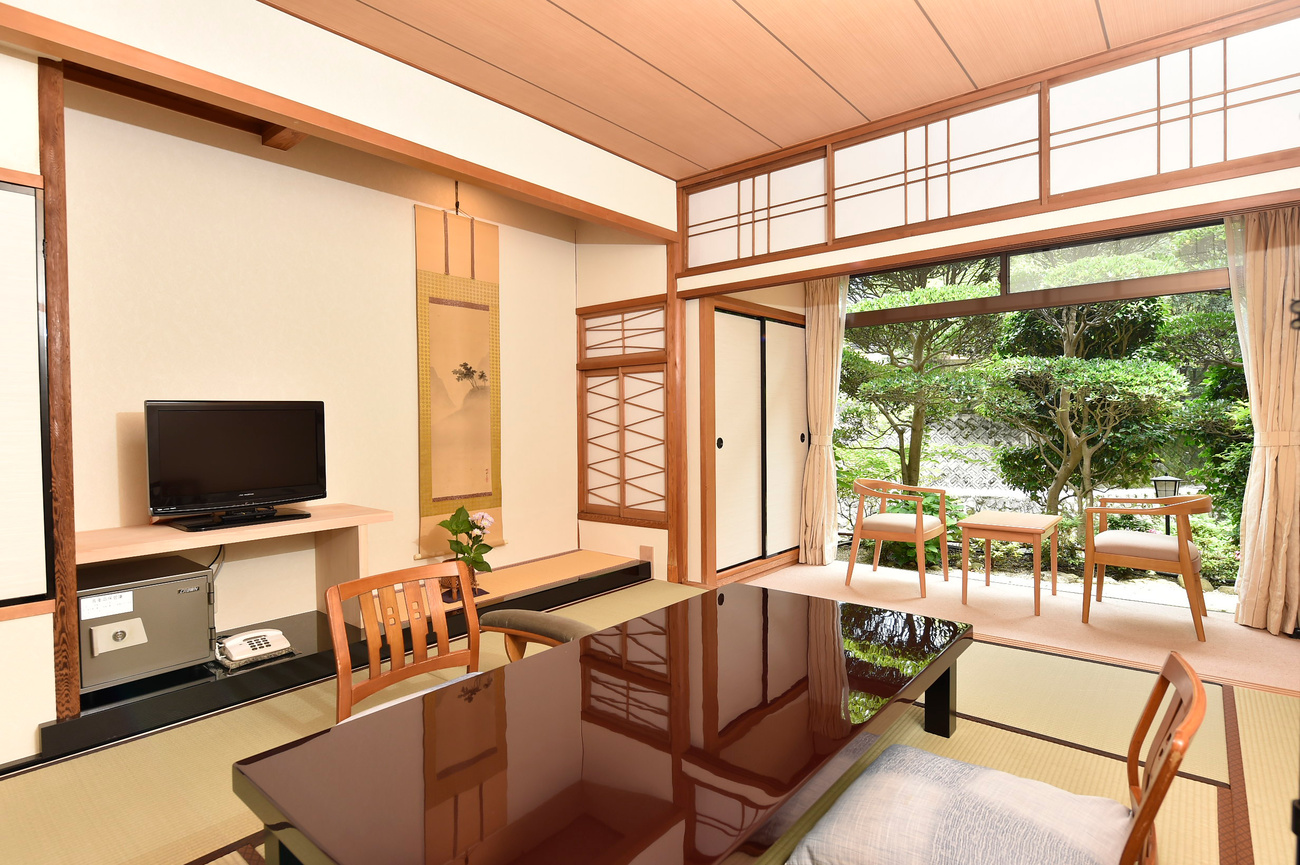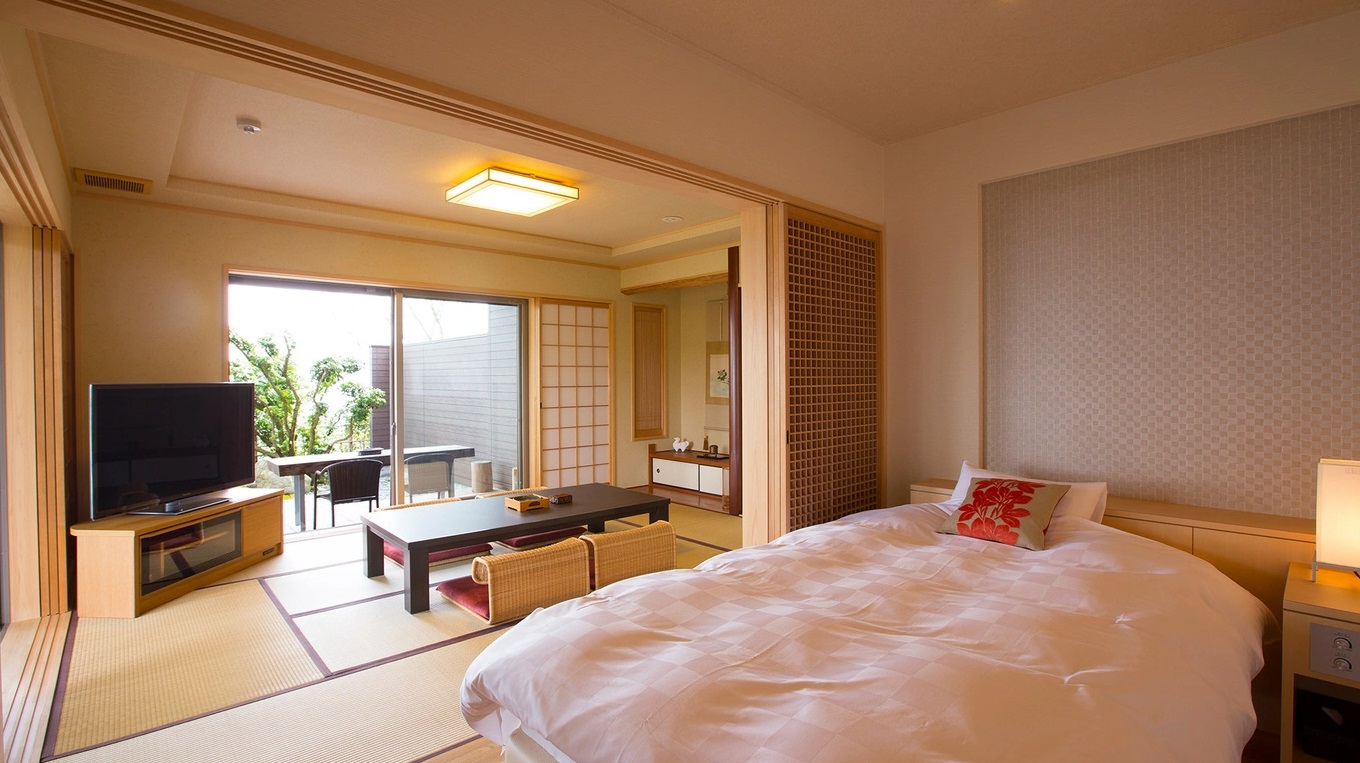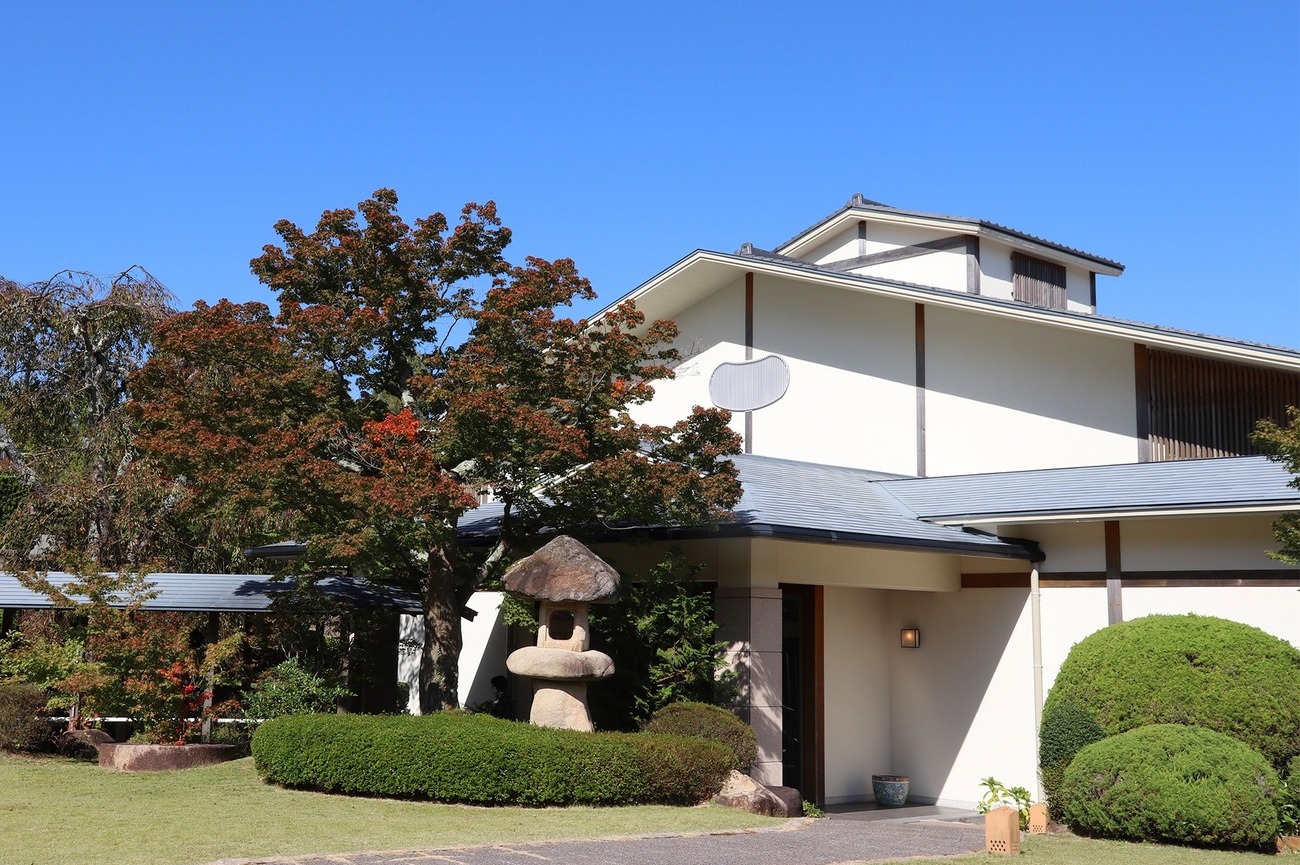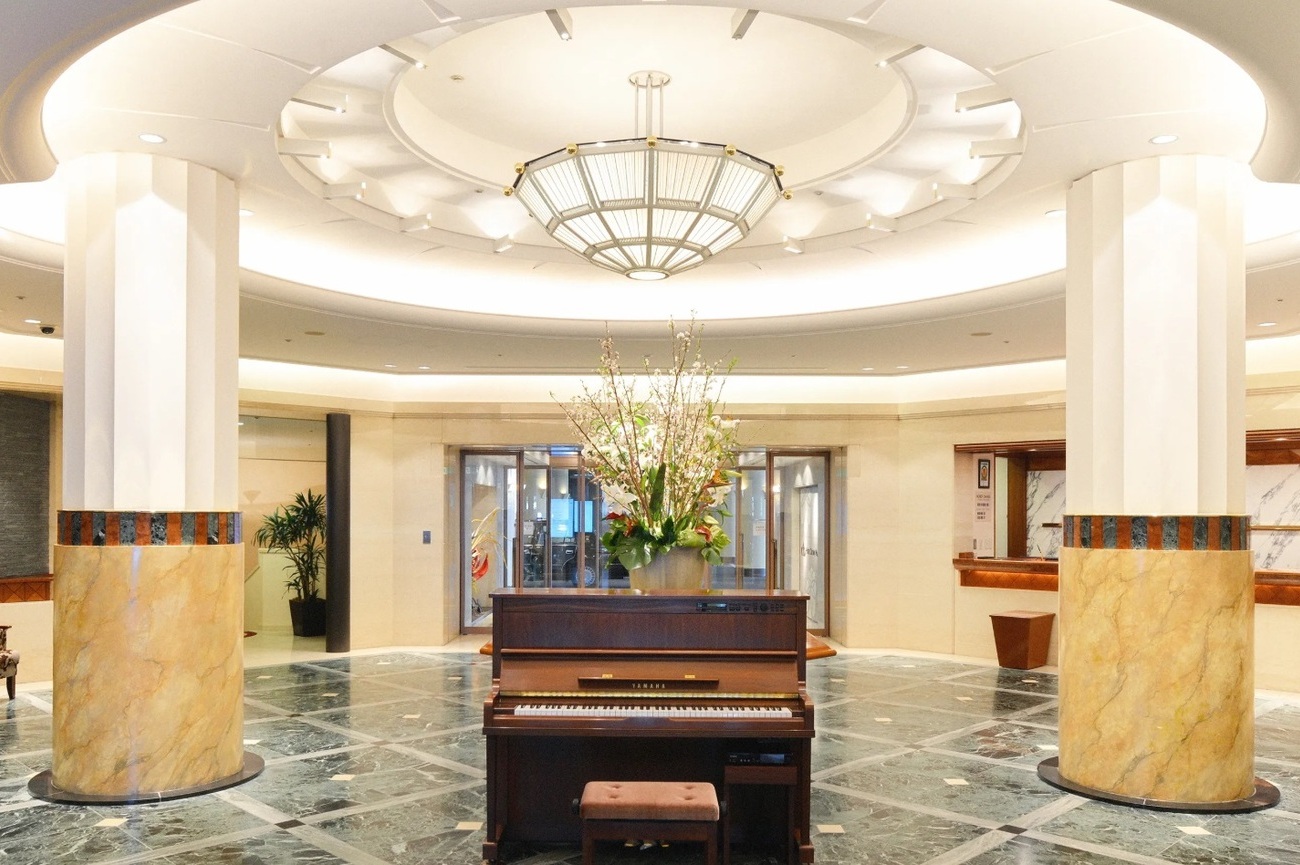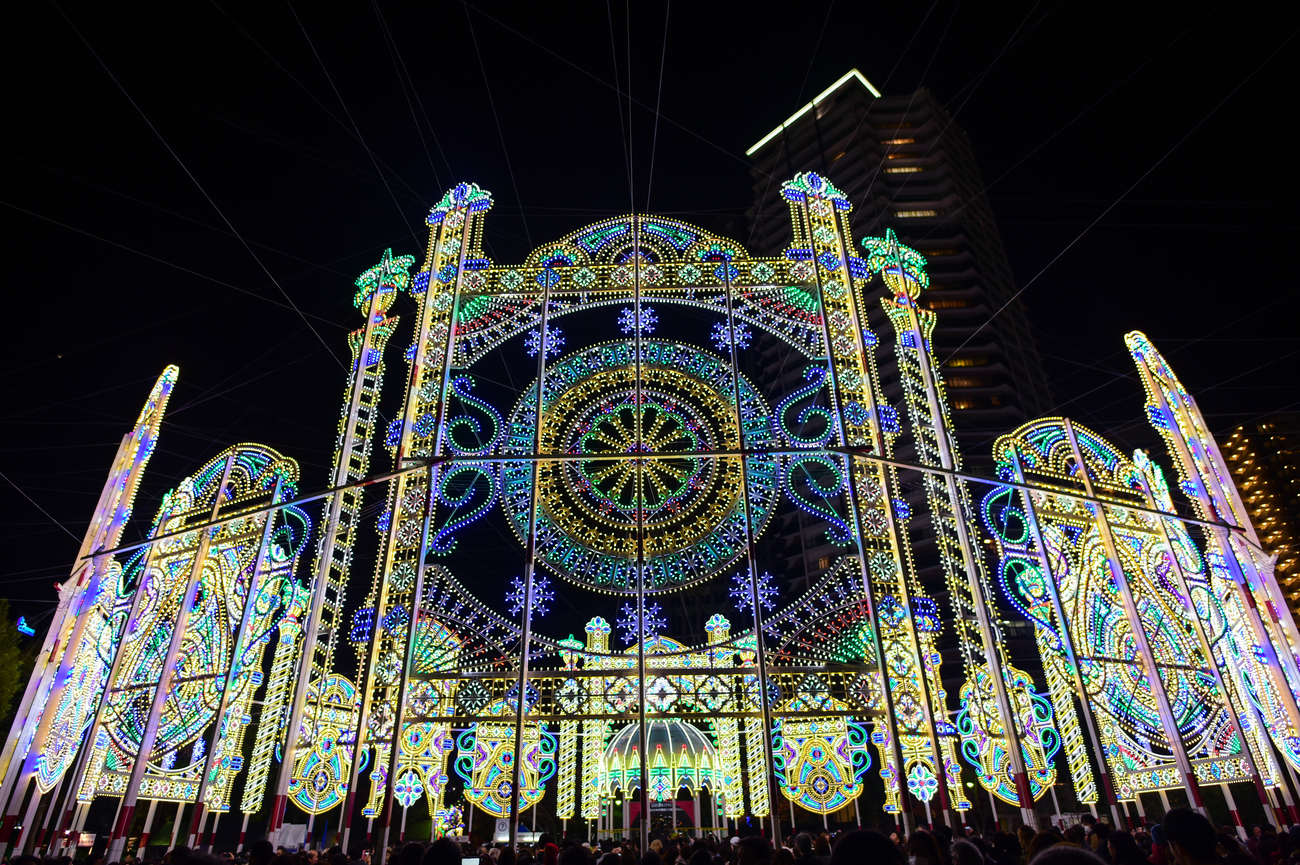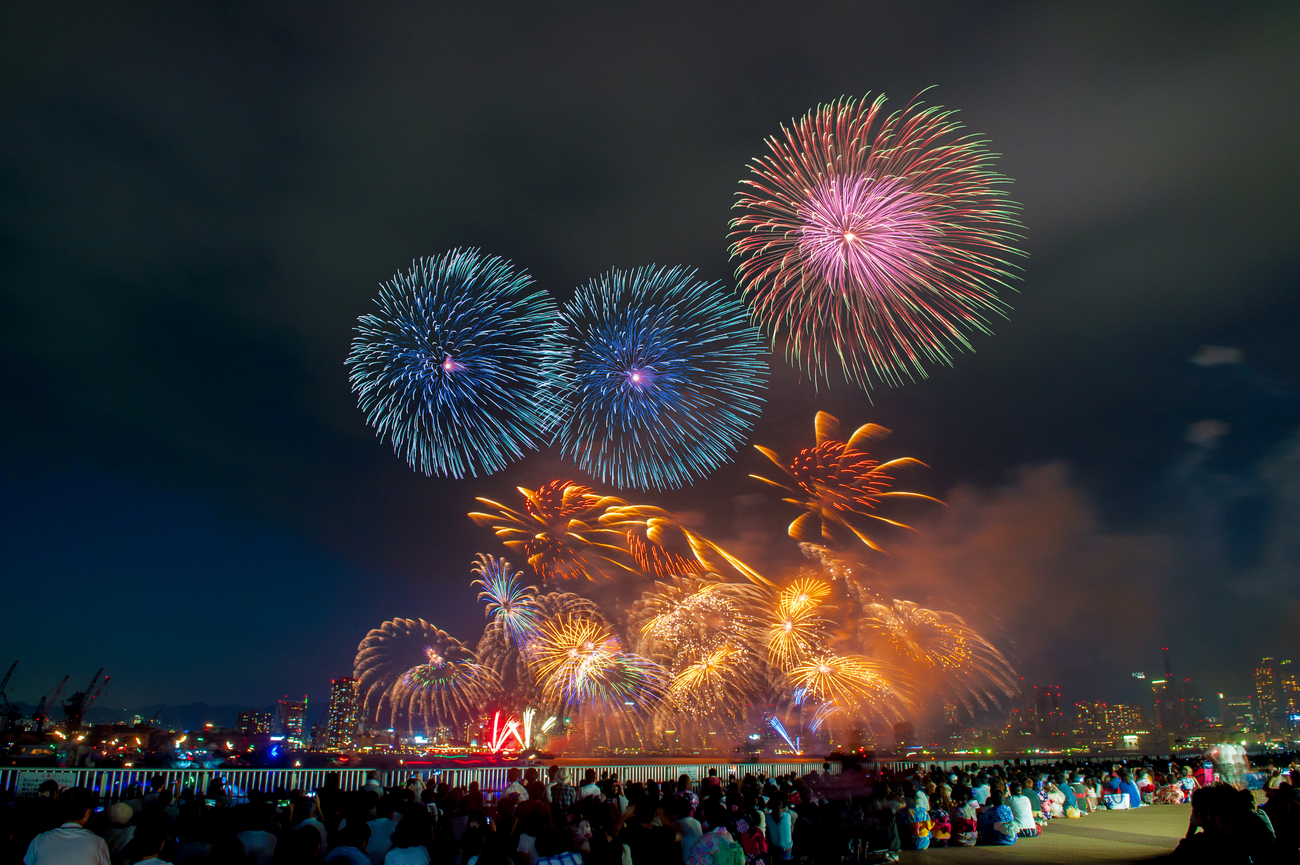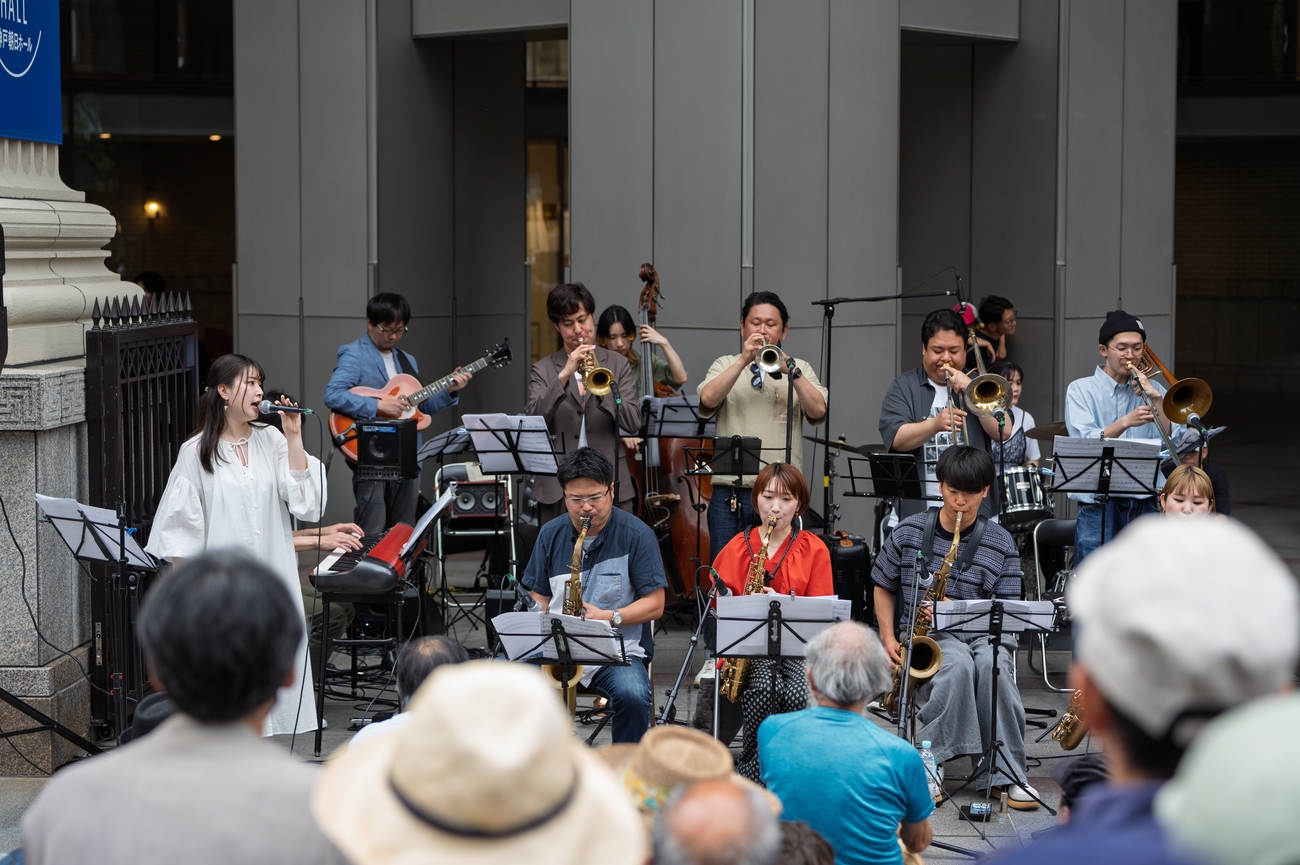Things to Do in Kobe: 3-Day Itinerary
Primarily known for its namesake Kobe beef, Kobe has a lot to offer aside from its prestigious beef. Kobe is a city where East first met West in the 19th century and where foreign merchants built hillside mansions in Kitano. Here, you’ll find traces of Europe in its architecture and where the “BE KOBE” Monument proudly stood as a reminder that what makes Kobe attractive is its people.
In this three day itinerary, we’ll take you to a mountaintop herb garden, tour the Nada sake district (home to Japan’s finest sake), stroll through Kitanochō (the only Western foreign settlement of its kind preserved in Japan), or a relaxing soak in the golden and silver waters of Arima Onsen, and many more. Come discover Kobe with Revigorate.
Day 1

Morning: Kobe City Museum
Begin your journey in the heart of Kobe at the Kobe City Museum. The museum opened in 1982 featuring collections of maps from different regions and eras of Japan, and artifacts from Japan’s earliest cultural imports. The museum also houses collections of Namban Art or Southern Barbarian Art, one of the world’s largest collections.
Ikuta Jinja
Next, take a 12-minute walk to one of Japan’s oldest Shinto shrines, Ikuta Jinja. Locals often come here to pray to the goddess of weaving, Wakahirume, who is said to be good at making connections whether romantic or business connections. Locals pray to her for prosperity in business and happy marriages.
At the far end of the shrine grounds lies the remains of an ancient forest, Ikuta-no-mori, that was once the site of a major battle during the Genpei War, today it’s a peaceful, contemplative spot that house a sub-shrine called Ikutamorizasha, dedicated to the Empress Jingu. Locals pray here for growing things and for safe childbirth.
Day 1, Morning - Kobe Tour Map
Afternoon: Meriken Park
Next, make your way to Kobe’s iconic waterfront, Meriken Park, built in 1987 on reclaimed land between Merikan Pier and Naka Pier, the park is a spacious bayside walk that features the Kobe Port Tower, an earthquake memorial, and Kobe Maritime Museum.
BE KOBE Sign
At the edge of the park, you’ll find the BE KOBE monument, a contemporary art piece and a favourite photo spot among locals. The phrase “BE KOBE” was created 20 yrs after the Great Hanshin-Awaji Earthquake as a civil pride message and reminder that what makes Kobe attractive is its people.
Kobe Port Tower
Still in the Meriken Park grounds, proceed to Kobe Port Tower also known as the “Beauty of the Iron Tower.” Here, you can enjoy a 360-degree panoramic view of Kobe from the glass-enclosed open-air space.
Átoa Aquarium
Just across from the tower, wander through Kobe’s theatrical aquarium, where digital art meets marine animals. There are several themed rooms divided in different floors, and a cafe on the rooftop balcony. Perfect for an immersive attraction with kids.
Kobe Harborland
End your day at Kobe Harborland, a shopping and entertainment district. Here, you’ll find designer boutiques, open-air cafes, and a charming retro ferris wheel lighting up the skyline. Visit the Umie mall and dine in one of the wide selection of restaurants with overlooking views of the habour and the Kobe Port Tower.
Day 1, Afternoon - Kobe Tour Map
Day 2

Morning: The Great Hanshin-Awaji
Earthquake Memorial Museum
Start your second day in Kobe with a time travel to January 17, 1995 when a 7.2 magnitude earthquake hit Kobe, resulting in a catastrophic damage which led to the establishment of The Great Hanshin-Awaji Earthquake Memorial Museum. The institution aims to pass on lessons and experiences of the disaster to future generations.
Takenaka Carpentry Tools Museum
Next, take a 10-minute drive to the Takenaka Carpentry Tools Museum, Japan’s only museum dedicated to traditional woodworking tools. Here, you’ll learn about the traditional Japanese wooden construction techniques and experience how to use Japanese-style saws and planes. The exhibition is divided into seven areas where you’ll learn the history and culture of carpentry tools. It’s an insightful attraction for architecture enthusiasts.
Day 2, Morning - Kobe Tour Map
Afternoon: Sorakuen Garden
From an insightful museum tour, step into a traditional Japanese landscape garden once reserved for the elite, the Sorakuen Garden. Unlike the more famous gardens in Kyoto or Kanazawa, Sorakuen Garden remains blissfully uncrowded. Here, you’ll find koi ponds, moss-covered stone lanterns, and a gracefully arched bridge leading to a tea pavilion.
Kobe Chinatown (Nankinmachi)
Next, follow your nose into Nankinmachi, one of Japan’s three main Chinatowns and. Here, you’ll find piping hot pork buns, tea shops with rare oolong blends, and local favourites like butaman (or steamed pork buns) and shengjian bao (crispy bottom soup dumplings). It’s best to visit here around 3:00-4:00 PM to avoid the lunch crowds and catch the best lighting for photos.
Steakland Kobe-kan
Cap off your day with a sumptuous dinner at Steakland Kobe-kan where you can taste the notoriously expensive Kobe beef in a more budget friendly price. It’s known that Kobe beef has a delicate soft, melt in your mouth beefy taste that doesn’t compare to any other beef. It’s definitely a one of a kind experience. For more restaurant recommendations serving Kobe beef, head to our “Where to Eat in Kobe” section of this article.
Day 2, Afternoon - Kobe Tour Map
Day 3

Morning: Nunobiki Falls
Start your morning at Nunobiki Falls, a series of four waterfalls just a short walk from Shin-Kobe Station. More than just a scenic detour, these falls are said to be one of Japan’s "divine" waterfalls. Prepare for a bit of a hike and wear proper walking shoes with grip as the path is well-kept but can be damp and steep in some places.
Kobe Nunobiki Herb Gardens & Ropeway
After a nice hike to the waterfalls, board the Nunobiki Ropeway, which glides up Mount Rokko, showcasing stunning views of Kobe's cityscape and the Seto Inland Sea. Disembark at the Kobe Nunobiki Herb Gardens, Japan’s largest herb gardens with around 75,000 herbs and flowers. Aside from the botanical garden experience, here, you’ll enjoy a panoramic view of Kobe City, and restaurants serving herb-infused dishes, and a luxury café lounge.
Day 3, Morning - Kobe Tour Map
Afternoon: Mount Rokkō
After a blissful botanical experience, head to Mount Rokkō, about a 43-minute drive from Nunobiki Herb Gardens. Mount Rokkō is the crown jewel of Kobe’s natural skyline, even the ride going up the mountain is an attraction in itself, winding through pine forests with each turn revealing panoramic views of the bay below.
Rokkō Garden Terrace
At the summit, explore the Rokko Garden Terrace, a cluster of stylish boutiques, cafes, and viewing decks. Here, you’ll see overlooking views of Akashi Strait, taking in the Osaka Bay. And then stop for a quick snack at Granite Café and try their Kobe beef patty and latte drinks, they also serve rice meals here perfect for late lunch or early dinner.
Kikuseidai Viewpoint
From Mount Rokkō, make your final stop at Kikuseidai viewpoint, perched on Mount Maya’s ridge, about 19-minute drive. This viewing platform is named for the poetic idea of “scooping up the stars.” And once you’re here, you’ll see why. The journey up the viewpoint only takes 1.5hrs from the trailhead at Maya Cable station to Kikuseidai. At the top you can rent an electric bicycle for easy access to mountain top attractions, such as Tenjo-ji temple, Rokkosan Pasture and Lake Hodaka. Arrive about 30 minutes before sunset to secure the best viewing spot and watch as the city becomes a constellation in itself, a breathtaking finale to your Kobe journey.
Day 3, Afternoon - Kobe Tour Map
Other Things to Do in Kobe
- Shakubuji Temple: Located on the northern hills of Kobe, Shakubuji offers a peaceful alternative to more frequented temples. Surrounded by forest and framed by ancient stone steps, it’s an ideal spot for a quiet morning hike or a moment of reflection.
- Suma-dera Temple: Associated to the Genpei War and Japan’s literary epic The Tale of the Heike was built in 886 and houses not only temple halls but also monuments, statues, and landscape gardens.
- Akashi-Kaikyo Bridge: The world’s longest suspension bridge, Akashi-Kaikyo links Kobe to Awaji Island and features panoramic views across the Inland Sea. Here, we can book you a “Maiko Marine Promenade” walk inside the bridge’s girders.
- Kobe Brick Warehouse: This restored Meiji-era warehouse complex near Harborland now houses art galleries, cafes, and artisan shops. It has this industrial-chic aesthetic with its exposed beams and harbour backdrop, making it a perfect photo spot.
- Kitanochō: This charming hillside district is a time capsule of Kobe’s international past. Wander through Western-style mansions that was once owned by foreign diplomats and traders.
- Hyogo Prefectural Museum of Art: Designed by architect Tadao Ando, this waterfront museum is a minimalist masterpiece. Inside, you’ll find rotating exhibitions of Japanese and international contemporary art, with large windows framing the sea.
- Sannomiya Center Gai Shopping Street: This busy shopping street offers everything from local streetwear to traditional sweets. It’s a great spot to shop for gifts or savour wagashi and coffee.
- Hakogi House: A hidden cultural heritage home, Hakogi House is a preserved machiya (traditional townhouse) that offers a glimpse into Kobe’s merchant history. It’s quiet, uncrowded, and feels like stepping into a lived-in page of history.
Day Trips from Kobe
- Arima Onsen: Just 30 minutes from central Kobe, Arima Onsen is one of Japan’s oldest and most prestigious hot spring towns. Located in the mountains behind Mount Rokkō. Here, you may enjoy a private rotenburo bath at a luxury ryokan followed by a kaiseki lunch with views over maple-lined valleys.
- Himeji Castle: Less than an hour away lies the UNESCO-listed site, Himeji Castle. Arguably Japan’s most iconic castle and a pristine example of feudal-era architecture. It’s nicknamed the “White Heron Castle” and is also listed as Japan’s national treasure, it has never been destroyed by war or natural disaster.
- Nada Sake District: A must visit for sake lovers, the Nada Sake District is Japan’s most famous brewing region, thanks to its perfect brewing conditions: high-quality rice, mineral-rich mountain water, and cold sea breezes. Here, you can visit Kobe Shu-shin-kan or Hakutsuru Sake Brewery Museum for guided tastings.
- Awaji Island: Cross the Akashi-Kaikyo Bridge (one of the world’s longest suspension bridges) to reach Awaji Island. Hare, enjoy a nice stroll through the Awaji Yumebutai botanical complex, designed by famous architect Tadao Ando or experience a personalised incense-making session.
- Osaka: Just 30 minutes away by train. Experience Japan’s culinary capital and visit Osaka Castle, shop the luxury brands in Shinsaibashi, or dive into the nightlife of Dotonbori.
- Kyoto: Less than an hour by express train, explore the city of a thousand temples and wander through 17 UNESCO World Heritage Sites all found in the city of Kyoto.
Golf Courses Near Kobe
- Kobe Golf Club: Japan’s first golf course, built on Mount Rokkō in 1903 by English expatriate, Arthur Groom. Here, the course layout is uniquely suited to its mountainous terrain, with narrow fairways, dramatic elevation changes, and stunning views of Kobe and Osaka Bay.
- Arima Royal Golf Club: Located near the famous hot spring town of Arima. This golf course has been the venue for Japan’s most prestigious golf tournaments, such as Japan Open Golf Championship and many other historic games.
- Rokko Kokusai Golf Club: A top pick for experienced golfers, Rokko Kokusai is known for its well-maintained bentgrass greens and technical layout. This spacious 36-hole course is recognised as one of the best golf courses in Japan.
- Rokko Country Club: Features an 18-hole course set against a stunning mountain backdrop. It’s a favourite among local executives and offers a classic vibe and easy access from Hanshin Highway Route Kita-Kobe Line.
- Hyogo Country Club: This 18-hole course is a joy to play for all generations as it features a ladies’ tee (for women only), and a rainbow tee (for beginners, seniors and juniors). The atmosphere is a peaceful woodland with a modern touch
- Kobe Pine Woods Golf Club: Located on the southern slope overlooking the Rokko mountain, this 18-hole course offers wide fairways and is conveniently flat with only few ups and downs, ideal for relaxed vacation rounds or mixed-skill groups.
Racecourses Near Kobe
- Hanshin Racecourse: Just 30–45 minutes away in Takarazuka, Hanshin Racecourse hosts some of the country’s top races, including the Hanshin Juvenile Fillies and Takarazuka Kinen. It’s a major name in Japanese thoroughbred racing. The venue itself is grand, with tiered seating, sophisticated dining lounges, and rooftop views of the entire track.
- Sonoda Racecourse: Located in Amagasaki, less than 40 minutes from Kobe, Sonoda Racecourse is one of the region’s best-kept secrets. Known for its more relaxed, community-focused vibe, it offers flat dirt track racing and a polished viewing experience.
Ski Resorts Near Kobe
- Rokko Snow Park: Just 30 minutes from Kobe’s city centre, Rokko Snow Park features a gentle introduction to winter sports with stunning views of the city lights below. This compact, well-maintained resort is perfect for families or beginners looking to ski or snowboard.
- Sky Valley Ski Resort: About two hours from Kobe by car, Sky Valley features more challenging slopes, with a good mix of beginner and intermediate terrain. It’s a favourite among Kansai locals looking for a slightly more advanced skiing experience.
- Mikata Snow Park: Ideal for all skiers from beginner to intermediate. The snow park features ample facilities such as a half-pipe, box, and kicker, as well as various slopes, including “God Fox” where you can enjoy skiing in a relaxed way
- Hachi Kita Kogen Ski Resort: Located on the southwestern slopes of Mt. Hachibuse, about 2.5 hours from Kobe. Hachi Kita Kogen is one of the largest and most developed ski areas in western Japan, it offers wide runs, terrain parks, and well-groomed snow perfect for both beginners and experienced skiers.
Vineyards Near Kobe
- Kobe Agri Park: Formerly known as Kobe Winery, the park reopened in April 2025 with a fresh new look and expanded offerings. At its heart is the winery, where visitors can sample local wines, tour the wine-making facilities and stroll its 2-hectare vineyard. The park also features a café, restaurants, BBQ areas, and a ceramics museum with hands-on workshops.
Brewery Tours and Sake Tasting in Kobe
- Nadagogo Sakedokoro: A former sake brewery now a restaurant. Here, you can enjoy Japanese sake from 26 breweries in Nadagogo and food based on the theme of "seasonal, local, compatible, fermented". They also hold regular workshops where you’ll learn more about sake and Nadagogo.
- Hakutsuru Sake Brewery Museum: One of Japan’s most internationally recognised sake brands. The Hakutsuru Brewery Museum offers an immersive experience into the world of sake. Here, you’ll learn the meticulous process of sake making as well as the traditional brewing techniques and the cultural significance of sake.
- Kobe Shu-shin-kan Breweries: Established in 1751, the compound houses the Sakuramasamune brand, known for its crisp, dry style and Fukuju "fortune and long life" brand. Inside the compound, there are on-site recreational facilities, including a fine dining restaurant Sakabayashi, Kobe Shushin-Kan Hall hosting concerts, and a garden setting.
- Kikumasamune Sake Museum: Founded in 1659, is a long-established sake brewery with over 350 years of history. The Kiku-Masamune Sake Brewery Museum offers a glimpse into this history and the brewing process, including a Barrel Meister Factory and a Sake and Sake Ware Exhibition Hall.
- Kirin Beer Kobe Brewery: The brewery offers insight into how beer is made through a guided tour around the factory. During the tour you’ll get to touch some beer hops, smell some barley. Afterwards, you can help yourself to any Kirin beers you want. But of course, drink responsively.
Luxury Spa & Wellness Experiences in Kobe
- Arima Onsen: No wellness journey in Kobe is complete without a visit to Arima Onsen, one of Japan’s most historic and luxurious hot spring towns. Here, you can enjoy a private suite with an open-air rotenburo.
- Luana Spa - Kobe Portopia Hotel: Located within one of the city’s premier luxury hotels, Luana Spa combines Japanese hospitality with Hawaiian-inspired treatments. Choose from aromatherapy, deep-tissue massage, or a detoxifying body wrap, all performed with premium oils.
- Vivo Tesera - Kobe Meriken Park Oriental Hotel: Offers a resort-style wellness experience complete with Japanese-style baths, dry treatment course to relieve fatigue, and body refreshing detox oil treatment course.
Observatories in Kobe
- Mount Maya: Among Japan’s “Three Great Night Views,” the Kikuseidai Observatory atop Mount Maya is true to its name as “a platform to scoop up the stars.” It’s a see it to believe it kind of experience. The viewpoint is especially magical at dusk, when city lights begin to twinkle one by one.
- Rokko-Shidare Observatory: Designed by renowned architect Hiroshi Sanbuichi. The structure was built to interact with the natural elements of wind, light, and temperature. Inside, the air is noticeably fresher, and the view is framed through a delicate lattice of wooden ribs.
Exclusive Workshops & Immersive Experiences in Kobe
- Kanetetsu Delica Foods Tecchan Kōbō: Experience making your own handmade fish cakes at Kanetetsu Delica Foods. Here, you can shape into however shape you want your fish cake paste to be, steam it and then eat it on the spot or take it home as a souvenir.
- Create Beads at Kobe Lampwork Glass Museum: Located in the Kitano district, this museum slash studio is dedicated to the art of lampwork glass. Under the guidance of skilled artisans, you’ll learn to manipulate molten glass into shimmering beads then turn them into a bracelet, pendant, or keepsake.
- Kobe Culinary Workshop: Hosted by local chefs in a private kitchen, this hands-on workshop will teach you how to prepare a multi-course meal using local, seasonal ingredients, with wine or sake pairings curated just for your group.
- Tamba Pottery Experience: Head into the rural outskirts of Kobe to discover Tamba-yaki, one of Japan’s Six Ancient Kilns. Here, you can throw your own piece on the potter’s wheel, guided by a Tamba master. It's a meditative, tactile experience rooted in centuries-old ceramic tradition.
- Kobe Pearl Experience: Board a restaurant cruise ship where aside from a sumptuous lunch you can enjoy a pearl decorating experience using gold leaf.
- Incense Making Experience on Awaji Island: Known as the birthplace of Japanese incense, Awaji Island offers a workshop surrounded by sea breezes. Here, you’ll blend resins, woods, and herbs to create your own incense sticks. A memorable keepsake from your Kobe journey.
Things to Do with Kids in Kobe
- Kobe Ōji Zoo: Home to over 800 animals, including a beloved giant panda, Ōji Zoo offers a small amusement park within the grounds, and even a preserved early 20th-century European house to explore.
- Glicopia Kobe: A factory and museum dedicated to Japan’s iconic snacks, including Pocky. The interactive tour shows how these sweet treats are made, with a tasting and a gift bag to take home at the end of the tour.
- Arima Toys & Automata Museum: Located in the heart of Arima Onsen, this museum is a treasure chest of handcrafted wooden toys, vintage automata, and global playthings. The museum houses 40,000 toy collections showcased on the third to sixth floor of the museum.
- Rokkosan Pasture: This alpine farm park located on Mount Rokko is perfect for animal lovers. Children can pet sheep and goats, sample fresh milk ice cream, and try their hand at butter-churning or wool-felting workshops.
Where to Eat in Kobe
- Kujira no Andy: A Japanese-French fusion restaurant located in the hills of Kitano. The restaurant is known for its imaginative tasting menus and handwritten wine notes, it feels more like a dinner party at a chef’s home than a traditional restaurant.
- Wakkoqu: A legendary name when it comes to Kobe beef, Wakkoqu offers an intimate teppanyaki experience where each slice is grilled with precision. Their sommelier also curates exquisite wine pairings, including rare Japanese vintages.
- Mouriya: Another institution in the world of Kobe beef, Mouriya has been perfecting its craft since 1885. Aside from the usual lunch and dinner menu, Mouriya offers special courses such as the “anniversary plan” fit for wedding anniversaries, birthdays, or special occasions. Their premium course menus are a true indulgence.
- Steakland Kobe-kan: A favourite for those wanting excellent value without sacrificing quality, Steakland delivers flavour and flair. Here, chefs cook right before your eyes with entertaining showmanship.
- Kushi Katsu A-bon: a Michelin-starred restaurant known for its upscale kushi-katsu. They serve golden-fried skewers with seasonal ingredients, truffle dipping sauces, and Champagne pairings. It’s where street food goes haute.
- Sushi Jōsuke: A minimalist, reservation-only sushi bar tucked located in the Motomachi area, Sushi Jōsuke offers an omakase experience. The chef sources directly from Akashi and Himeji ports where seafood is sold fresh.
- Kobe Beef Daichi: Ideal for those who want a less touristy take on Kobe beef. They serve carefully selected Kobe beef from the prestigious Nakanishi Farm. Their private rooms make it perfect for small groups or discreet business dinners, or even anniversaries, birthdays, or casual dining.
Where to Stay in Kobe
- Arimasansoh Goshobessho: This 5-star hotel is a secluded retreat set within Arima’s hot spring town. The interior combines the simplicity of traditional Japanese ryokan with the design sensibility of a luxury villa. Perfect for wellness seekers and honeymooners.
- La Suite Kobe Harborland: This 5-star hotel is the first hotel in Japan to receive entry into the Small Luxury Hotels of the World™. Every room features private balconies with an ocean view terrace and lavishly appointed interiors and spa-like bathrooms.
- Kobe Portopia Hotel: This 4-star hotel is a landmark property featuring panoramic views of the harbour and Mount Rokko. Portopia is spacious, polished, and well-equipped with multiple restaurants, a full-service spa, and executive lounge floors. Ideal for business travellers or families.
- Kobe Meriken Park Oriental Hotel: This 4-star hotel is iconic and instantly recognisable from its location on the water, it resembles the Sydney Opera House. This circular hotel offers stunning views in every direction. Choose a harbour-facing suite for a beautiful sunrise view.
- Gekkoen Yugetsusanso: This 4-star hotel has private onsens and elegant tatami rooms overlooking lush mountains, Gekkoen is a classic choice for luxury ryokan seekers. Their seasonal kaiseki dinners are artful and exquisitely balanced.
- Ajisai Ocean Terrace: This 3-star hotel is a luxury ryokan offering only 5 guest rooms, each with a different view of the rich four seasons of Rokko and the night view of Kobe. The four seasons of Rokko can be seen from the calming rooms and spacious bathrooms.
- Hyoe Koyokaku: This 3-star hotel is a historic ryokan known for its grand architecture and variety of onsen baths. Hyoe Koyokaku has hosted dignitaries and celebrities for generations. They offer traditional multi-course cuisine and traditional Japanese hospitality where they prepare the futon bedding at night after the guests finish dining.
- Hotel Crown Palais Kobe: This 3-star hotel is elegant yet accessible, Crown Palais offers harbour views, proximity to Kobe Station, and rooms with views of the Rokko Mountains and the port.
Best Time to Visit Kobe
Spring (March - May): Spring is arguably the most picturesque time to explore Kobe. Cherry blossoms bloom across the city from the quiet paths of Ikuta Shrine to the slopes of Mount Rokko and the riverside trails of Nunobiki Falls. Temperatures are comfortable, skies are clear, and seasonal dishes feature delicate spring herbs and bamboo shoots. Perfect for garden strolls, daytime sightseeing, and open-air dining with floral views.
Pack light layers, a windproof jacket, and comfortable walking shoes.
Autumn (October - November): Autumn in Kobe is cinematic. It’s when the mountains ignite in shades of amber, crimson, and gold. Best time to visit Sorakuen Garden, Mount Maya, and Rokko Garden Terrace for fall foliage. The air is crisp and invigorating, ideal for hikes, cultural festivals, and sake tastings. Perfect for nature photography, vineyard tours, and seasonal kaiseki cuisine.
Pack stylish layers, a scarf or shawl for cooler evenings, and a camera for leaf-peeping.
Winter (December to February): Winter in Kobe is quiet luxury. Snow dusts Mount Rokko, the Rokko Snow Park opens to families and couples, and Arima Onsen becomes the ultimate wellness retreat. December brings Kobe Luminarie, a breathtaking festival of light that transforms the city centre into a glowing art installation. Perfect for spa holidays, scenic cable car rides, and gourmet Kobe beef dinners.
Pack coats, thermal layers, and gloves especially for mountaintop excursions.
Festivals in Kobe
- Kobe Luminarie: Held every December, Kobe Luminarie is a breathtaking display of illuminated archways and artistic light installations, created in memory of the victims of the 1995 earthquake.
- Kobe Matsuri: Kobe’s largest and most vibrant street festival, Kobe Matsuri is a city-wide celebration featuring parades, live performances, samba dancers, and traditional Japanese floats. It’s loud, colourful, and the energy is contagious.
- Minato Kobe Fireworks Festival: Held on the first Saturday in August every year. The Kobe skyline lights up with over 10,000 fireworks launched over the harbour. Come early to secure a spot since the Meriken Park gets quite crowded easily.
- Nada Fighting Festival: One of Japan’s most adrenaline pumping harvest festivals, Nada no Kenka Matsuri. The festival features ornate portable shrines (mikoshi) being smashed together in symbolic battles. Watch from designated areas. The energy is high, and things can get physically intense near the action.
- Kobe Jazz Street Festival: Kobe is considered the birthplace of jazz in Japan, and this festival honours that legacy with two days of live music performed in Kitano’s historic buildings, churches, and open-air stages.
This is Kobe Tailored Just for You
Kobe is not a city that demands attention, it earns your affection slowly, through a sense of balance that’s rare to find elsewhere. From hand-shaped pearls and rooftop herb gardens to fire-lit festivals and private onsen retreats, Kobe rewards those who travel with intention. Whether it’s your first visit or your fifth, Kobe always has something new to offer to the curious minds.
If you’re ready to discover Japan’s most understated gem in a way that’s tailored to you, Contact us today or give us a call at (+1 800 672 0517 | +351 289 009 580 | +44 808 189 0647) and let’s start planning your dream Kobe getaway with Revigorate today.
Our offices:
